- Expeditions
- Complimentary Brochures
- Vienna to Bucharest
- Bucharest to Vienna

Capitals of Eastern Europe
- From $5,299
- 12 Guided Tours
- 7 Countries
- Dates & Pricing
- 2024 2025 2026
- Vienna to Bucharest Bucharest to Vienna
Capitals of Eastern Europe Map
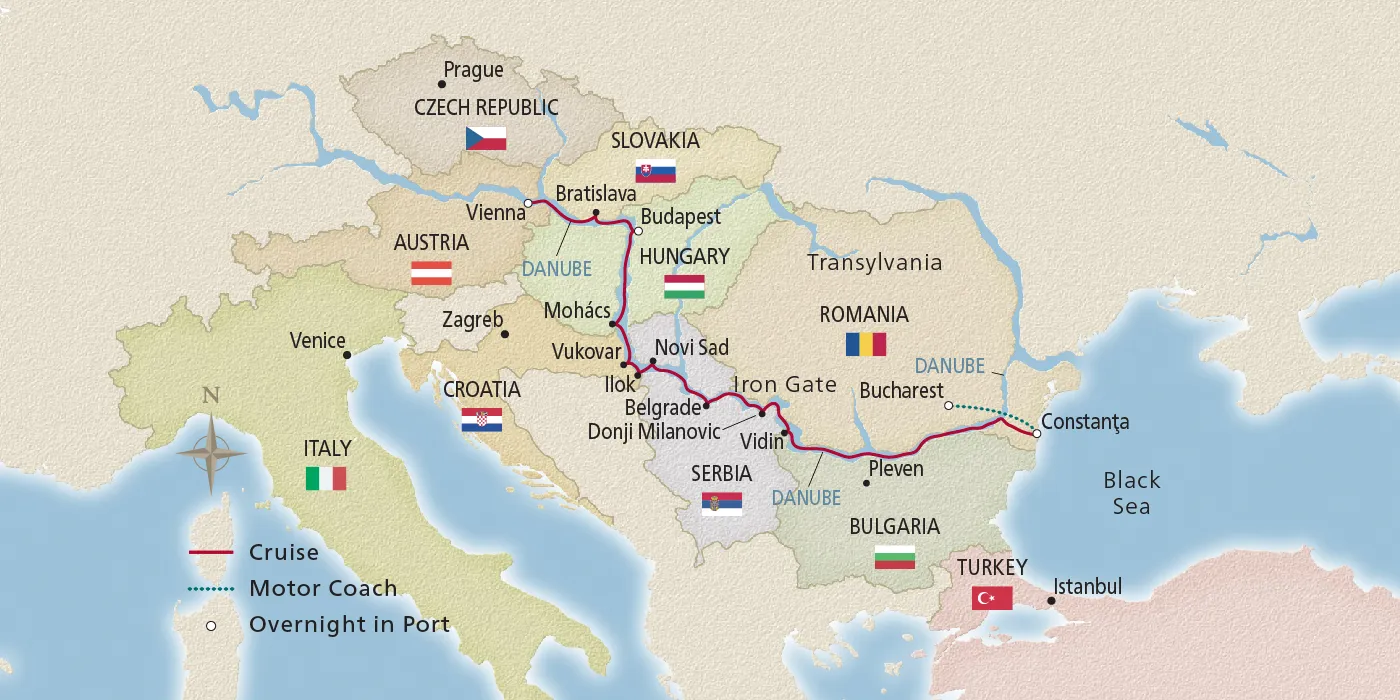
Explore Lesser-known Treasures

Discover the “City of Waltzes,” Austria’s elegant capital and European center of classical music. In Bratislava, view grand palaces from the Hapsburg era and delve into Budapest’s vibrant culture. Be captivated by lesser-known gems as you visit towns and cities across the Balkans. Explore Bucharest’s old-world charm, tree-lined boulevards and witness its socialist architecture. With visits to five capital cities, this 17-day voyage is sure to inspire.
SUMMER SOLSTICE SALE

Viking Inclusive Value
All you need included, with no surprises or hidden fees

To learn more about each port of call and our included as well as optional excursions, click on the individual days below.
Itinerary and shore excursions are subject to change and may vary by departure.
More features, services and excursions included
One complimentary shore excursion in every port of call
Free Wi-Fi (connection speed may vary)
Beer, wine & soft drinks with onboard lunch & dinner
24-hour specialty coffees, teas & bottled water
Port taxes & fees
Ground transfers with Viking Air purchase
Visits to UNESCO Sites
Enrichment lectures & Destination Performances
Your Stateroom Includes:
River-view stateroom
Bottled water replenished daily
110/220 volt outlets
Queen-size Viking Explorer Bed (optional twin-bed configuration) with luxury linens & pillows
Private bathroom with shower, heated floor & anti-fog mirror
Premium Freyja® toiletries
Plush robes & slippers (upon request)
40" or 42" flat-screen Sony® TV with infotainment system featuring Movies On Demand, plus CNBC, CNN, FOX & more
Telephone, safe, refrigerator
Individual climate control
*All amenities on board Viking Longships; amenities vary on other ships.
Pre & Post Cruise Extensions
More days means more to discover, with extension packages you can add before or after your Viking cruise or cruisetour. Enjoy additional days to explore your embarkation or disembarkation city, or see a new destination altogether with a choice of exciting cities. Pre & Post Cruise Extensions vary by itinerary and are subject to change.
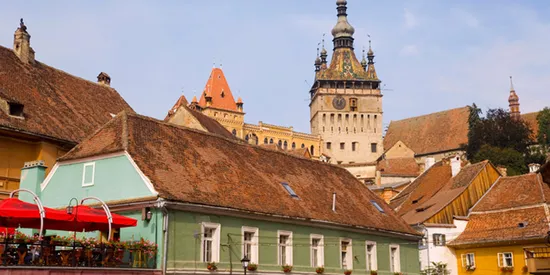
Pre: Transylvania & Bucharest
From $899 | 3 Nights
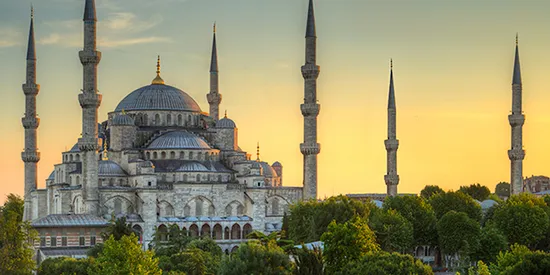
Pre: Istanbul
From $1,399 | 3 Nights

Post: Prague

Post: Venice & Zagreb
From $2,499 | 5 Nights
Sign up to receive updates from Viking
Stay current with special offers, news and destination-focused content.
Company Information
- Order a Brochure
- Special Offers
- Sweepstakes
- Travel Advisors
- Media Center
- Investor Relations
- Health & Safety Program
- Privacy Policy
- Cookie Policy
- Manage Cookies
Viking River Cruises
- Mississippi
Viking Ocean Cruises
- Scandinavia
- British Isles & Ireland
- North America
- Caribbean & Central America
- South America
- Mediterranean
- Quiet Season Mediterranean
- Australia & New Zealand
- World Cruises
- Grand Journeys
Viking Expeditions
- Great Lakes
- Longitudinal World Cruises
Capitals of Eastern Europe

Itinerary Expand All
Day 1: vienna, austria, day 2: vienna, austria, day 3: vienna, austria, day 4: bratislava, slovakia & scenic sailing: danube bend.
The Slovakian capital of Bratislava is filled with lovingly restored baroque city palaces and leafy squares. The Little Carpathians rise steeply in the north and the enormous hrad (or castle) perches 300 feet above the Danube, lending the city a picturesque setting. Below the castle, the Old Town boasts elegant mansions, art nouveau houses and gracious pedestrian zones. Eleven Hungarian kings and eight queens were crowned in St. Martin's Cathedral, today a concert hall that plays a central role in the city's rich cultural offerings.
Take in the natural beauty of the fabled 'Blue Danube' as you pass through the Danube Bend, considered one of the most beautiful sections of the river. Cruising this 40-mile stretch through northern Hungary, you will see peaceful farmland and an ancient castle that once served as hunting grounds for royals and visiting dignitaries. As you sail the passage between the Börzsöny and Pilis Ranges, you will marvel at the steep hills draped with emerald-green forests. And delight in the majestic church domes peering at the waterway from inviting villages and historic cities.
Day 5: Budapest, Hungary
Day 6: budapest, hungary, day 7: mohács, hungary, day 8: vukovar & ilok, croatia.
Vučedol culture flourished in Vukovar from 3000 to 2200 BCE, making this archeological park one of the most important in Europe. However, the town is better known for its recent history; in 1991, Vukovar came under siege during the Yugoslav Wars, becoming the only town in Europe to have suffered such destruction since World War II. Notable buildings have now been restored, including the Eltz Manor and the Baroque Church of St. Nicholas. Vukovar's streets are best explored on foot; the town carries the echoes of the war and stories of bravery of those who lived here.
Ilok's vineyards have helped to firmly cement Croatia's position on every oenophile's map. For more than two millennia, the town has been producing some of the region's finest wines, thanks to its superior soil and the climate of the surrounding hillsides. In the town, wine cellars can be found on every street, providing ample opportunity to sample a hearty vintage, and the remains of a Roman fort with evidence of a water supply system can still be seen. The 15th-century Ilok Castle presides over the medieval town, offering magnificent views of the Danube.
Day 9: Novi Sad, Serbia
Day 10: belgrade, serbia, day 11: donji milanovac, serbia & scenic sailing: the iron gate.
A gateway to the Djerdap National Park and home to an 8,000-year-old Mesolithic archeological site, Donji Milanovac is one of Serbia's hidden treasures. The Djerdap National Park stretches out along the Danube River and is famous for its sweeping views of the Iron Gate gorge, within which lies Lepenski Vir, one of the most important archeological sites in Serbia and the oldest planned settlement in Europe. The site was discovered in 1960, unveiling several pristine sculptures representing human figures as well as tools made of bones and stones, and settlement ruins.
Sail through one of Europe's most dramatic natural wonders, the picturesque stretch famously known as the Iron Gate. Meander through narrow gorges that slice through the Carpathian Mountains to the north and the Balkan Mountains to the south, and marvel at the towering white limestone cliffs draped with forest. Be on the lookout for ancient remains upon the dramatic walls. On the Serbian side, Trajan's Tablet was laid to mark the construction of a Roman military road; on the Romanian side, marvel at the enormous rock sculpture of Dacian king Decebalus.
Day 12: Vidin, Bulgaria
Day 13: pleven, bulgaria, day 14: constanţa, romania, day 15: bucharest, romania, day 16: bucharest, romania, day 17: bucharest, romania, life onboard viking rinda.
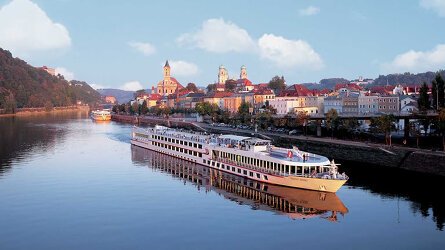
Viking's award-winning Longships® showcase innovative engineering, streamlined Scandinavian design and understated elegance. Read more
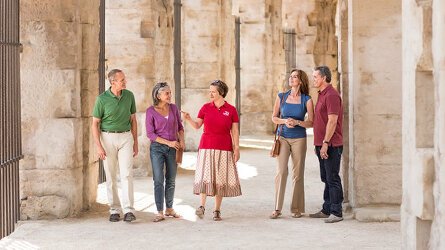
Every aspect of your Viking cruise is designed for the curious traveler seeking rich cultural immersion. Read more

Elegant, light-filled ships thoughtfully designed to connect you to your destination. Read more
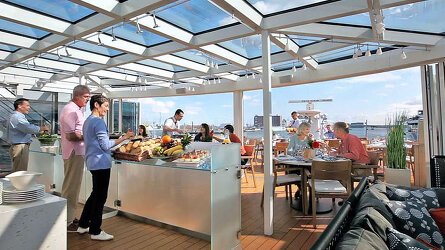
From relaxed, multi-course fine-dining to casual meals on the Aquavit Terrace. Read more
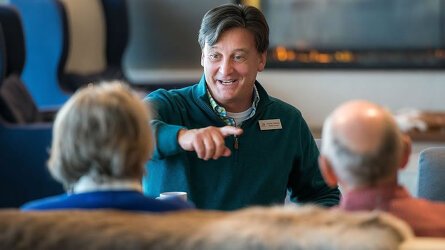
Viking proudly includes all that you need and nothing you do not and your river cruise fare. Read more

Viking offer behind-the-scenes insights and opportunities that set them apart from other travel companies. Read more
Viking River Cruises (2024-26)
Availability twin share (per person) click on prices below to view cabin upgrades and details, similar river cruises.
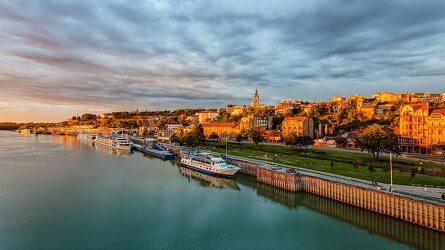
17 Days Bucharest Vienna
Operated By: Viking
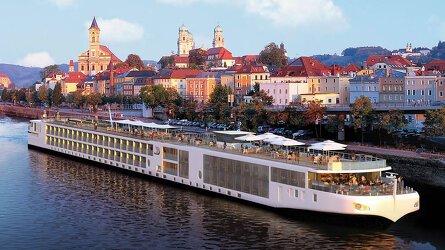
23 Days Amsterdam Bucharest
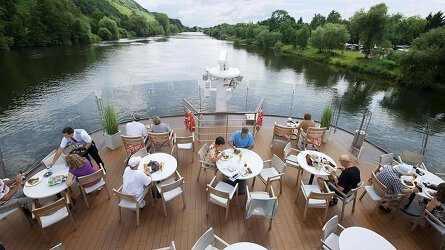
23 Days Bucharest Amsterdam
Viking River Cruises
Viking River Cruises Ships
© 2010-2024. Global Journeys. You're viewing our site in Australian dollars.
About Us | View Your Booking | Terms & Conditions | Site Map | We're Hiring!
Global Journeys Pty Ltd. Member of The Australian Travel Industry Association (AITA) & ATAS Travel Accredited (No. A11351).


Les 10 meilleures capitales européennes à visiter
Vous avez envie de voyager et vous cherchez des idées de destinations ? Pourquoi ne pas débuter par les meilleures capitales européennes ? Celles qui feront battre votre cœur pour vous offrir un city-break dépaysant. Celles qui sauront vous émerveiller complètement, à petit prix et sans vol long courrier. Voici mon top 10 des plus belles villes d’Europe où partir voyager.
Quelles sont les 10 meilleures capitales européennes à visiter ?
1 – londres, la plus vaste.
Londres, c’est cette ville dynamique que l’on n’arrête jamais de découvrir, même après plusieurs séjours. Une métropole aux mille visages qui vous entraînera au cœur de l’histoire avec ses monuments et musées. Elle vous téléporte dans différentes parties du monde grâce à sa population cosmopolite et ses quartiers aux différences si marquées. Du classique quartier de Westminster au décalé Shoreditch, du rock Camden Town au romantique Nothing Hill, la capitale anglaise n’a pas fini de vous surprendre. C’est donc une évidence qu’elle figure aujourd’hui parmi les meilleures capitales européennes.
Il vous faut désormais un passeport pour visiter la capitale !
… Où dormir à Londres ? Dans un appart’hôtel au cœur de la ville , parfait pour un voyage à deux ou dans une chambre familiale à Camden …
2 – Lisbonne, la préférée des gourmands
Il faut vous équiper de bonnes chaussures pour découvrir la capitale portugaise . Mais une chose est sûre, vous tomberez sous le charme de ses petites rues, de ses habitants et surtout de sa cuisine. Pasteis de Nata, bacalhau, caldo verde… vous trouverez de quoi vous réconforter après tant d’efforts.
Cette ville, très appréciée des touristes français, est un véritable souffle d’air frais tant elle est authentique et chaleureuse. Débutez votre escapade dans l’une des meilleurs capitales européennes, par la découverte de l’ Alfama. Ce quartier historique, typique et très vivant, ne vous laissera pas indifférent.
… Où dormir à Lisbonne ? Dans un appartement avec deux chambres au cœur de la ville ou dans un hôtel avec piscine pour profiter aux beaux jours …
3 – Paris, la plus poétique
Comment ça Paris n’est pas dépaysant ? Pourtant, lorsque l’on ouvre l’œil (et son cœur) , on y trouve forcément un brin de magie et de poésie. Les petites nappes rouges en terrasse, les artistes de rue, les jolis tags comme ceux des Toqués Frères . Figurant toujours parmi le top 3 des villes les plus visitées au monde, Paris ne manque pas de nous surprendre.
Profitez de la tranquillité de la ville le matin pour vous aventurer dans les musées ou au grès des rues habituellement animées. Le charme de Paris se savoure quand la ville s’éveille. Et si l’effervescence des grandes villes ne vous plaît guère, évitez les métros bondés et ses heures de pointe… A la place, marchez ! Promenez-vous le long des quais, loin des sentiers battus. Redécouvrez notre capitale sous un regard neuf, en optant pour une virée différente et originale . Il n’y a pas toujours besoin d’aller loin pour s’émerveiller dans l’une des plus belles villes d’Europe.
Envie de partir ? Faites appel à un travel planner pour organiser votre week-end.
4 – Budapest, la sensible
La capitale hongroise est en fait une rencontre entre les anciennes villes de Buda et Pest, logées sur les rives du Danube. Une ville qui rassemble architecture, culture, jolies places dans une véritable harmonie. Le temps d’un week-end, vous pourrez surement découvrir le château de Buda, l’Eglise St Matthias… Mais aussi, le pont des chaînes ou encore le Grand Marché. Il y a de nombreuses choses à faire dans cette métropole, ouverte au tourisme depuis peu. Budapest est aujourd’hui l’une des meilleures capitales européennes à visiter, comme le confirme les milliers de voyageurs qui s’y aventurent chaque année.
… Où dormir à Budapest en famille ? Au cœur de la ville, vous pouvez loger dans un appartement avec deux espaces nuit , ou pourquoi pas dans ce bel appartement avec deux chambres . …
5 – Prague, l’originale
Paradis de la bière, mais pas que… Prague est un ville qui vous offrira un séjour sous le signe de la détente et du dépaysement. Son architecture, sa culture en font une ville très riche. Une découverte intéressante pour un voyage, le temps d’un week-end. Je n’en dis pas plus, à vous de la laisser vous dévoiler tous ses mystères.
… Où dormir à Prague en famille ? Découvrez cet appartement au cœur de la ville et ou encore celui-ci pour une famille de 4 . …
6 – Berlin, l’innovante
Berlin est une ville jeune, dynamique, qui mêle parfaitement ancien et nouveauté. Dans les quartiers hipsters, les artistes exposent leurs créations et ne cessent de se réinventer. Mais de l’autre côté de la ville, c’est l’Histoire qui nous saute aux yeux. La Porte de Brandebourg, le mur de Berlin ou encore le mémorial de l’Holocauste… Berlin, c’est à la fois un musée à ciel ouvert et une ville tournée vers l’avenir. Ecologique, innovante, authentique, on se laisse bercer par cette ville qui nous touche à chaque coin de rue. Elle mérite amplement sa place parmi les meilleures capitales européennes à découvrir.
D’ailleurs, si vous rêvez d’un séjour pour faire la fête, Berlin est aussi une des plus belles villes d’Europe où passer le nouvel an.
7 – Rome, l’imposante
Rome, la capitale de l’Italie est connue pour accueillir une des nouvelles merveilles du monde. Avec son Colisée , Rome est sans aucun doute une ville de choix pour les amoureux de l’Histoire . Entre une bonne pizza et une pièce jetée à la volée au fond de la fontaine de Trevi, n’hésitez pas à vous parcourir le Vatican. Cette ville fait partie des meilleures capitales européennes grâce à ses monuments imposants et si bien conservés. Vous ne vous lasserez pas de les visiter. Le Panthéon, la basilique St pierre, le Forum romain mais aussi la chapelle Sixtine… Offrez-vous un voyage magique sous le signe de la culture.
Envie de vous évader ? Confiez-moi votre voyage , je cherche à votre place.
… Où dormir à Rome en famille ? Vous avez le choix entre un appartement à 400 m de la fontaine de Trevi , ou près du Colisée .
Lors que je vous accompagne pour l’organisation de votre city-break, les recherches sont faites en fonction de vos envies et du nombre de personnes. Pour un voyage sur-mesure, contactez-moi via ce formulaire. …
8 – Copenhague, vivante et fascinante
Comptant parmi l’une des plus belles villes d’Europe , les visiteurs sont unanimes : Copenhague a une véritable âme. Pas très étendue, la capitale du Danemark est pourtant une métropole où l’on aimerait revenir sans cesse tant elle baigne dans une atmosphère poétique et fascinante. Que faire ? Que voir ? La règle est simple : errer dans ses ruelles toutes plus charmantes les une que les autres et laissez le temps passer au rythme des cafés, des photos et des moments d’émerveillements. Et puis, pourquoi pas, demander aux danois leur secret du bonheur tant que vous êtes près d’eux.
Pour aller découvrir l’une des meilleures capitales européennes nordiques, je vous invite à renseigner le formulaire afin d’organiser ensemble votre voyage.
9 – Vienne, la merveilleuse
Pour beaucoup, Vienne est LA plus belle ville d’Europe. Avec ses nombreux châteaux et palais, on en tombe si vite amoureux… Pour la découvrir, choisissez une promenade autour du Ring, le grand boulevard qui parcourt la ville. Ensuite, prenez un moment pour errer selon vos envies, en vous arrêtant devant les monuments et les places où il fait bon vivre. Ne ratez pas également la cuisine locale si réputée.
Envie de réserver votre city-break dans l’une des meilleures capitales européennes dès maintenant ? N’hésitez pas à me contacter pour programmer votre séjour.
10 – Amsterdam, la romantique
Un city-trip oui, mais à vélo ! Parmi les plus belles villes d’Europe à visiter, tournez-vous vers la capitale néerlandaise. Surnommée la Venise du Nord, c’est également une ville idéale à découvrir lors d’un week-end en amoureux. Romantique à souhait avec ses balades en canaux, on lui trouve toujours beaucoup de charme au delà des coffee-shop et de son quartier rouge. Amsterdam possède un petit quelque chose de spécial, qui saura vous y faire revenir.
Et vous ? Quelles sont les meilleures capitales européennes que vous avez eu la chance de visiter ? Quelles sont celles qui vous font envie ? N’attendez plus pour vous offrir un séjour sous le signe de l’évasion au décours d’une des plus belles villes d’Europe.

Alexandra, globe-trotteuse expérimentée ayant exploré plus de vingt pays avec son partenaire, se spécialise dans des voyages enrichis par l’immersion culturelle et les rencontres locales, guidant vers des expériences authentiques et traditionnelles.
Rejoins l’équipe
4 thoughts on “ Les 10 meilleures capitales européennes à visiter ”
[…] n’est pas la capitale qui nous vient de suite en tête quand on pense aux capitales européennes à voir. Pour autant, elle est intéressante à visiter pour comprendre l’histoire de l’Albanie et […]
[…] relativement sûr pour voyager. Si vous faites preuve des mêmes règles de bon sens que dans les capitales européennes, vous ne vous sentirez pas en danger. Le principal risque serait de se faire arnaquer sur les […]
j’en ai fait 8 sur 10 bientôt la neuvième
Top ! Vous avez préféré laquelle pour le moment ?
Laisser un commentaire Annuler la réponse
Votre adresse e-mail ne sera pas publiée. Les champs obligatoires sont indiqués avec *
Commentaire *
- River Cruising
Capitals of Eastern Europe - Viking River Cruise review
By Steerpike58 , November 14, 2023 in River Cruising
Recommended Posts

Steerpike58
.thumb.png.516e8ed39a3ec55686f779255270b9cc.png)
Steerpike58 was awarded the badge 'Great Review'
Cruise date - Oct 2023, Bucharest to Vienna plus pre- and post-extensions. Ship - Viking Rinda.
Summary - Not the experience we expected.
This was our first river cruise, chosen with Viking after a near-perfect experience on a Viking Ocean cruise last year.
For us, the ship was clean and functional, and carried the same ‘signature’ look and feel of the ocean ship, which we liked – the Scandinavian ‘minimalist’ design, bright and cheery spaces. We had a Veranda Stateroom on the 3 rd floor, which was adequate (though there were always insects on the balcony which discouraged us from ever using it or leaving the window open – the bugs easily found their way into the rooms – something we never experienced on the ocean). We are both skinny, and found the shower ‘tight’; I can’t imagine how some of the heavier-set people on the cruise could cope with the tiny shower! The food was excellent every day – lovely selection of items at breakfast (lots of pastries, fresh fruit, hot items, great toast, and an adequate espresso machine, plus someone to prepare fresh eggs / omelets to order) and the lunches and dinners were perfect. We had fish most nights, and it was always perfectly prepared. Portion sizes were ideal (not too big). We did, however, miss the ‘self serve’ / buffet aspect of the Ocean ships; it was quite difficult, when presented with an enticing menu offering first course, main course, and dessert at both lunch and dinner, to limit one’s intake compared to visiting the ‘World Café’ on the Ocean ship and just grabbing a soup / salad or other snack. The desserts in the ‘world café’ were also perfectly sized (small) compared to a full-blown dessert serving from the menu.
There were a tremendous number of people coughing and sneezing from day 1 (getting progressively worse towards mid-cruise), and it was almost impossible to avoid them. People seemed quite content to sit in the crowded pre-dinner ‘port talks’ and at dinner coughing away, making no attempt to cover their mouths, nor leave the crowded spaces until their coughing fit passed. This was quite a shock, with Coronavirus being such a recent memory. We tried to sit away from others at meals, but that’s almost impossible on the Rinda – only two ‘tables for two’ exist on the entire ship (this was the biggest contrast with the Viking Ocean ships). I quickly succumbed to the bug, and tried very hard to not talk to others, but people seem determined to talk. We resorted to ‘reserving’ one of the two ‘tables for two’ in the Aquavit terrace most nights by leaving a coat on the chairs, but we were occasionally beaten to it by others with the same goal.
The tour director Leonard was an amazing character and certainly made the trip memorable. His personal experience in Romania was extremely educational.
Where the trip fell short for us was in the destinations and the excursions. Now, you can’t get blood out of a stone, and you can’t manufacture fairytale picturesque villages out of bombed-out, communist-era cities and towns, but some of the destinations along the way were completely uninspiring and positively grim (imagine a cruise that has Detroit on the itinerary, perhaps). I grew up learning about the post-war period in eastern Europe, and had some understanding of the post-1989 ‘fall of communism’ situation, and the collapse of Yugoslavia, but this trip was certainly an eye-opener from that perspective, and one that I did thoroughly appreciate (but not the vacation I expected). Seeing first hand those endless blocks of drab gray concrete apartment blocks everywhere (eg, Bucharest) was educational, and hearing about how things didn’t necessarily get better for people after the fall of communism (eg, Serbia) was also educational. But after two or three such towns/cities, it became quite repetitive and the few traditional ‘sights’ (an old fortress here, a church there) were not exactly dramatic. I was quite shocked to see the after-effects of the 1999 NATO bombing of Belgrade and Novi Sad (Serbia), and the things we saw in Vukovar (Croatia) – 80% of the city was destroyed by Serbia in 1991 – were dramatic reminders of the horrors of war, and all too recent. So this was more of a social history lesson than a traditional vacation. Not until we visited Pecs in Hungary (port of Mohacs) did we see what I’d call a classic European town with beautiful buildings and interesting streets to walk around.
I would note that the Danube is not like the Rhine. The Rhine is dotted with hillsides, castles, mansions, vinyards, etc for a good part of its length. The Danube, by contrast, is largely flat and featureless, with simple trees lining both sides for much of its length (the obvious exception was the ‘Iron Gate’, which is a gorgeous mountainous stretch, but that was just for one day). Also, the port-towns we called at were in many cases positively grim, and just served as boarding locations for the excursion busses; not really anywhere to walk around in your free time. And when you do find yourself docked in a half-decent looking place, chances are your ship it double- or triple-docked with other ships, meaning you open your curtains and look into another ship’s cabins.
Due to low water levels on the Danube, we were unable to join the ship at the Black Sea (Constanta), resulting in an extra day in Bucharest. Bucharest is not a city you want to spend an extra day in (we’d already spent a few nights there as part of our ‘pre-cruise’ excursion to Transylvania). We were given the option of a coach trip to Constanta, but that was a long coach ride and a short visit so we declined and took the rather mediocre excursion to see a ‘Romanian Villages’ exhibit in Bucharest. We joined the ship after a 3 hour coach ride at some obscure industrial docking point on the Danube (Turnu Magurele), crossed over to Nikopol (Bulgaria) and spent the first night on the ship there, at which point we were back on schedule for the itinerary.
The low water levels hit us again as we approached Budapest. At the port-talk the night before Budapest, we learned that we would not be able to dock in Budapest. The plans changed a few times over the next 24 hours or so, and ultimately we stopped short of Budapest in a port named ‘Kalocsa’. This was a complete non-entity of a port, just a place to dock the ship and load up coaches; nowhere to explore on land. There was talk of the rest of the journey to Vienna being by coach/hotels, as the ship could not pass Budapest. We were given an unplanned ‘included’ excursion to see some horses perform in a field. This was moderately entertaining, though the food and drinks were pretty pathetic and watching horses perform circus tricks is not a good substitute for Budapest in my opinion. By lunch time we were back at the ship and there was nothing planned for the afternoon, and we spent another boring night in Kalocsa instead of Budapest. After first being told we would get two nights in a hotel in Budapest, we learned at the last minute that we would get only one night at a hotel in Budapest, then we would re-join the ship at Komarom (so the ship was ultimately allowed to sail THROUGH Budapest, empty, but was not allowed to dock). So we had a long coach ride into Budapest, but instead of dropping us at the hotel immediately (where we were to have our one and only night in Budapest) they insisted on feeding us – all 180 guests – at some random location in Budapest. Getting 180 people (4 coaches) into and out of a restaurant, and feeding them a 3-course meal, takes quite a bit of time and includes a lot of waiting around. The meal was only ‘average’ and I would have much rather been let loose in Budapest to find a cosy lunch spot on our own.
We finally got to the hotel and then had the anticipated ‘panorama’ tour of Budapest, which was fine, and then a mediocre buffet style dinner at the hotel (not up to Viking standards, and again, I would have preferred to head out into the city and find a good restaurant on my own). The next morning, our luggage had to be ready for pickup by 8am, and the coach departed at 2pm, so we had basically 6 hours to explore Budapest on our own, which is nowhere near long enough to explore what was clearly the best destination so far on our itinerary. We got a taxi to the ‘Fisherman’s Bastion’, which was stunning, then walked around that area, taking the Funicular down to the chain bridge, another taxi to the Grand Market where we had a fantastic lunch, and a taxi back to the hotel – absolutely the highlight of the ‘cruise’ so far, and terribly disappointing to not have had more time there. After rejoining the ship in Komarom (where we had our 4 th pack/unpack event, not what you expect on a cruise) we sailed straight into Vienna – missing the scheduled visit to Bratislava due to the day lost doing nothing in Kalocsa. They did offer a coach trip to Bratislava to make up for it, but that would have eaten into the 2 days in Vienna so we declined. The Viking excursion to the Schonbrunn palace was OK, but nowhere near as delightful as our own visit to the Kunsthistorisches Museum. Our guide to the Schonbrunn palace was perhaps the worst of the entire trip (overall, the guides were decent with a few outstanding guides).
The highlights of the ‘cruise’ for us were the pre-and post-cruise extensions – Transylvania at the start, and Prague at the end. Transylvania is really a hidden gem, reminiscent of the Alps, with castles and pretty villages all over (though with the ubiquitous communist era apartment blocks and disused factories here and there to remind you where you were). Great food, as long as you like pork! Prague is by far the most wonderful city I’ve ever seen in Europe, and we spent most of the time on our own exploring. Annoyingly, we left Vienna at around 10am but instead of going straight to Prague, we spent 2.5 hours in some little village along the way (Mikulov) and were given 90 minutes of free time (it was Sunday and most shops were closed, so we saw all there was to see in about 15 minutes, and killed time having a snack). I really felt like they were running down the clock, avoiding taking us into Prague directly, perhaps due to hotel check-in requirements. The problem is, we hit Prague at rush hour, and spent forever inching our way through traffic. In Prague, we first got dropped off at the Hilton, where most people were staying, then we got a second coach to our hotel – the Augustine in Mala Strana (which was lovely, and in a fabulous location), and didn’t manage to get out and hit the streets of Prague until almost 6pm, which meant we lost precious time in this most beautiful city (we could have been there at 2pm if they had taken us directly). We took an optional Viking excursion in Prague called the ‘Prague folklore dinner’. This involved a long coach ride (45 mins) out of Prague to some remote barn, where we ate mediocre food, drank almost undrinkable wine, and watched a small group of performers sing and dance for a while. The singers were truly second-rate, and the instruments seemed out of tune. For this, we paid $109 each. On our own, we found first rate restaurants in Prague that served fantastic food for under $100 for two. Overall, Viking’s excursions that include food are definitely questionable. Viking themselves know how to serve 180 people with a great varied menu but the typical ‘excursion destination’ serves food that is entirely forgettable.
I should probably note the average age and mobility level of the guests. We are 65/70 and felt like the youngest, most mobile people on the ship. There were several people who for various reasons could barely walk half a mile (some had walking sticks, some were overweight), but they all joined the included excursions every day. Viking anticipated this and created an ‘L’ version of each excursion, with ‘L’ being for ‘Leisurely’. The problem is, they initially assigned everyone to groups A, B, C, D on their ‘excursion ticket’, and only casually announced the existence of the ‘L’ option at the last minute, which people had to go out of their way to request/join. So every single day, our ‘A’ group had half a dozen people who really struggled to keep up (with the tour guide having to go back and ‘rescue’ them), while the ‘L’ group was basically empty. I mentioned this to the tour director, and he said they have to be careful not to insult people by offering them the ‘L’ option … but my observation was that people just weren’t aware of the option. They need to do a better job of communicating this option and encouraging it’s use. Don’t get me wrong - it’s wonderful to see older people getting out and seeing the world, and we know we’ll be in that state soon enough … but simply make more effort to announce the ‘Leisurely’ option.
So we had some great experiences, but I feel like a lot of the time (and money) was wasted on second-rate destinations and second rate entertainments. The uncertainties with the water levels adds another challenge – a huge attraction of a cruise is that you don’t have to pack/unpack, so having to get on coaches and stay at hotels really puts a dent into the experience. We didn’t see the Black Sea (Constanta), we only had a half-day in Budapest, and we missed Slovenia altogether, and had to pack / unpack two days in a row. We know Viking aren’t in control of river levels, but the way they handled Budapest in particular was bad; we’d have preferred to stay on the ship but given that we had to get off, staying in a hotel for two nights rather than just one would have been much better. Budapest is just too fine a city to explore in 6 hours.
For us, it’s back to Ocean cruising.

Link to comment
Share on other sites.

Host Jazzbeau
Thank you for this comprehensive report, but I must say that this was an odd choice for a first river cruise – absolutely not one that would be recommended by anyone on this forum, and especially unlikely for a first Viking River cruise as it is so different from their ubiquitous PBS commercials of a leisurely afternoon passing beautiful vineyards and castles while enjoying a glass of wine on the top deck.
I take exception to your view of Detroit. Apparently, you have never been there or haven't been there in a while. I was there with a tour group in September and was amazingly surprised how fantastic it was. Like any city, there are problems, but compared to my hometown of LA, I saw less graffiti, very few homeless people on the streets, cleaner streets. Every where we went, I felt safe.
We also took two river cruises in the spring, and like you, I am returning to ocean cruising.

Canal archive
I’ve been river cruising since 2011 and I know that others on these boards discovered it many years before we did, I really feel for those who’s first try has been this year, somehow or other we’ve missed low/high water levels etc. We’ve had indifferent tour guides but never a bad one mostly good to absolutely excellent. I sympathise with your dislike of the lack of self service but it’s a throwback/ ruling from covid which for river cruise vessels may still be in place. Yes this year we had a couple make a b-line for us with the dreaded cough and snivelling, unluckily I have a heart condition so it didn’t turn out well for me but they insisted that they had tested themselves and were free of Covid - yes but not the sniffles and snuffles. Bonus I could do the cruise for a third time after a few others. We’ve made acquaintances from around the world wonderful people we would never have met otherwise. Afternoon sitting up front with a glass delivered by a very pleasant young person to a group of, okay yes getting on or nearly getting on members of the Commonwealth with a few honorary members from below the border nothing better. I’d say give it another try and enjoy.

notamermaid
Thank you for your detailed review and your many comments on Eastern Europe. I was fascinated by seeing what was for me the gateway to the former Communist area on my cruise - Budapest. We did a coach ride through the outskirts of the city. The contrast between what was and what they have done since was great, but seeing it five time over may be a bit much for me. I also saw it in Bratislava on the return sail in a different way.
I need to comment on Viking. The demographic you describe matches what people have mentioned here often. Since Viking has been so successful with their ocean ship venture we read here about more and more people coming from there to Viking river cruises. That is fine and works for many people but it is a different kind of holiday.
The combination of company and itinerary may not have been the best for you. There are so many choices out there, give it some time and perhaps you may consider looking at river cruising again.
Again, thank you for your great review.

twototravel
@Steerpike58 Thank you for your detailed review. Hubby and I are on the Rinda taking this same trip in Feb 2025. Viking would not be our first choice in Europe (we love Gate 1) but the itinerary of this trip is exactly what we were looking for. We will be going Vienna to Bucharest to include the post trip to Transylvania. Although the optional excursions for our trip are not available for booking yet, these are the ones we are considering - Schonbrunn Palace, Budapest Thermal Bath, Hungarian Folklore Dinner, Wines of So. Hungary, Town of Ilok and wine tasting, Belgrade Bohemian Quarter, Highlights of Sofia and No. Bulgaria, Wines of So. Romania, and Sights and Flavors of Bucharest. Any comments about these?
We booked cabin 209 which is a veranda stateroom.
Just a comment about dining room seating. I think the two person tables are disappearing from most all river cruiselines. While we do enjoy meeting our travelmates over a meal since we don't do the happy hours, our preference (if available) would be to go for the two seat tables. We took one of Vantage's last cruises and the sides of the dining room by the windows were all two person tables, which was wonderful.
10 hours ago, moodyb1 said: Steerpike, I take exception to your view of Detroit. Apparently, you have never been there or haven't been there in a while. I was there with a tour group in September and was amazingly surprised how fantastic it was. Like any city, there are problems, but compared to my hometown of LA, I saw less graffiti, very few homeless people on the streets, cleaner streets. Every where we went, I felt safe. We also took two river cruises in the spring, and like you, I am returning to ocean cruising.
I will stand corrected! I was there, but many years ago. I personally hail from the post-industrial northwest of England originally (birthplace of the industrial revolution), and I can say with certainty that it's still a dump there, but I doubt many people know the northwest of England so I used Detroit as something of a stereotypical location.
9 hours ago, Canal archive said: ... I sympathise with your dislike of the lack of self service but it’s a throwback/ ruling from covid which for river cruise vessels may still be in place. ...
Actually, they had a lovely self-serve breakfast setup in the main dining room, and self-service in aquavit at breakfast; I think the problem with self-serve at dinner is, they just don't have enough room to offer that as an option. I've always hated buffets but the World Cafe changed my opinion entirely!
5 hours ago, twototravel said: ... We will be going Vienna to Bucharest to include the post trip to Transylvania ... Although the optional excursions for our trip are not available for booking yet, these are the ones we are considering - Schonbrunn Palace, Budapest Thermal Bath, Hungarian Folklore Dinner, Wines of So. Hungary, Town of Ilok and wine tasting, Belgrade Bohemian Quarter, Highlights of Sofia and No. Bulgaria, Wines of So. Romania, and Sights and Flavors of Bucharest. Any comments about these? We booked cabin 209 which is a veranda stateroom.
Schonbrunn Palace was OK, but you don't get to see much of it, and you can't take pictures. We much preferred the Kunsthistorisches Museum, which we visited on our own, riding the metro from the ship and walking a few blocks. Even though it's a museum (with the feature being art and artifacts), the building itself is stunningly beautiful and far nicer to look at than the interior of Schonbrunn. Plus the art and artifacts are really great, and it has a lovely cafe! We didn't see the baths but I've heard they are interesting.
We didn't do the 'Hungarian Folklore Dinner', but we did do the 'Prague Folklore Dinner' as I mentioned in my review, and it was one of the worst excursions we've experienced (though many seemed to enjoy it). We aren't big wine buffs so wine tasting wasn't on our list. We did the 'Dine in Belgrade's Bohemian Quarter' excursion and it was OK - basically they take you to a lively pedestrian street in Belgrade full of restaurants, then take you into a 'back room' of one of the bigger restaurants and feed you food and entertain you with a few singers/musicians. Long rows of tables, no chance of any privacy.
We also did the 'sights and flavors of Bucharest'; for this one, a coach takes you to three different restaurants around town where you have essentially an appetizer at the first (plus beer - the place was a brew-pub), main course at the second, dessert at the third. This one gave you some insight into what looked like the local dining scene.
Overall, we are food-lovers, and tend to prefer a personal dining experience at a private table, where we can choose from a menu, rather than being part of a group of 50 seated at long tables and with a set menu.
The Transylvania extension was great. The drive from Bucharest to Brasov is lovely - you pass through lovely mountain scenery with pretty villages. We stayed at the Radisson, a lovely hotel walking distance to the center. Brasov is nice to explore and we found a fabulous restaurant (Sergiana) close to the hotel where you dine underground, recommended by the guide. Great food! (pork, pork, pork!). The palaces/castles are good, but the town of Sighisoara was the best - a lovely town to walk around and explore. Totally different from Bucharest!
5 hours ago, twototravel said: Just a comment about dining room seating. I think the two person tables are disappearing from most all river cruiselines. While we do enjoy meeting our travelmates over a meal since we don't do the happy hours, our preference (if available) would be to go for the two seat tables. We took one of Vantage's last cruises and the sides of the dining room by the windows were all two person tables, which was wonderful.
We shamefully grabbed the two-seaters in Aquavit most nights by leaving our coats on the chairs earlier. Once dinner starts, the lounge is virtually empty and I don't know why they don't allow people to sit at some of the tables in the lounge and eat. My partner is very hard of hearing so socializing for her is a chore, so we much prefer a table to ourselves.
CastleCritic
Always interesting to see peoples take on things.
Definitely wouldn't not have been my first choice for a river cruise especially if you want to see "old and beautiful" Europe.
Yes Transylvania is probably a huge highlight of that trip. I was there in May with AMAwaterways and I really wish we had stayed in that Brasov Raddison they had us out at the Kronwell by the train station, a good enough hotel but it was a LONG way from downtown But having done cruises to that point in "old" Europe I thought it was a good change of pace. Yes seeing an ex communist country that is doing its best to modernize (Romania...proably better mobile internet than even France or Germany, did you ever NOT have a connection, even in Carpathians), and one that still wants to be in the 80s (Serbia, our cruise director said she, like most Serbians considers herself Yugoslavian) puts things in perspective And then yes you get to Vukovar and HOPE that youre looking at Ukraine in 15 years.
Budapest is great, Ive been there to end a cruise in 2019 and start this one and still haven't seen enough of it. I think I could have done another day in Bucharest as well. But possibly thats because we didnt get to do the thing we were supposed to, the Parliament building due to protests.
Sad that you got sick, I have ended up getting sick either the day we left (not covid) and the day after I got home (no idea) the last two river cruises. It definitely happens. It does sound like that cruise missed the one good castle that is right there on the Danube at the start of the iron gates

7 hours ago, twototravel said: Although the optional excursions for our trip are not available for booking yet, these are the ones we are considering - Schonbrunn Palace, Budapest Thermal Bath, Hungarian Folklore Dinner, Wines of So. Hungary, Town of Ilok and wine tasting, Belgrade Bohemian Quarter, Highlights of Sofia and No. Bulgaria, Wines of So. Romania, and Sights and Flavors of Bucharest. Any comments about these?
Not sure if this is an option for you, but I will give a plug for Hospital in the Rock in Budapest - guided tour through old caves converted into hospital during WW2 and beyond - wax models recreating scenes of its use over time.
Maybe not everyone's thing but I found it very interesting and a nice change from castles, cathedrals, city walks.
5 hours ago, CastleCritic said: Always interesting to see peoples take on things. Definitely wouldn't not have been my first choice for a river cruise especially if you want to see "old and beautiful" Europe. Yes Transylvania is probably a huge highlight of that trip. I was there in May with AMAwaterways and I really wish we had stayed in that Brasov Raddison they had us out at the Kronwell by the train station, a good enough hotel but it was a LONG way from downtown But having done cruises to that point in "old" Europe I thought it was a good change of pace. Yes seeing an ex communist country that is doing its best to modernize (Romania...proably better mobile internet than even France or Germany, did you ever NOT have a connection, even in Carpathians), and one that still wants to be in the 80s (Serbia, our cruise director said she, like most Serbians considers herself Yugoslavian) puts things in perspective And then yes you get to Vukovar and HOPE that youre looking at Ukraine in 15 years. Budapest is great, Ive been there to end a cruise in 2019 and start this one and still haven't seen enough of it. I think I could have done another day in Bucharest as well. But possibly thats because we didnt get to do the thing we were supposed to, the Parliament building due to protests. Sad that you got sick, I have ended up getting sick either the day we left (not covid) and the day after I got home (no idea) the last two river cruises. It definitely happens. It does sound like that cruise missed the one good castle that is right there on the Danube at the start of the iron gates
Golubac Fortress…. Stopped there on my Viva cruise after visiting Lepenski Vir. It was blazing hot but the fortress was a sight to behold with a clear blue sky.

5 hours ago, CastleCritic said: Always interesting to see peoples take on things. Definitely wouldn't not have been my first choice for a river cruise especially if you want to see "old and beautiful" Europe.
Lesson learned 🙂 It was our first river cruise, but we've been to Europe 'on land' many times, so we were looking for something different, and different it was! If the river itself had been more scenic, that would have helped, I guess (again, excepting the Iron Gate, which was truly spectacular).
5 hours ago, CastleCritic said: Yes Transylvania is probably a huge highlight of that trip. I was there in May with AMAwaterways and I really wish we had stayed in that Brasov Raddison they had us out at the Kronwell by the train station, a good enough hotel but it was a LONG way from downtown
Actually, Prague was the biggest highlight, but Transylvania was a close second. Stepping out of the hotel and being close to downtown is really vital, in my view. Viking moved us around a few times with our hotel, and we didn't seem to have any say in the matter, but we landed a good location in both cities (Radisson's in both cases).
The Bucharest Marriott Grand Hotel was a super-fancy hotel, but not close to much so we were quite isolated.
5 hours ago, CastleCritic said: ... And then yes you get to Vukovar and HOPE that youre looking at Ukraine in 15 years.
That's a great way to look at it.
5 hours ago, CastleCritic said: ... I think I could have done another day in Bucharest as well. But possibly thats because we didnt get to do the thing we were supposed to, the Parliament building due to protests. ...
Viking offered an excursion to the Parliament Building but we didn't sign up for it. I ended up going on my own and getting in without any reservation. Online, I couldn't get a ticket. I called, and got nowhere. So I went in person (a long walk!), and at first was told there were no openings, but I hung around and soon, the guy behind the desk asked me ... 'do you have your passport?' - I did, and he said I could join the next tour. Apparently a lot of people with reservations show up without their passport so get rejected, creating last minute openings. No-one seems to care whether you get in or not - they're not big on customer service. I will say that the Viking tour sounded longer - seemed to be a few hours long, compared to my 'public' tour, which was about an hour and quite limited. So maybe Viking got a custom tour compared to the public. Not a bad tour. The next day we also did our own visit to the Causescu residence. I couldn't get a reservation on my own but one of the Viking guides showed me how to find an opening, somehow (side-note - the Causescu mansion outside and inside is featured in a recent movie called "Protege").
@UDChE89 , what a beautiful day! When we were there, it was a bit overcast. But maybe a little nicer than when @CastleCritic was there.

12 hours ago, Steerpike58 said: Actually, Prague was the biggest highlight, but Transylvania was a close second.
Agree! We loved Prague! And while I was also not a fan of the Kromwell, The Brasov extension was worth it.
Speaking of Vukovar.
We visited in 2005. And here's a comparison to 2023:

My full trip review if you're interested:
sigh...yes I strongly dislike you both for your better weather luck at Golubac considering how much I love castles, yes we did the entire tour in the rain, then it was just dismal and overcast until we left.

Also yes Prague rocks, we were just outside old town at the cosmopolitan when I went in 2021.
Bucharest we were at the intercontinental right across from the art museum, it was a pretty good spot.

@Steerpike58 , sorry your first river cruise was so disappointing. I did a Bucharest to Budapest cruise on Uniworld, and Eastern Europe is definitely different than Western Europe. It's not the same as visiting Germany, France, Switzerland, etc. You have to adjust your expectations. 50 years of Communist rule did them no favors. They're still trying to catch up with the West.
I grew up in a large northern city with Croats, Slovaks, Serbs, Czechs, Poles, Hungarians, and other Eastern Europeans. I would hear people talk about their families still there and how they could never visit them, and in some cases, didn't even know if they were still alive. I assumed I would never get to see these fascinating, hidden countries.
You have to take things at face value and not compare Eastern Europe to other parts of Europe. A half day in Budapest isn't nearly enough time and I'm sorry you didn't get to experience more of what it has to offer. I've been there twice, both times on a river cruise.
I think a Budapest to Passau itinerary would have offered you more of what you were looking for.
For our March 2025 trip Transylvania extension, our paperwork says we are in the Radisson Blu in Bucharest and the Kronwell in Brasov.
The Kronwell isnt bad, its just...weird and a little outside of town and keep in mind I had walked PAST the Radisson at the time I wrote what I said and that factored into the tone....
I had a lot to say about it on my cruise thread at the bottom of the first page.
(for the most part you would think RobinMN and I were the same person on the same trip..we weren't we just came to similar conclusions weeks apart).
40 minutes ago, twototravel said: For our March 2025 trip Transylvania extension, our paperwork says we are in the Radisson Blu in Bucharest and the Kronwell in Brasov.
Uniworld used the Radisson Blu in Bucharest. Stayed there for 2 nights and really enjoyed it. Fabulous breakfast buffet. Where else can you get eggplant salad for breakfast?
On 11/16/2023 at 9:11 AM, twototravel said: For our March 2025 trip Transylvania extension, our paperwork says we are in the Radisson Blu in Bucharest and the Kronwell in Brasov.
Looking at the map now, I would say Radisson Blu is a MUCH better location than the JW Marriott in Bucharest, if you are the type to want to go out walking on your own and explore. For me, the second I get checked in, I want to go out and explore the surroundings, and every evening after dinner I like to walk for a while. The Marriott is on a massive road interchange, with nothing really to see other than the new cathedral being built and the ugly parliament building behind it. The Radisson seems to be in a bustling neighborhood of bars and restaurants, and about a 15 minute walk to 'old town'. I would probably have formed a better opinion of Bucharest had I stayed there!
However - when we booked our cruise a year before, we were also assigned to the Radisson Blu, but it changed later to the Marriott - so you never know. Also, I THINK we initially got assigned to a different hotel in Brasov and only ended up at the Radisson Blu quite late in the process. I don't know if Viking give you any say whatsoever in the choice; it would be fantastic if they did. I'd happily pay a premium to have a say in the matter. Now, the room at the Marriott was awesome - big, comfortable, etc - but location is almost everything to me. I guess they want everyone in one location so they can corral everyone for the excursions. As an aside, the day we were to arrive at the Marriott, Zelenskyy was making a surprise visit to Romania and was staying at the Marriott. So our 'transfer' from the airport was not allowed to drop us at the hotel (massive security operation in progress) - we were dropped around the corner and had to haul our luggage on the street! We were wondering why there were police at every single intersection as we approached the hotel! His motorcade was pulling out just as we arrived!

tobique33040
17 hours ago, Steerpike58 said: Looking at the map now, I would say Radisson Blu is a MUCH better location than the JW Marriott in Bucharest, if you are the type to want to go out walking on your own and explore. For me, the second I get checked in, I want to go out and explore the surroundings, and every evening after dinner I like to walk for a while. The Marriott is on a massive road interchange, with nothing really to see other than the new cathedral being built and the ugly parliament building behind it. The Radisson seems to be in a bustling neighborhood of bars and restaurants, and about a 15 minute walk to 'old town'. I would probably have formed a better opinion of Bucharest had I stayed there! However - when we booked our cruise a year before, we were also assigned to the Radisson Blu, but it changed later to the Marriott - so you never know. Also, I THINK we initially got assigned to a different hotel in Brasov and only ended up at the Radisson Blu quite late in the process. I don't know if Viking give you any say whatsoever in the choice; it would be fantastic if they did. I'd happily pay a premium to have a say in the matter. Now, the room at the Marriott was awesome - big, comfortable, etc - but location is almost everything to me. I guess they want everyone in one location so they can corral everyone for the excursions. As an aside, the day we were to arrive at the Marriott, Zelenskyy was making a surprise visit to Romania and was staying at the Marriott. So our 'transfer' from the airport was not allowed to drop us at the hotel (massive security operation in progress) - we were dropped around the corner and had to haul our luggage on the street! We were wondering why there were police at every single intersection as we approached the hotel! His motorcade was pulling out just as we arrived!
I stayed at the JW Marriott last year and I walked up to the town. It was about a half hour walk. There’s a lovely big park on the way, where I stopped and sat on a bench for awhile. I visited the Stavropoleos Church, which was very interesting, and just got a feel of the town. The Peoples Salvation Cathedral, across from the hotel, was over the top in my opinion, but there were a ton of people visiting. Yes, the Marriott isn’t in the middle of town, but for me, the walk over was informative. And the hotel itself was great for me because I was traveling alone and there were several restaurants onsite so I felt more comfortable eating there.

On 11/13/2023 at 5:52 PM, Steerpike58 said: Cruise date - Oct 2023, Bucharest to Vienna plus pre- and post-extensions. Ship - Viking Rinda. Summary - Not the experience we expected. This was our first river cruise, chosen with Viking after a near-perfect experience on a Viking Ocean cruise last year. For us, the ship was clean and functional, and carried the same ‘signature’ look and feel of the ocean ship, which we liked – the Scandinavian ‘minimalist’ design, bright and cheery spaces. We had a Veranda Stateroom on the 3 rd floor, which was adequate (though there were always insects on the balcony which discouraged us from ever using it or leaving the window open – the bugs easily found their way into the rooms – something we never experienced on the ocean). We are both skinny, and found the shower ‘tight’; I can’t imagine how some of the heavier-set people on the cruise could cope with the tiny shower! The food was excellent every day – lovely selection of items at breakfast (lots of pastries, fresh fruit, hot items, great toast, and an adequate espresso machine, plus someone to prepare fresh eggs / omelets to order) and the lunches and dinners were perfect. We had fish most nights, and it was always perfectly prepared. Portion sizes were ideal (not too big). We did, however, miss the ‘self serve’ / buffet aspect of the Ocean ships; it was quite difficult, when presented with an enticing menu offering first course, main course, and dessert at both lunch and dinner, to limit one’s intake compared to visiting the ‘World Café’ on the Ocean ship and just grabbing a soup / salad or other snack. The desserts in the ‘world café’ were also perfectly sized (small) compared to a full-blown dessert serving from the menu. There were a tremendous number of people coughing and sneezing from day 1 (getting progressively worse towards mid-cruise), and it was almost impossible to avoid them. People seemed quite content to sit in the crowded pre-dinner ‘port talks’ and at dinner coughing away, making no attempt to cover their mouths, nor leave the crowded spaces until their coughing fit passed. This was quite a shock, with Coronavirus being such a recent memory. We tried to sit away from others at meals, but that’s almost impossible on the Rinda – only two ‘tables for two’ exist on the entire ship (this was the biggest contrast with the Viking Ocean ships). I quickly succumbed to the bug, and tried very hard to not talk to others, but people seem determined to talk. We resorted to ‘reserving’ one of the two ‘tables for two’ in the Aquavit terrace most nights by leaving a coat on the chairs, but we were occasionally beaten to it by others with the same goal. The tour director Leonard was an amazing character and certainly made the trip memorable. His personal experience in Romania was extremely educational. Where the trip fell short for us was in the destinations and the excursions. Now, you can’t get blood out of a stone, and you can’t manufacture fairytale picturesque villages out of bombed-out, communist-era cities and towns, but some of the destinations along the way were completely uninspiring and positively grim (imagine a cruise that has Detroit on the itinerary, perhaps). I grew up learning about the post-war period in eastern Europe, and had some understanding of the post-1989 ‘fall of communism’ situation, and the collapse of Yugoslavia, but this trip was certainly an eye-opener from that perspective, and one that I did thoroughly appreciate (but not the vacation I expected). Seeing first hand those endless blocks of drab gray concrete apartment blocks everywhere (eg, Bucharest) was educational, and hearing about how things didn’t necessarily get better for people after the fall of communism (eg, Serbia) was also educational. But after two or three such towns/cities, it became quite repetitive and the few traditional ‘sights’ (an old fortress here, a church there) were not exactly dramatic. I was quite shocked to see the after-effects of the 1999 NATO bombing of Belgrade and Novi Sad (Serbia), and the things we saw in Vukovar (Croatia) – 80% of the city was destroyed by Serbia in 1991 – were dramatic reminders of the horrors of war, and all too recent. So this was more of a social history lesson than a traditional vacation. Not until we visited Pecs in Hungary (port of Mohacs) did we see what I’d call a classic European town with beautiful buildings and interesting streets to walk around. I would note that the Danube is not like the Rhine. The Rhine is dotted with hillsides, castles, mansions, vinyards, etc for a good part of its length. The Danube, by contrast, is largely flat and featureless, with simple trees lining both sides for much of its length (the obvious exception was the ‘Iron Gate’, which is a gorgeous mountainous stretch, but that was just for one day). Also, the port-towns we called at were in many cases positively grim, and just served as boarding locations for the excursion busses; not really anywhere to walk around in your free time. And when you do find yourself docked in a half-decent looking place, chances are your ship it double- or triple-docked with other ships, meaning you open your curtains and look into another ship’s cabins. Due to low water levels on the Danube, we were unable to join the ship at the Black Sea (Constanta), resulting in an extra day in Bucharest. Bucharest is not a city you want to spend an extra day in (we’d already spent a few nights there as part of our ‘pre-cruise’ excursion to Transylvania). We were given the option of a coach trip to Constanta, but that was a long coach ride and a short visit so we declined and took the rather mediocre excursion to see a ‘Romanian Villages’ exhibit in Bucharest. We joined the ship after a 3 hour coach ride at some obscure industrial docking point on the Danube (Turnu Magurele), crossed over to Nikopol (Bulgaria) and spent the first night on the ship there, at which point we were back on schedule for the itinerary. The low water levels hit us again as we approached Budapest. At the port-talk the night before Budapest, we learned that we would not be able to dock in Budapest. The plans changed a few times over the next 24 hours or so, and ultimately we stopped short of Budapest in a port named ‘Kalocsa’. This was a complete non-entity of a port, just a place to dock the ship and load up coaches; nowhere to explore on land. There was talk of the rest of the journey to Vienna being by coach/hotels, as the ship could not pass Budapest. We were given an unplanned ‘included’ excursion to see some horses perform in a field. This was moderately entertaining, though the food and drinks were pretty pathetic and watching horses perform circus tricks is not a good substitute for Budapest in my opinion. By lunch time we were back at the ship and there was nothing planned for the afternoon, and we spent another boring night in Kalocsa instead of Budapest. After first being told we would get two nights in a hotel in Budapest, we learned at the last minute that we would get only one night at a hotel in Budapest, then we would re-join the ship at Komarom (so the ship was ultimately allowed to sail THROUGH Budapest, empty, but was not allowed to dock). So we had a long coach ride into Budapest, but instead of dropping us at the hotel immediately (where we were to have our one and only night in Budapest) they insisted on feeding us – all 180 guests – at some random location in Budapest. Getting 180 people (4 coaches) into and out of a restaurant, and feeding them a 3-course meal, takes quite a bit of time and includes a lot of waiting around. The meal was only ‘average’ and I would have much rather been let loose in Budapest to find a cosy lunch spot on our own. We finally got to the hotel and then had the anticipated ‘panorama’ tour of Budapest, which was fine, and then a mediocre buffet style dinner at the hotel (not up to Viking standards, and again, I would have preferred to head out into the city and find a good restaurant on my own). The next morning, our luggage had to be ready for pickup by 8am, and the coach departed at 2pm, so we had basically 6 hours to explore Budapest on our own, which is nowhere near long enough to explore what was clearly the best destination so far on our itinerary. We got a taxi to the ‘Fisherman’s Bastion’, which was stunning, then walked around that area, taking the Funicular down to the chain bridge, another taxi to the Grand Market where we had a fantastic lunch, and a taxi back to the hotel – absolutely the highlight of the ‘cruise’ so far, and terribly disappointing to not have had more time there. After rejoining the ship in Komarom (where we had our 4 th pack/unpack event, not what you expect on a cruise) we sailed straight into Vienna – missing the scheduled visit to Bratislava due to the day lost doing nothing in Kalocsa. They did offer a coach trip to Bratislava to make up for it, but that would have eaten into the 2 days in Vienna so we declined. The Viking excursion to the Schonbrunn palace was OK, but nowhere near as delightful as our own visit to the Kunsthistorisches Museum. Our guide to the Schonbrunn palace was perhaps the worst of the entire trip (overall, the guides were decent with a few outstanding guides). The highlights of the ‘cruise’ for us were the pre-and post-cruise extensions – Transylvania at the start, and Prague at the end. Transylvania is really a hidden gem, reminiscent of the Alps, with castles and pretty villages all over (though with the ubiquitous communist era apartment blocks and disused factories here and there to remind you where you were). Great food, as long as you like pork! Prague is by far the most wonderful city I’ve ever seen in Europe, and we spent most of the time on our own exploring. Annoyingly, we left Vienna at around 10am but instead of going straight to Prague, we spent 2.5 hours in some little village along the way (Mikulov) and were given 90 minutes of free time (it was Sunday and most shops were closed, so we saw all there was to see in about 15 minutes, and killed time having a snack). I really felt like they were running down the clock, avoiding taking us into Prague directly, perhaps due to hotel check-in requirements. The problem is, we hit Prague at rush hour, and spent forever inching our way through traffic. In Prague, we first got dropped off at the Hilton, where most people were staying, then we got a second coach to our hotel – the Augustine in Mala Strana (which was lovely, and in a fabulous location), and didn’t manage to get out and hit the streets of Prague until almost 6pm, which meant we lost precious time in this most beautiful city (we could have been there at 2pm if they had taken us directly). We took an optional Viking excursion in Prague called the ‘Prague folklore dinner’. This involved a long coach ride (45 mins) out of Prague to some remote barn, where we ate mediocre food, drank almost undrinkable wine, and watched a small group of performers sing and dance for a while. The singers were truly second-rate, and the instruments seemed out of tune. For this, we paid $109 each. On our own, we found first rate restaurants in Prague that served fantastic food for under $100 for two. Overall, Viking’s excursions that include food are definitely questionable. Viking themselves know how to serve 180 people with a great varied menu but the typical ‘excursion destination’ serves food that is entirely forgettable. I should probably note the average age and mobility level of the guests. We are 65/70 and felt like the youngest, most mobile people on the ship. There were several people who for various reasons could barely walk half a mile (some had walking sticks, some were overweight), but they all joined the included excursions every day. Viking anticipated this and created an ‘L’ version of each excursion, with ‘L’ being for ‘Leisurely’. The problem is, they initially assigned everyone to groups A, B, C, D on their ‘excursion ticket’, and only casually announced the existence of the ‘L’ option at the last minute, which people had to go out of their way to request/join. So every single day, our ‘A’ group had half a dozen people who really struggled to keep up (with the tour guide having to go back and ‘rescue’ them), while the ‘L’ group was basically empty. I mentioned this to the tour director, and he said they have to be careful not to insult people by offering them the ‘L’ option … but my observation was that people just weren’t aware of the option. They need to do a better job of communicating this option and encouraging it’s use. Don’t get me wrong - it’s wonderful to see older people getting out and seeing the world, and we know we’ll be in that state soon enough … but simply make more effort to announce the ‘Leisurely’ option. So we had some great experiences, but I feel like a lot of the time (and money) was wasted on second-rate destinations and second rate entertainments. The uncertainties with the water levels adds another challenge – a huge attraction of a cruise is that you don’t have to pack/unpack, so having to get on coaches and stay at hotels really puts a dent into the experience. We didn’t see the Black Sea (Constanta), we only had a half-day in Budapest, and we missed Slovenia altogether, and had to pack / unpack two days in a row. We know Viking aren’t in control of river levels, but the way they handled Budapest in particular was bad; we’d have preferred to stay on the ship but given that we had to get off, staying in a hotel for two nights rather than just one would have been much better. Budapest is just too fine a city to explore in 6 hours. For us, it’s back to Ocean cruising.
Thanks, @Steerpike58, for this detailed report! I'm thinking of going on this river cruise, but I'm also considering going on a trip to the Czech Republic only. You seem to really like Prague, and it seems there wasn't enough time to enjoy Prague during the river cruise. I was also reading up on Prague, and it seems like there is so much to see https://gowithguide.com/blog/tourism-in-czech-republic-statistics-2023-the-ultimate-guide-5565 😮 however, seeing a ton doesn’t always mean it’s a good thing. 😅 I wish to see Prague’s highlights at a relaxed pace, not just ticking off what’s already included on the tour. I know you already mentioned you’ll go back to ocean cruising, but if given the chance, would you go on a trip to Prague only?
1 hour ago, JourneyJim said: it seems there wasn't enough time to enjoy Prague during the river cruise
There is never enough time to see Prague during a river cruise, since it's only a gateway city. But you are free to add as many days in Prague on your own pre-cruise (or post- as the case may be). Same deal with Budapest on the other end. The tricky one is Vienna, since it tends to be in the middle of cruises – unless you loop back from Budapest before flying home.
12 hours ago, JourneyJim said: Thanks, @Steerpike58, for this detailed report! I'm thinking of going on this river cruise, but I'm also considering going on a trip to the Czech Republic only.
We did 9 days precruise in Czech Republic last November, highly recommend.
We spent 3 nights in Karlovy Vary, a beautiful old spa town, then 3 nights Pilsen and 3 nights Prague. A nice triangle using a train/bus/airport transfer. Plenty on Youtube about all three.
Bucharest: Vantage put us up at the JW Marriot. As other pointed out, it's a walk to the 'downtown'. The old part being very small, as so much was destroyed for the Parliament and just because.
BUT, what a neat, huge hotel. All the rich shops, weddings going on with people all dressed up. Our CD was from Bucharest so it was nice hearing of what all the parties were.
We later took the train to Brasov, and the Bucharest train station was the only place we felt creeped out. That was in 2016, no idea of now.
- 4 weeks later...

On 11/13/2023 at 7:52 PM, Steerpike58 said: Cruise date - Oct 2023, Bucharest to Vienna plus pre- and post-extensions. Ship - Viking Rinda. Summary - Not the experience we expected. This was our first river cruise, chosen with Viking after a near-perfect experience on a Viking Ocean cruise last year. For us, the ship was clean and functional, and carried the same ‘signature’ look and feel of the ocean ship, which we liked – the Scandinavian ‘minimalist’ design, bright and cheery spaces. We had a Veranda Stateroom on the 3 rd floor, which was adequate (though there were always insects on the balcony which discouraged us from ever using it or leaving the window open – the bugs easily found their way into the rooms – something we never experienced on the ocean). We are both skinny, and found the shower ‘tight’; I can’t imagine how some of the heavier-set people on the cruise could cope with the tiny shower! The food was excellent every day – lovely selection of items at breakfast (lots of pastries, fresh fruit, hot items, great toast, and an adequate espresso machine, plus someone to prepare fresh eggs / omelets to order) and the lunches and dinners were perfect. We had fish most nights, and it was always perfectly prepared. Portion sizes were ideal (not too big). We did, however, miss the ‘self serve’ / buffet aspect of the Ocean ships; it was quite difficult, when presented with an enticing menu offering first course, main course, and dessert at both lunch and dinner, to limit one’s intake compared to visiting the ‘World Café’ on the Ocean ship and just grabbing a soup / salad or other snack. The desserts in the ‘world café’ were also perfectly sized (small) compared to a full-blown dessert serving from the menu. There were a tremendous number of people coughing and sneezing from day 1 (getting progressively worse towards mid-cruise), and it was almost impossible to avoid them. People seemed quite content to sit in the crowded pre-dinner ‘port talks’ and at dinner coughing away, making no attempt to cover their mouths, nor leave the crowded spaces until their coughing fit passed. This was quite a shock, with Coronavirus being such a recent memory. We tried to sit away from others at meals, but that’s almost impossible on the Rinda – only two ‘tables for two’ exist on the entire ship (this was the biggest contrast with the Viking Ocean ships). I quickly succumbed to the bug, and tried very hard to not talk to others, but people seem determined to talk. We resorted to ‘reserving’ one of the two ‘tables for two’ in the Aquavit terrace most nights by leaving a coat on the chairs, but we were occasionally beaten to it by others with the same goal. The tour director Leonard was an amazing character and certainly made the trip memorable. His personal experience in Romania was extremely educational. Where the trip fell short for us was in the destinations and the excursions. Now, you can’t get blood out of a stone, and you can’t manufacture fairytale picturesque villages out of bombed-out, communist-era cities and towns, but some of the destinations along the way were completely uninspiring and positively grim (imagine a cruise that has Detroit on the itinerary, perhaps). I grew up learning about the post-war period in eastern Europe, and had some understanding of the post-1989 ‘fall of communism’ situation, and the collapse of Yugoslavia, but this trip was certainly an eye-opener from that perspective, and one that I did thoroughly appreciate (but not the vacation I expected). Seeing first hand those endless blocks of drab gray concrete apartment blocks everywhere (eg, Bucharest) was educational, and hearing about how things didn’t necessarily get better for people after the fall of communism (eg, Serbia) was also educational. But after two or three such towns/cities, it became quite repetitive and the few traditional ‘sights’ (an old fortress here, a church there) were not exactly dramatic. I was quite shocked to see the after-effects of the 1999 NATO bombing of Belgrade and Novi Sad (Serbia), and the things we saw in Vukovar (Croatia) – 80% of the city was destroyed by Serbia in 1991 – were dramatic reminders of the horrors of war, and all too recent. So this was more of a social history lesson than a traditional vacation. Not until we visited Pecs in Hungary (port of Mohacs) did we see what I’d call a classic European town with beautiful buildings and interesting streets to walk around. I would note that the Danube is not like the Rhine. The Rhine is dotted with hillsides, castles, mansions, vinyards, etc for a good part of its length. The Danube, by contrast, is largely flat and featureless, with simple trees lining both sides for much of its length (the obvious exception was the ‘Iron Gate’, which is a gorgeous mountainous stretch, but that was just for one day). Also, the port-towns we called at were in many cases positively grim, and just served as boarding locations for the excursion busses; not really anywhere to walk around in your free time. And when you do find yourself docked in a half-decent looking place, chances are your ship it double- or triple-docked with other ships, meaning you open your curtains and look into another ship’s cabins. Due to low water levels on the Danube, we were unable to join the ship at the Black Sea (Constanta), resulting in an extra day in Bucharest. Bucharest is not a city you want to spend an extra day in (we’d already spent a few nights there as part of our ‘pre-cruise’ excursion to Transylvania). We were given the option of a coach trip to Constanta, but that was a long coach ride and a short visit so we declined and took the rather mediocre excursion to see a ‘Romanian Villages’ exhibit in Bucharest. We joined the ship after a 3 hour coach ride at some obscure industrial docking point on the Danube (Turnu Magurele), crossed over to Nikopol (Bulgaria) and spent the first night on the ship there, at which point we were back on schedule for the itinerary. The low water levels hit us again as we approached Budapest. At the port-talk the night before Budapest, we learned that we would not be able to dock in Budapest. The plans changed a few times over the next 24 hours or so, and ultimately we stopped short of Budapest in a port named ‘Kalocsa’. This was a complete non-entity of a port, just a place to dock the ship and load up coaches; nowhere to explore on land. There was talk of the rest of the journey to Vienna being by coach/hotels, as the ship could not pass Budapest. We were given an unplanned ‘included’ excursion to see some horses perform in a field. This was moderately entertaining, though the food and drinks were pretty pathetic and watching horses perform circus tricks is not a good substitute for Budapest in my opinion. By lunch time we were back at the ship and there was nothing planned for the afternoon, and we spent another boring night in Kalocsa instead of Budapest. After first being told we would get two nights in a hotel in Budapest, we learned at the last minute that we would get only one night at a hotel in Budapest, then we would re-join the ship at Komarom (so the ship was ultimately allowed to sail THROUGH Budapest, empty, but was not allowed to dock). So we had a long coach ride into Budapest, but instead of dropping us at the hotel immediately (where we were to have our one and only night in Budapest) they insisted on feeding us – all 180 guests – at some random location in Budapest. Getting 180 people (4 coaches) into and out of a restaurant, and feeding them a 3-course meal, takes quite a bit of time and includes a lot of waiting around. The meal was only ‘average’ and I would have much rather been let loose in Budapest to find a cosy lunch spot on our own. We finally got to the hotel and then had the anticipated ‘panorama’ tour of Budapest, which was fine, and then a mediocre buffet style dinner at the hotel (not up to Viking standards, and again, I would have preferred to head out into the city and find a good restaurant on my own). The next morning, our luggage had to be ready for pickup by 8am, and the coach departed at 2pm, so we had basically 6 hours to explore Budapest on our own, which is nowhere near long enough to explore what was clearly the best destination so far on our itinerary. We got a taxi to the ‘Fisherman’s Bastion’, which was stunning, then walked around that area, taking the Funicular down to the chain bridge, another taxi to the Grand Market where we had a fantastic lunch, and a taxi back to the hotel – absolutely the highlight of the ‘cruise’ so far, and terribly disappointing to not have had more time there. After rejoining the ship in Komarom (where we had our 4 th pack/unpack event, not what you expect on a cruise) we sailed straight into Vienna – missing the scheduled visit to Bratislava due to the day lost doing nothing in Kalocsa. They did offer a coach trip to Bratislava to make up for it, but that would have eaten into the 2 days in Vienna so we declined. The Viking excursion to the Schonbrunn palace was OK, but nowhere near as delightful as our own visit to the Kunsthistorisches Museum. Our guide to the Schonbrunn palace was perhaps the worst of the entire trip (overall, the guides were decent with a few outstanding guides). The highlights of the ‘cruise’ for us were the pre-and post-cruise extensions – Transylvania at the start, and Prague at the end. Transylvania is really a hidden gem, reminiscent of the Alps, with castles and pretty villages all over (though with the ubiquitous communist era apartment blocks and disused factories here and there to remind you where you were). Great food, as long as you like pork! Prague is by far the most wonderful city I’ve ever seen in Europe, and we spent most of the time on our own exploring. Annoyingly, we left Vienna at around 10am but instead of going straight to Prague, we spent 2.5 hours in some little village along the way (Mikulov) and were given 90 minutes of free time (it was Sunday and most shops were closed, so we saw all there was to see in about 15 minutes, and killed time having a snack). I really felt like they were running down the clock, avoiding taking us into Prague directly, perhaps due to hotel check-in requirements. The problem is, we hit Prague at rush hour, and spent forever inching our way through traffic. In Prague, we first got dropped off at the Hilton, where most people were staying, then we got a second coach to our hotel – the Augustine in Mala Strana (which was lovely, and in a fabulous location), and didn’t manage to get out and hit the streets of Prague until almost 6pm, which meant we lost precious time in this most beautiful city (we could have been there at 2pm if they had taken us directly). We took an optional Viking excursion in Prague called the ‘Prague folklore dinner’. This involved a long coach ride (45 mins) out of Prague to some remote barn, where we ate mediocre food, drank almost undrinkable wine, and watched a small group of performers sing and dance for a while. The singers were truly second-rate, and the instruments seemed out of tune. For this, we paid $109 each. On our own, we found first rate restaurants in Prague that served fantastic food for under $100 for two. Overall, Viking’s excursions that include food are definitely questionable. Viking themselves know how to serve 180 people with a great varied menu but the typical ‘excursion destination’ serves food that is entirely forgettable. I should probably note the average age and mobility level of the guests. We are 65/70 and felt like the youngest, most mobile people on the ship. There were several people who for various reasons could barely walk half a mile (some had walking sticks, some were overweight), but they all joined the included excursions every day. Viking anticipated this and created an ‘L’ version of each excursion, with ‘L’ being for ‘Leisurely’. The problem is, they initially assigned everyone to groups A, B, C, D on their ‘excursion ticket’, and only casually announced the existence of the ‘L’ option at the last minute, which people had to go out of their way to request/join. So every single day, our ‘A’ group had half a dozen people who really struggled to keep up (with the tour guide having to go back and ‘rescue’ them), while the ‘L’ group was basically empty. I mentioned this to the tour director, and he said they have to be careful not to insult people by offering them the ‘L’ option … but my observation was that people just weren’t aware of the option. They need to do a better job of communicating this option and encouraging it’s use. Don’t get me wrong - it’s wonderful to see older people getting out and seeing the world, and we know we’ll be in that state soon enough … but simply make more effort to announce the ‘Leisurely’ option. So we had some great experiences, but I feel like a lot of the time (and money) was wasted on second-rate destinations and second rate entertainments. The uncertainties with the water levels adds another challenge – a huge attraction of a cruise is that you don’t have to pack/unpack, so having to get on coaches and stay at hotels really puts a dent into the experience. We didn’t see the Black Sea (Constanta), we only had a half-day in Budapest, and we missed Slovenia altogether, and had to pack / unpack two days in a row. We know Viking aren’t in control of river levels, but the way they handled Budapest in particular was bad; we’d have preferred to stay on the ship but given that we had to get off, staying in a hotel for two nights rather than just one would have been much better. Budapest is just too fine a city to explore in 6 hours. For us, it’s back to Ocean cruising.
We can't tell you how much we appreciate you taking the time to write this excellent review. We took our first Viking river cruise in October, the Rhine, and though we enjoyed the entire trip (we spent time in Lake Como, Lucerne, and Amsterdam) we felt the river cruise itself was definitely lacking. We found the room (especially the bathroom) to be very small. Even on that itinerary, some of the ports were uninspiring and we had to spend a lot of money to book our own guides to take us to more interesting cities that were nearby.
We've had the Eastern Capitals cruise booked for 2025 but have decided that it really isn't one we're interested in taking. The eastern bloc countries do provide a good history lesson but a day or two of that would be enough. Your description of the Viking demographic is spot on (the L group!!). The only other river cruise we've taken was Gate 1 (Prague to Budapest) and it was quite good and the demographic was definitely younger.
We returned from our Rhine cruise and said, just as you did, we think we need to stick to ocean cruising. We double booked ourselves with this Eastern Capitals cruise and then, just a week later, an Oceania cruise around South America. Your review makes our decision so, so much easier. Thanks so very much!
Please sign in to comment
You will be able to leave a comment after signing in
- Welcome to Cruise Critic
- Hurricane Zone 2024
- Cruise Insurance Q&A w/ Steve Dasseos of Tripinsurancestore.com June 2024
- New Cruisers
- Cruise Lines “A – O”
- Cruise Lines “P – Z”
- Cruise Critic News & Features
- Digital Photography & Cruise Technology
- Special Interest Cruising
- Cruise Discussion Topics
- UK Cruising
- Australia & New Zealand Cruisers
- Canadian Cruisers
- North American Homeports
- Ports of Call
- Cruise Conversations
Announcements
- New to Cruise Critic? Join our Community!
Write Your Own Amazing Review !

Click this gorgeous photo by member SUPERstar777 to share your review!
Features & News

LauraS · Started 1 hour ago
LauraS · Started 2 hours ago
LauraS · Started 6 hours ago
LauraS · Started 20 hours ago

- Existing user? Sign in OR Create an Account
- Find Your Roll Call
- Meet & Mingle
- Community Help Center
- All Activity
- Member Photo Albums
- Meet & Mingle Photos
- Favorite Cruise Memories
- Cruise Food Photos
- Cruise Ship Photos
- Ports of Call Photos
- Towel Animal Photos
- Amazing, Funny & Totally Awesome Cruise Photos
- Write a Review
- Live Cruise Reports
- Member Cruise Reviews
- Create New...
- GO TO "MY TRIP"
- TRAVEL AGENCIES LOGIN

Three Capitals
Serie central & east europe, 9 days - page 208 - 2024-25 brochure - (id:28791), 2024-25 brch. - (id:28791), from 1,181 €.

Photo Gallery
Meal supplement, optional outings, quote your tour, detailed itinerary, word leaflet, pdf leaflet.

Travel Tips
Passengers feedback.

- Planned Hotels
- The tour includes

Welcome to Europamundo! Upon arriving at the airport, we will be waiting to transfer you to your hotel. Check the information boards in the hotel reception area for details of the welcome meeting with your guide and fellow travelers.
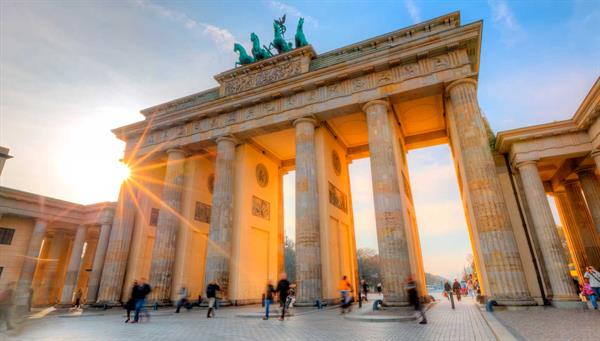
Ease your way into the local culture with a guided visit of Germany’s incredible capital, Berlin. We shall visit the historic center, Museum Island, the Reichstag, the Brandenburg Gates and the city’s magnificent parks. We continue our visit by stopping at the Holocaust Memorial and the Berlin Wall Museum. This visit helps us to understand the difficult situation the city experienced during the Twentieth Century. Time to explore the city. Enjoy an evening in the lively area of Kantstrasse, a district that offers different types of ethnic restaurants to dine in (Indian, Oriental, Italian, German, and so on).
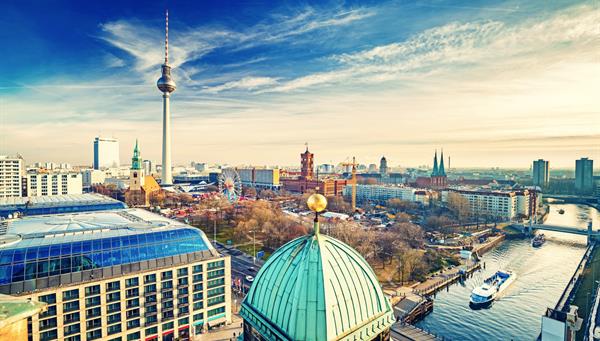
We journey through forests towards DRESDEN, a city which, due to its exceptional architectural and artistic heritage, has become one of the main tourist destinations in Germany. Time to explore some of the impressive palaces and to have lunch at one of its many restaurants and coffee shops. Later, we depart for the Czech Republic. Prague – Arrival. We will make our way to the Old Town Square. This central location provides a great introduction to Prague, full of energy and touristic activities. You can have your dinner at one of the restaurants offering international cuisines, including Czech, Chinese, Indian and Italian. Return to hotel.
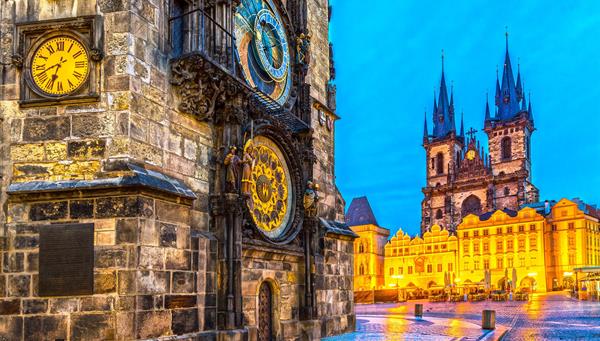
Today we will visit the capital, Prague, the Baroque jewel of Europe. Our local expert will provide an informative city tour, which will include outstanding monuments. During the visit we walk through Prague Castle (admission included). Subsequently, we shall take a boat tour on the Vltava River. In the afternoon enjoy some free time to explore the city.
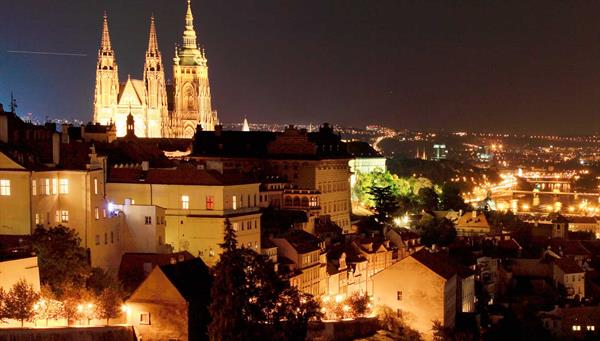
We will leave early and travel to Bavaria, arriving in MUNICH free time to stroll through the monumental centre and have lunch at one of the famous traditional beerhouses. In the afternoon we will continue to Austria. Arriving to INNSBRUCK in the evening, we will have time for dinner in the Golden Roof area at the Old Town.
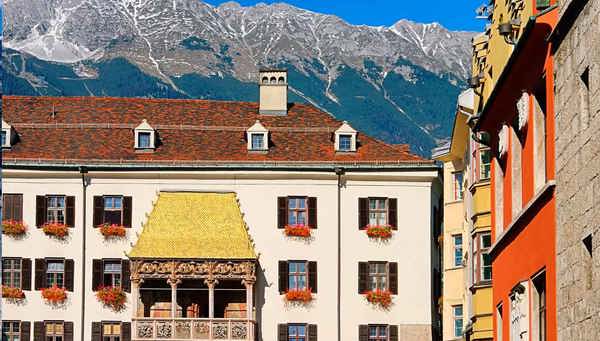
Today we will discover the Swarovski Museum, the renowned home of crystals. We will explore its impressive gardens and learn how the pieces of crystal are produced. Then we will take a stroll in the historic center of Innsbruck. As we continue our journey, we travel along beautiful scenic roads between the mountains until reaching KITZBUHEL. Take time to explore this picturesque little village, a famous ski resort where we can enjoy the snow for a large part of the year!. Dinner included.
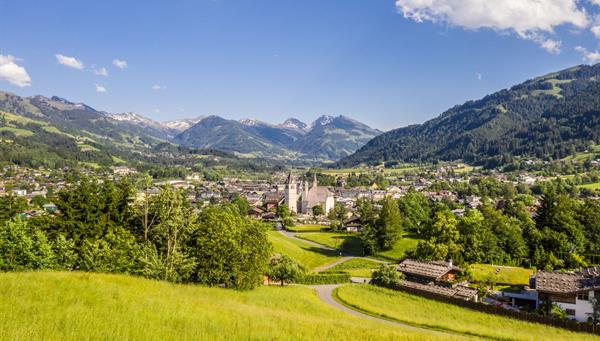
Departing in the morning, we include a cable car ride in Steinplatte up to the high mountains in the alpine region, with snow 9 months a year and fantastic scenery. The great landscapes on the platform in the void and the exhibition of dinosaurs will leave us unforgettable memories. We will continue to explore Austria, traveling between the mountains, and arriving in SALZBURG. Our guide will accompany us through the beautiful streets of this city’s historic center, declared a World Heritage site. We make our way between lakes and mountains in the next stage. Our next stop is in ST. WOLFGANG, a famous place of pilgrimage in Austria. We continue to TRAUNKIRCHEN with its beautiful Traunsee Lake, where we take a cruise to see four castles, disembarking in GMUNDEN. After this we continue to VIENNA, arriving in the evening.
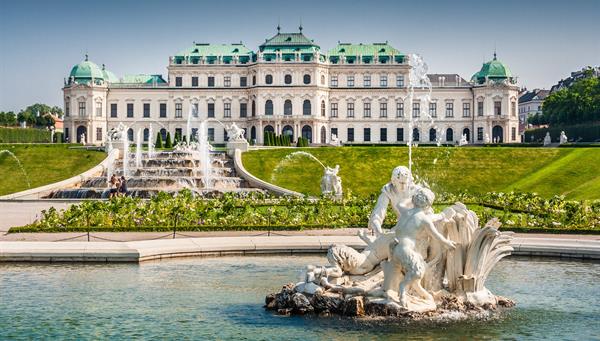
Today we take a scenic visit around this impressive city with a local expert. Here we experience its majestic avenues, its palaces and the vibrant city center. Free time in the afternoon. In the evening we include a transfer to the neighborhood of Grinzing, an old wine-growing village annexed to the city and known for its traditional taverns. Free time to dine in one of its typical restaurants.
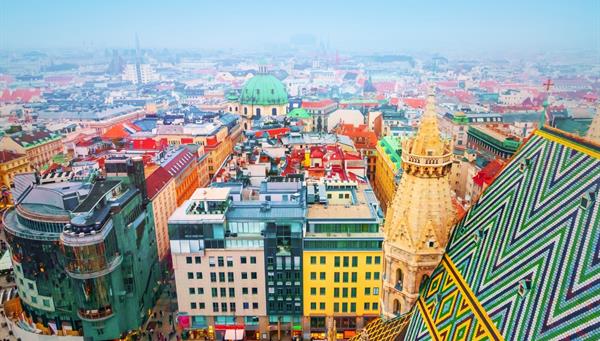
After breakfast, end of our services.
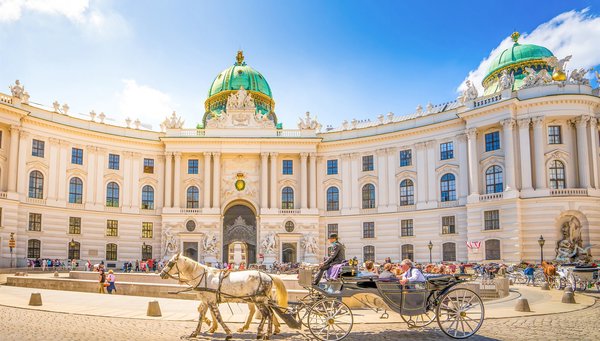
Explore other Europamundo tours
Extend your experience with our trip styles.

Choose a circuit from our travel menu to enjoy and discover, on routes full of experiences, the hidden and surprising treasures of a region or country.
Recommended for groups of friends or family who want to do a tour in private, usually a regional one and short in duration.
- Prepared for groups of 2 to 7 people.
- Made in a private vehicle driven by your guide.
- Circuits for all tastes: Historical, Adventure, Cultural, etc.
- With very varied services, depending on the type of circuit selected
- 5% discount for the third person traveling in triple
Wellcome to Europamundo Vacations, your in the international site of:
Bienvenido a Europamundo Vacaciones, está usted en el sitio internacional de:

You Can Visit up to 6 European Capitals on a Single River Cruise — Here’s How

Is a Danube River cruise on your list of dream vacations? If so, your voyage will take you to some of Eastern Europe’s most captivating cities. Having just returned from my second sailing on this legendary waterway — which is 1,700 miles long and flows through 10 countries as it connects Northern Europe with the Black Sea — I know firsthand that cruising the Danube is a relaxing and efficient way to experience a living collage of history, art, and architecture across multiple cities. Among them: a whopping six European capitals.
These include well-known hot spots such as Vienna, Austria, and Budapest, Hungary, as well as sleeper cities such as Belgrade (the capital of Serbia), Bratislava (the capital of Slovakia), and Bucharest (the capital of Romania). You can visit some or all of them — as well as Prague (the capital of the neighboring Czech Republic) — on an Upper Danube, Lower Danube, or full Danube sailing.
I sailed the Lower Danube in October 2019 and the Upper Danube in September 2023. Either itinerary will put you front and center in a succession of appealing cities, so here are my tips for visiting six of the region’s capitals on a river cruise.
UPPER DANUBE
On seven-night Upper Danube itineraries between Budapest and cities in Germany’s Bavaria region, such as Passau, Vilshofen, and Nuremberg (or vice versa), you’ll visit three uniquely beautiful European capitals.
Budapest, Hungary:

If you have a choice to begin or end your cruise in this elegant city, opt for the former — and I’ll tell you exactly why in a moment. Budapest is the hub of Danube River cruising and has much to offer — so much, in fact, that my fourth visit was just as enthralling as visits one, two, and three.
With most upstream (northerly) cruises, such as my recent seven-night “ Melodies of the Danube ” itinerary aboard AmaWaterways’ AmaSonata , you’ll have two days to experience the incredible architecture, historic thermal spas, and lively wine-bar scene of the Hungarian capital. Be sure to explore both Buda and Pest, since the capital is divided by the Danube. Buda, the hilly medieval side, is home to 13th-century Buda Castle, neo-Gothic St. Matthias Cathedral, and the white-turreted Fishermen’s Bastion. Pest, more sprawling and modern, is the city’s architecturally elaborate commercial heart with a variety of restaurants, wine bars, and shops.
It’s easy to walk from Pest (where your ship will dock) across the landmark Chain Bridge and ride the Castle Hill funicular up to the historic buildings and viewpoints of Buda. Then, after crossing the bridge back to Pest, turn left toward the circa-1902 Hungarian Parliament Building. You’ll need to book tickets in advance to tour the inside, but just seeing its Gothic-Revival spires and domes from the riverfront is a treat. Along the way, don’t miss the Shoes on the Danube. This memorial art installation of iron shoe sculptures represents the pairs that thousands of Hungarians, including more than 800 Jews, were forced to leave on the river bank when they were executed at the water’s edge in 1944 during WWII.
Budapest is also known for the Széchenyi Baths, a series of thermal pools set in and around a palace-like canary yellow building that dates to 1913. It’s located in City Park and a cool way to get there is on the vintage M1 subway, the oldest electric underground railway in Europe, which opened in 1896. Take it from Vörösmarty tér near the river to the Széchenyi Furdo stop or get off at monumental Hosok Tere (Heroes Square) and walk to the baths through the park.
Depending on your interests, you can also visit the Dohany Street Synagogue (the largest in Europe), the Hungarian State Opera (located on elegant Andrassy Avenue), or the Great Market Hall (built in 1897). As sad as you’ll be to leave, that’s when the magic happens. By embarking in Budapest, you’ll experience the most stunning sail away in all of river cruising: gliding past the gleaming Hungarian Parliament Building seemingly illuminated in 14-karat gold.
Bratislava, Slovakia:

Much smaller in scale, Bratislava is easily explored on foot. Having the expertise of your ship’s local guide will help put into perspective the complex history of the Slovakian capital. The original capital of the Slovak Republic in 1939 before it fell under Nazi rule, the city became a capital again in 1993 after the “Velvet Revolution” split the former Czechoslovakia into the Czech Republic and Slovakia.
From the Danube, it’s a short walk to Bratislava’s Old Town, which is rich with history and full of pastel-hued charm. It’s known as the “Coronation City” because it served as the capital of the Kingdom of Hungary in the 16th century and saw 10 kings crowned there between 1563 and 1830. Bratislava Castle, a large white fortress, can be reached via a hike from Old Town and offers sweeping views.
In Old Town, top sights include the 15th-century St. Martin’s Cathedral, the Old Town Hall set on the main square, and the blue façade and bell tower of Art Nouveau-style St. Elizabeth’s Church. Slovakia also produces some lovely wines and excellent beers, so enjoying a glass or two in a local pub or café is a great way to absorb local culture.
As you walk back to your ship, it will also become apparent why Bratislava’s New Bridge, constructed in 1972, is nicknamed UFO. The circular observation deck that tops it has definite flying saucer vibes and is especially hypnotic at night as you cruise past it on your way to the next port of call.
Vienna, Austria:

The Austrian capital has so many incredible sites that it’s impossible to enjoy them all in one day. River cruise ships dock at Handelskai and the U-Bahn (the U-1 line) is within easy walking distance, as is the circa-1897 giant Ferris wheel in the Prater amusement park, with its red caboose-like cars offering stunning city views. Here are my suggestions for a day of independent exploration in Vienna based on your interests.
If you’re a history buff, delve into all things Hapsburg by visiting Hofburg Palace, the center of imperial Viennese life since the 13th century that’s also home to the Sisi Museum and Imperial Apartments (commemorating all things Elisabeth (nicknamed Sisi), wife of Emperor Franz Josef. You can also head to Schönbrunn Palace, located a short U-Bahn ride outside the city center and surrounded by acres of manicured gardens. Don’t miss St. Stephen’s Cathedral, a Gothic landmark that’s the tallest church in Austria; the stately buildings along the Ringstrasse, which include the Rathaus (Town Hall) and the Austrian Parliament Building; and the ornate facades of the pedestrian shopping zone known as the Graben.
Art lovers have a wealth of options, but I rank the collection at the Belvedere Museum high on my list, not only because it has some of the best-known works of Austrian painter Gustav Klimt (including “The Kiss”), but also because it’s set in a beautiful Baroque palace. If edgier artwork is more your thing, the Leopold Museum has an unrivaled collection of Expressionist paintings and drawings by Egon Schiele.
Café culture is a huge part of the Viennese lifestyle and if you’re a foodie you can spend your day sampling local delicacies — from Austrian wines and beers (seek out some old-school cellar wine bars and taverns) to sausages, Wiener schnitzel, and the chocolate-apricot-jam confection known as the Sachertorte (its birthplace: the historic Café Sacher Wien).
PRE- OR POST-CRUISE BONUS CAPITAL
Now for the bonus capital. While not located on the Danube, this city can be visited from Austria or Germany pre- or post-cruise, either independently or as an add-on tour to your river cruise.
Prague, Czech Republic:

With its elaborate fairytale-style architecture and delicate spires, the capital of the Czech Republic has been described as “Disneyland for adults,” especially if you’re an adult who loves beer. Czechs consume more of the hoppy brew per capita than any other country and a visit here isn’t complete without tossing back a few pints in a beer hall as you nibble on doughy knedliky (boiled dumplings).
With two or three days to explore, you can see most of the main sights. These include hilltop Prague Castle, the largest castle complex in the world, and Old Town Square, an ornate gathering spot with multiple churches and a medieval astronomical clock that comes to life every hour. But the Prague landmark that will prove most hypnotic is the Charles Bridge. This 14th-century span across the Vlatava River is lined with 30 intriguing statues of saints, some blackened and weather-worn but crowned with gilded halos.
There’s a sublime magic to Prague’s unique Bohemian spirit. Franz Kafka was born here, Mozart lived and composed here, and the quirky Church of Loreto is decorated with an excessive number of Baroque cherubs. This capital city is a must-visit before or after an Upper Danube sailing.
LOWER DANUBE
Most seven-night Lower Danube cruises also depart from Budapest, allowing you time to enjoy the sights and experiences detailed above. In addition, you’ll visit four other countries — Croatia, Serbia, Bulgaria, and Romania — and two lesser-known capitals. I cruised the region in 2019 on Viking’s 10-night “ Passage to Eastern Europe ” itinerary and enjoyed discovering what these capitals have to offer.
Belgrade, Serbia:

Belgrade isn’t necessarily on most Americans’ radar, which makes a visit here on a downstream (southerly) Danube cruise a great opportunity to discover its rich history and monumental architecture. Serbia has made an effort over the past decade to up its tourism game and you’ll discover that just like most cities along the Danube, Belgrade has an atmospheric Old Town, a must-see church, and a century-spanning fortress. It also has a notable café and bar culture with buzzy cocktail lounges helmed by Gen Z mixologists, and is home to the Nikola Tesla Museum, a draw for those into science.
Serbia, once part of the former Yugoslavia and an independent country since 2006 following the fallout from the 1990s Balkan War, uses the Cyrillic alphabet, making navigating it a bit challenging. Taking your ship’s guided tour in the morning and then exploring Old Town on your own after you’ve got your bearings is a good strategy.
Most tours include a visit to Kalemegdan Fortress (aka Belgrade Fortress). This massive fortification strategically built and expanded from the 2nd and 18th centuries at the confluence of the Danube and Sava rivers is composed of an Upper Town, Lower Town, and an expansive park.
Another tour highlight is the multi-domed, white-marble Church of St. Sava (Sveti Sava). Located atop Vracar Hill, it’s the largest Orthodox church in the Balkans and the second largest in the world. Construction began in 1935 and after lengthy delays during and after wartime the impressive exterior was completed in 2004. The interior, however, is still a work in progress although completion is in sight. Clad in gilded mosaics — don’t miss the ornate subterranean crypt, decorated with intricate glass mosaics and gold chandeliers — it’s a treasure worth seeing.
Bucharest, Romania:
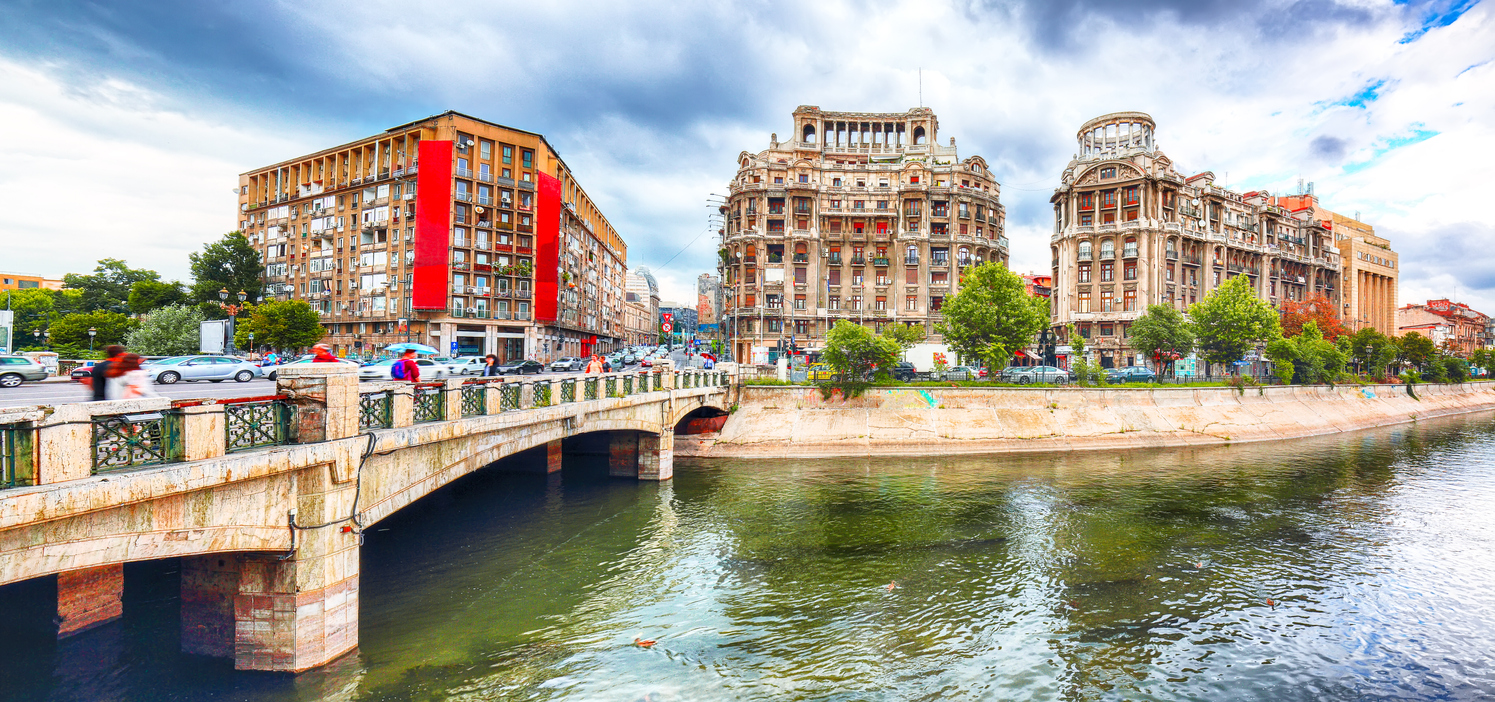
The capital of Romania is perhaps best known for the 24-year rule of Communist dictator Nicolae Ceaușescu, as well as the massive Palace of Parliament he ordered built in 1984. Executed in 1989, Ceaușescu never saw his vision completed, but it stands, all 3.5 million square feet of it, at the center of a city that now embraces a democratic, multi-party political system.
The Palace, with its Stalinist architecture and more than 3,000 interior rooms, isn’t the only intriguing sight in this increasingly cosmopolitan city and the surrounding Transylvania countryside. Bucharest boasts many wonderfully restored buildings dating to the 15th to 18th centuries, earning it the nickname “Little Paris,” and architecture buffs will revel in the mix of Neoclassical, Art Nouveau, and Byzantine styles.
Cismigiu Gardens, a public park, is a lovely place to enjoy a stroll, and Old Town, where buildings date back 300 to 500 years, is the spot to wander amid narrow streets lined with restaurants and bars serving both traditional Romanian and international cuisines. Landmarks here include the ornate 18th-century Stavropoleos Church and Curtea Veche (Old Princely Court), once the residence of Vlad Tepes, more famously known as Vlad the Impaler (the inspiration for the fictional Dracula).
For full immersion into the region’s medieval lore, arrange a pre- or post-cruise tour through Transylvania. Top sights include 14th-century Bran Castle, a towering stone landmark better known as Dracula’s Castle, although neither Vlad the Impaler nor author Bram Stoker are known to have visited. For true Vlad the Impaler vibes you’ll need to visit his birthplace Sighisoara (the yellow house where he was born is marked Vlad Dracule). If you can, overnight here, because once the sun sets this charming and colorful UNESCO World Heritage Site transforms into a misty stage for your wildest Dracula fantasies.
Danube Itinerary Options:
Most river cruise lines in Europe sail both the Upper Danube and Lower Danube, generally from March through October and then during the Christmas market season from mid-November to late December. In addition to AmaWaterways and Viking, you can book a Danube cruise with AvalonWaterways, CroisiEurope, Emerald, Riverside, Scenic, Tauck, and Uniworld.
If you have the time and would love to experience most of the Danube River on a single cruise, you can opt for the 18-night “ Portraits of Eastern Europe ” sailing with Uniworld, which cruises from Nuremberg to Bucharest and also visits Prague. Another deep dive is the 15-night “ Danube Delta Discovery ” itinerary with Scenic, which cruises from Bucharest to Vienna and visits five capitals.
Find the best deals!

16 days - 5 countries - 7 cities
Loading Map...
This trip takes you to:
London , United Kingdom
Embrace the rhythmic pulse of London, where historical grandeur and modern vibrancy interlace, creating a diverse and thrilling landscape. Wander through centuries-old streets to explore iconic landmarks like the Big Ben, Buckingham Palace, and the sprawling Hyde Park. The city buzzes with unmatched energy, and the eclectic neighborhoods offer a bounty of cultural, culinary, and artistic treasures. Whether you're on the hunt for vintage finds in Camden Market or absorbing panoramic city views from the London Eye, London unfolds as a rich tapestry of experiences, perfect for young explorers seeking both adventure and elegance.
See the London itinerary...
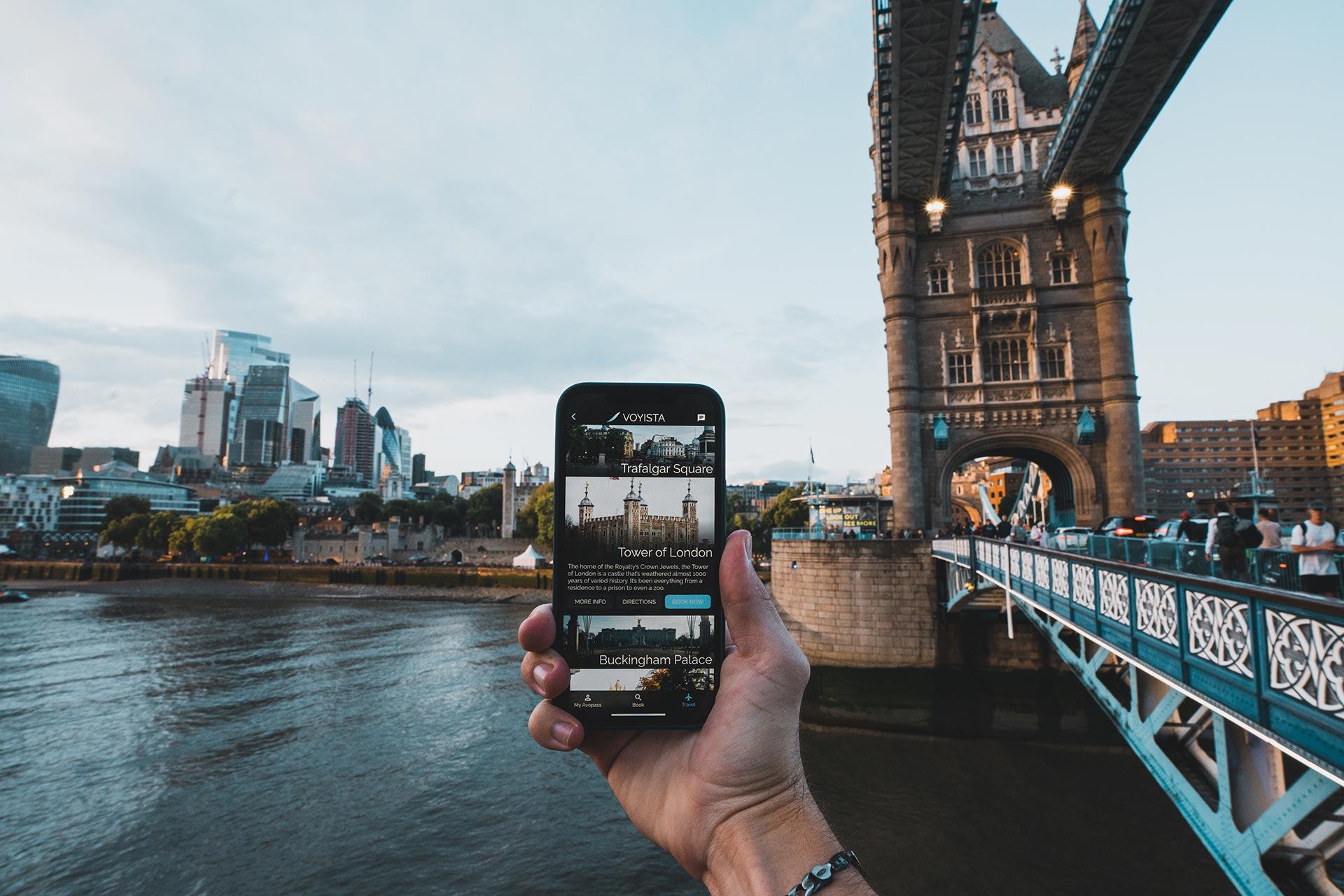
Big Ben and Parliament
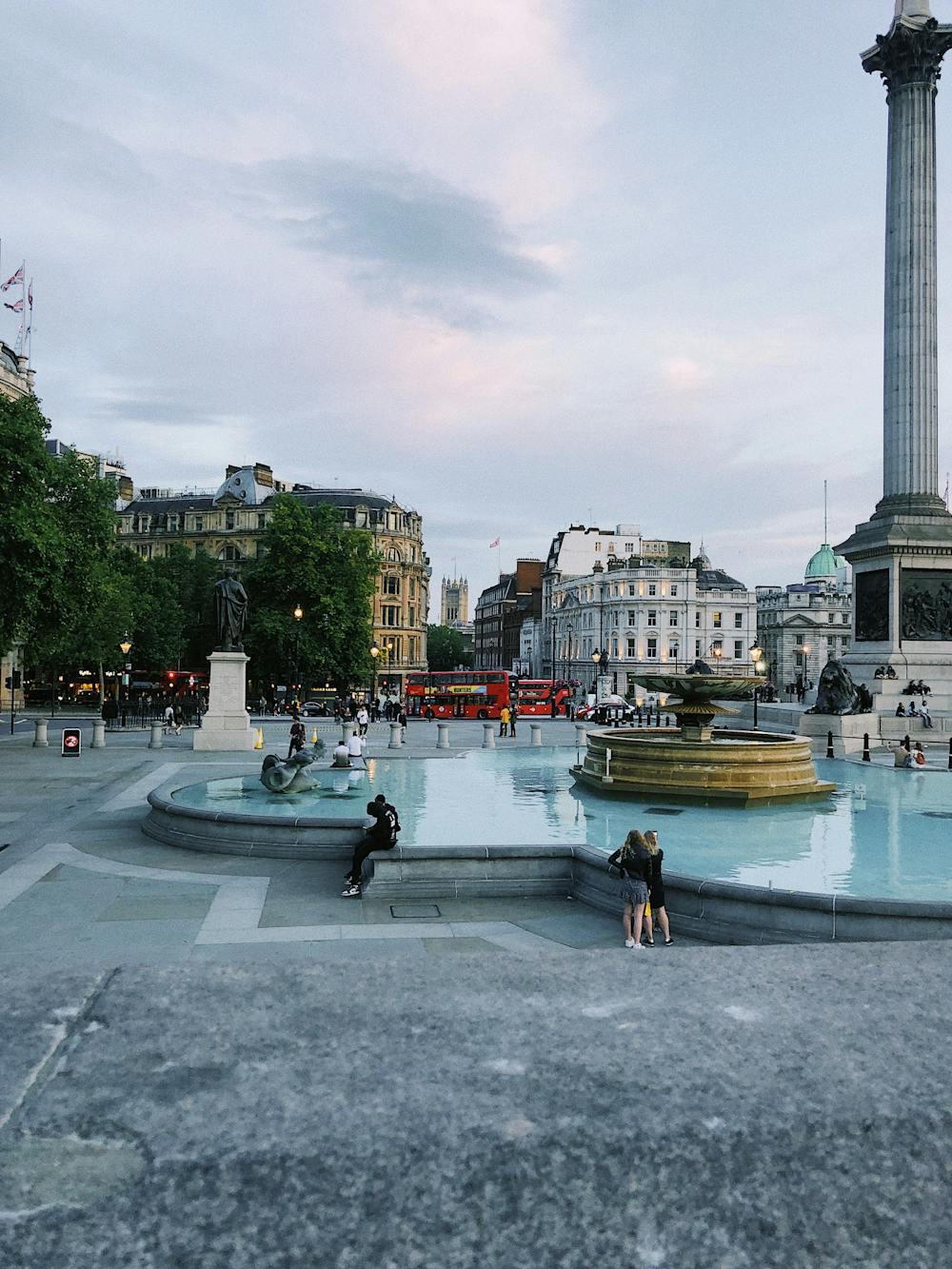
Trafalgar Square
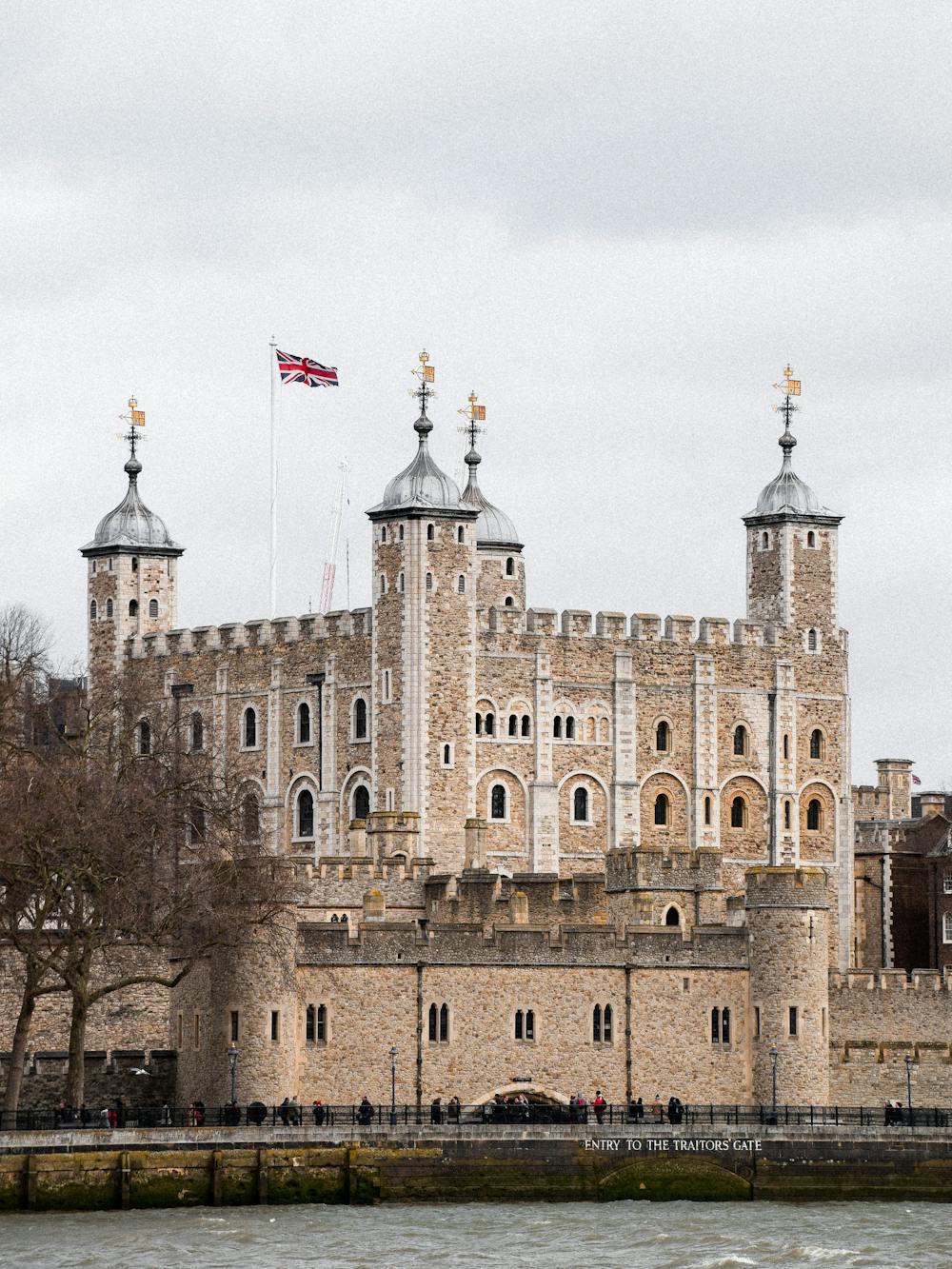
Tower of London
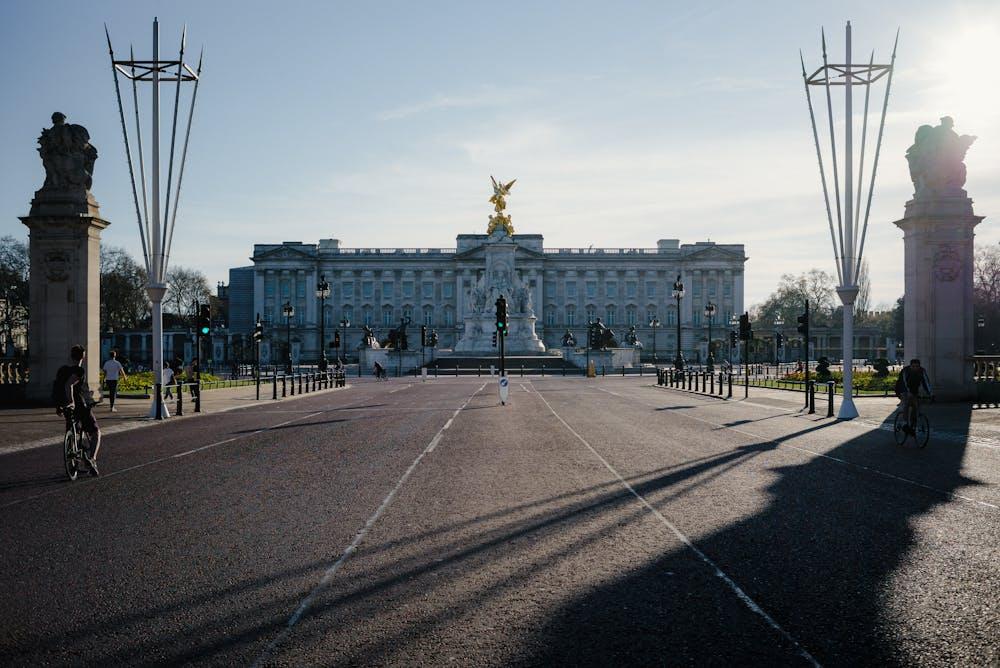
Buckingham Palace
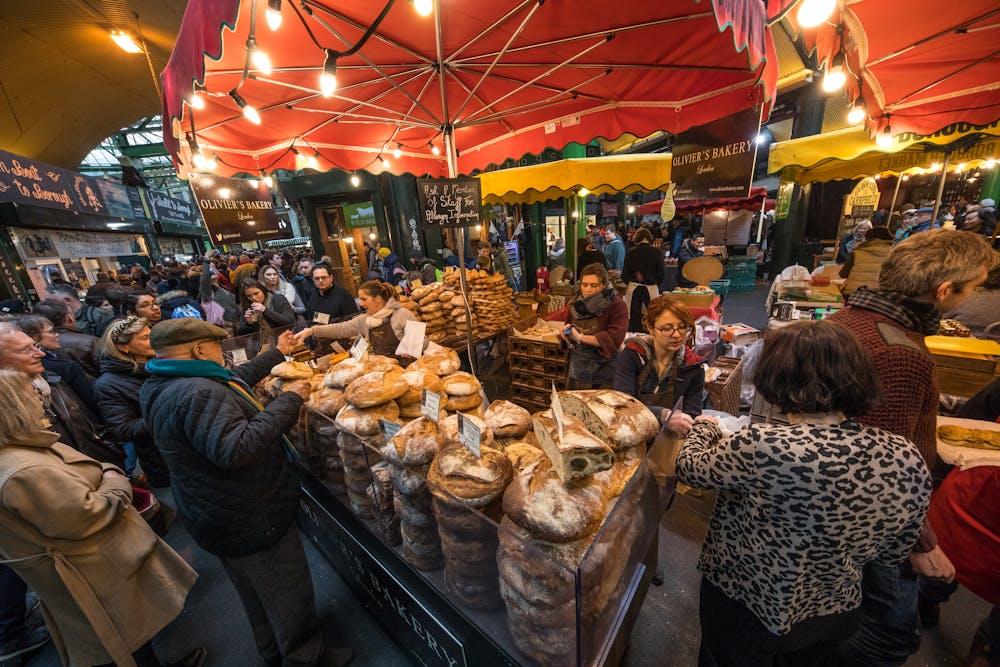
Walk through Borough Market
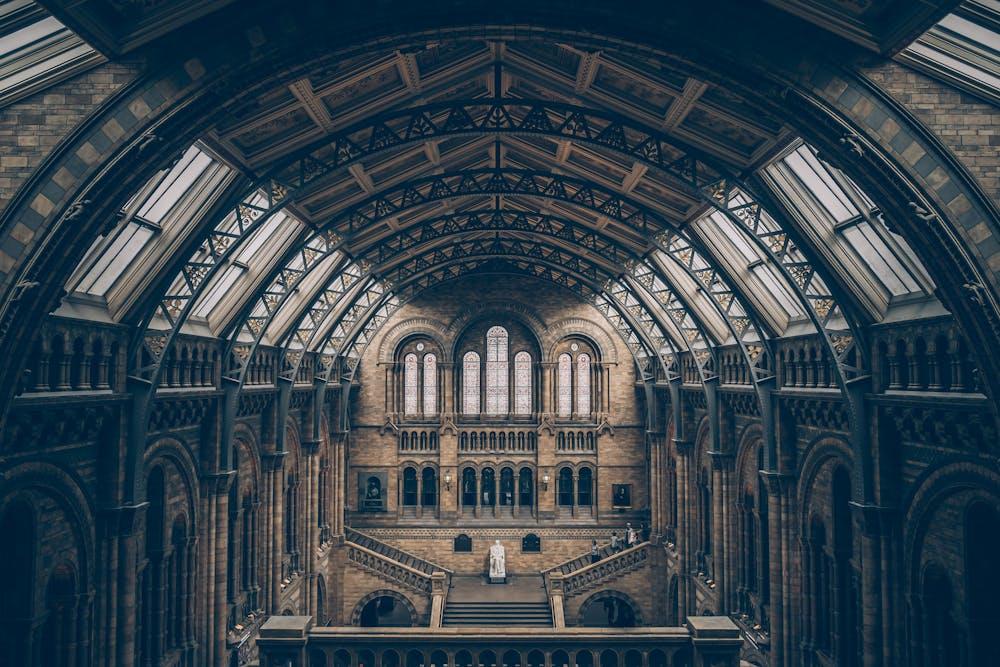
Explore Free Museums
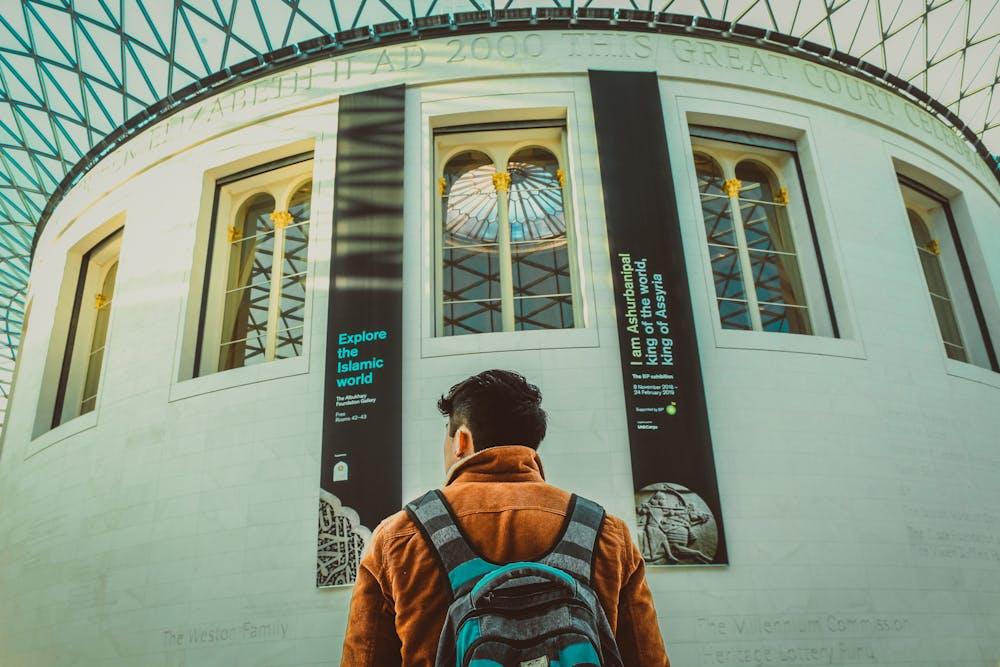
See the Elgin Marbles and Rosetta Stone
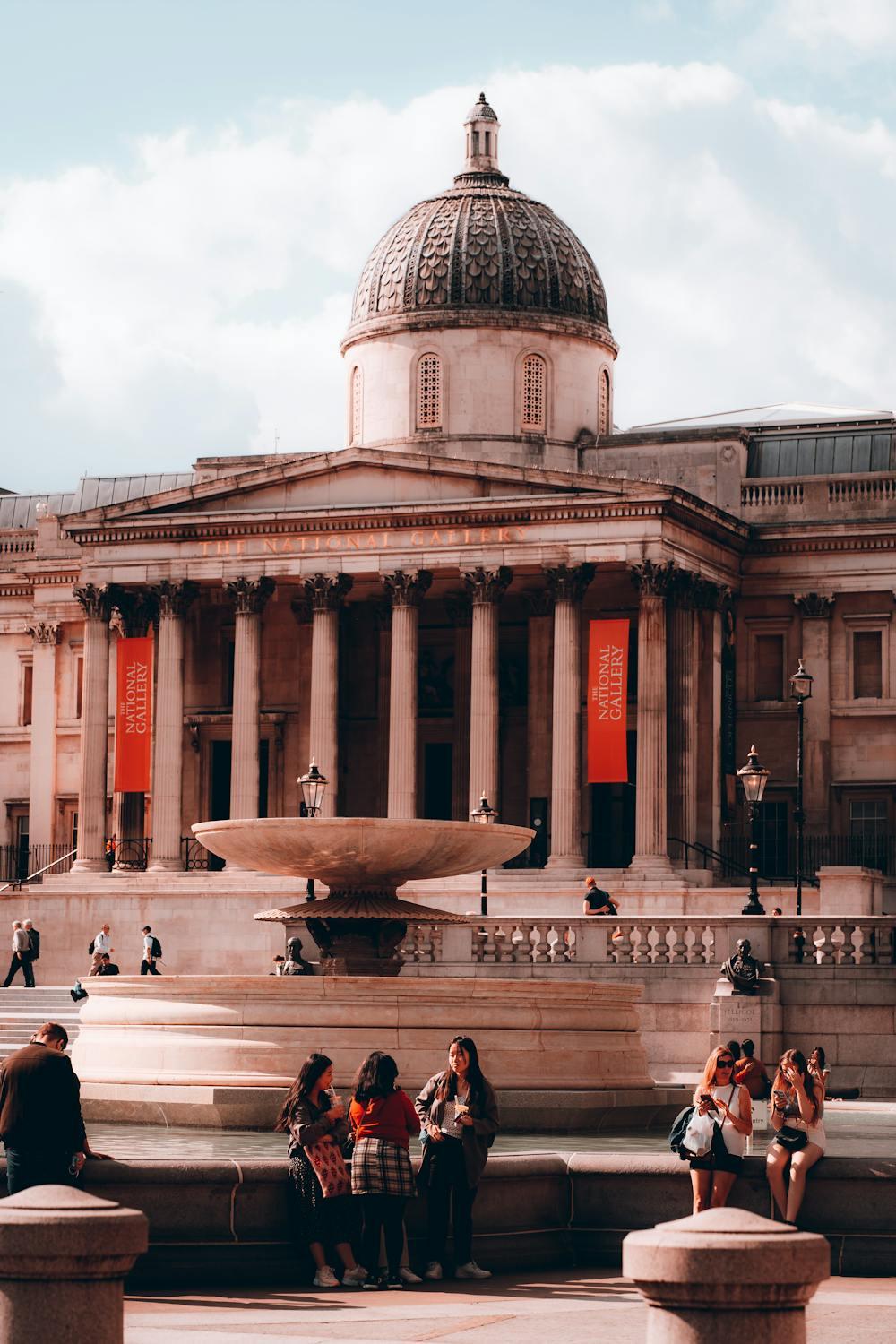
National Gallery
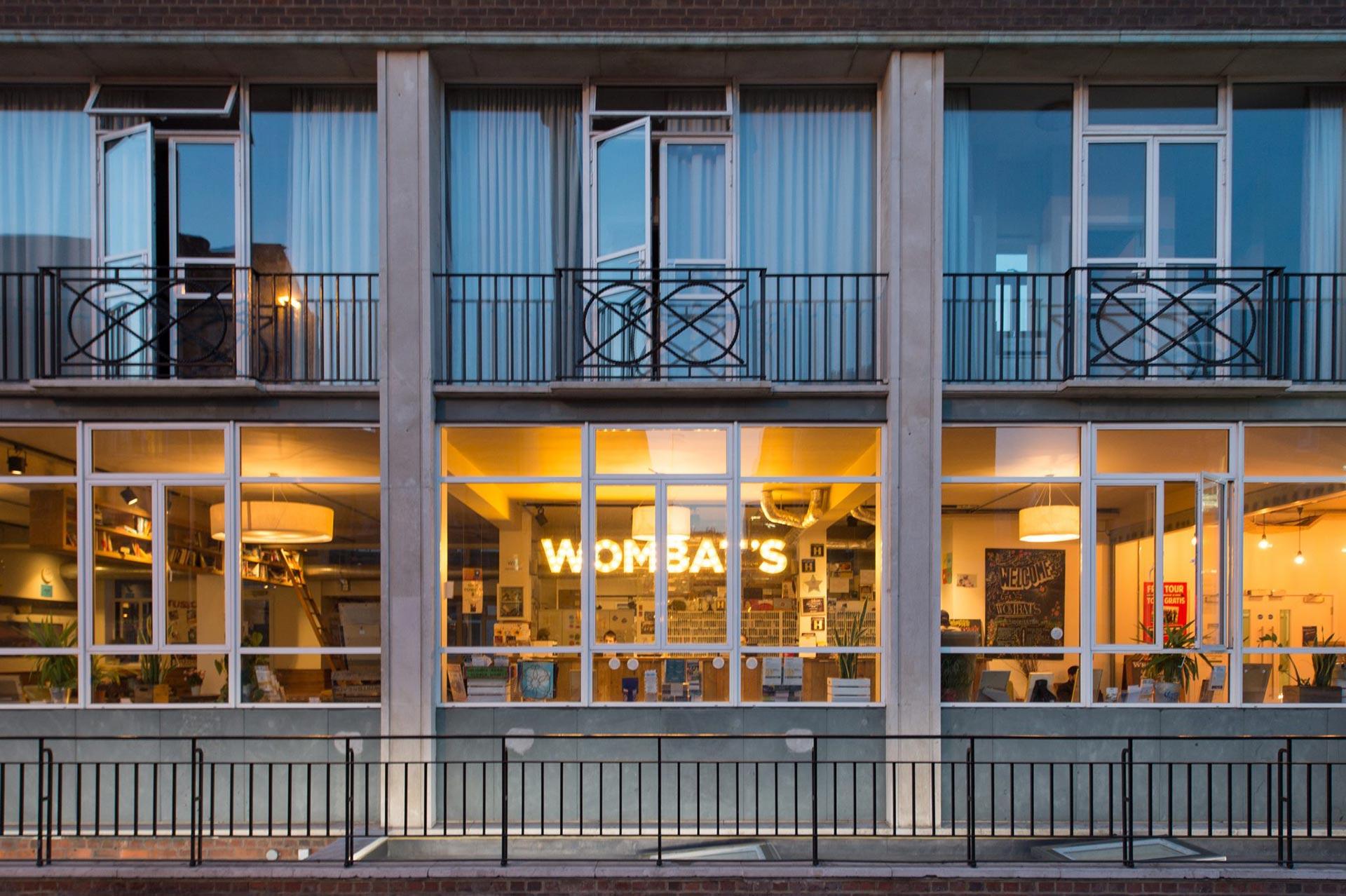
London Partner Accommodation
4.4 /5 ( 2,103 ratings).
READ REVIEWS
Discover the historic charm of London in this trendy hostel, nestled in a restored former seaman's abode. Located just 9-minutes from Tower Hill tube station and a short stroll from the iconic Tower of London, you'll be perfectly positioned to explore all that this dynamic city has to offer. With an airy lobby lounge and a hip bar featuring a vaulted ceiling and courtyard, you'll find plenty of space to socialize and relax with fellow travelers. And for those seeking the ultimate nightlife experience, don't miss the cool basement bar where travelers starting their trip always hang out.
Directions: View on App
Address: View on App
CLICK FOR RESERVATION CONFIRMATION

Amsterdam , The Netherlands
Navigate the vibrant labyrinth of Amsterdam, where historic canals cradle streets brimming with dynamic culture and electric energy. Explore neighborhoods dotted with art studios, trendy cafés, and historic sites like Anne Frank House. Hire a bicycle and join the city's preferred mode of travel, discovering hidden gems that dot this lively urban expanse. At night, the city transforms into a mosaic of light, reflection, and life, inviting travelers to experience the warm embrace of Amsterdam's unique charm.
See the Amsterdam itinerary...
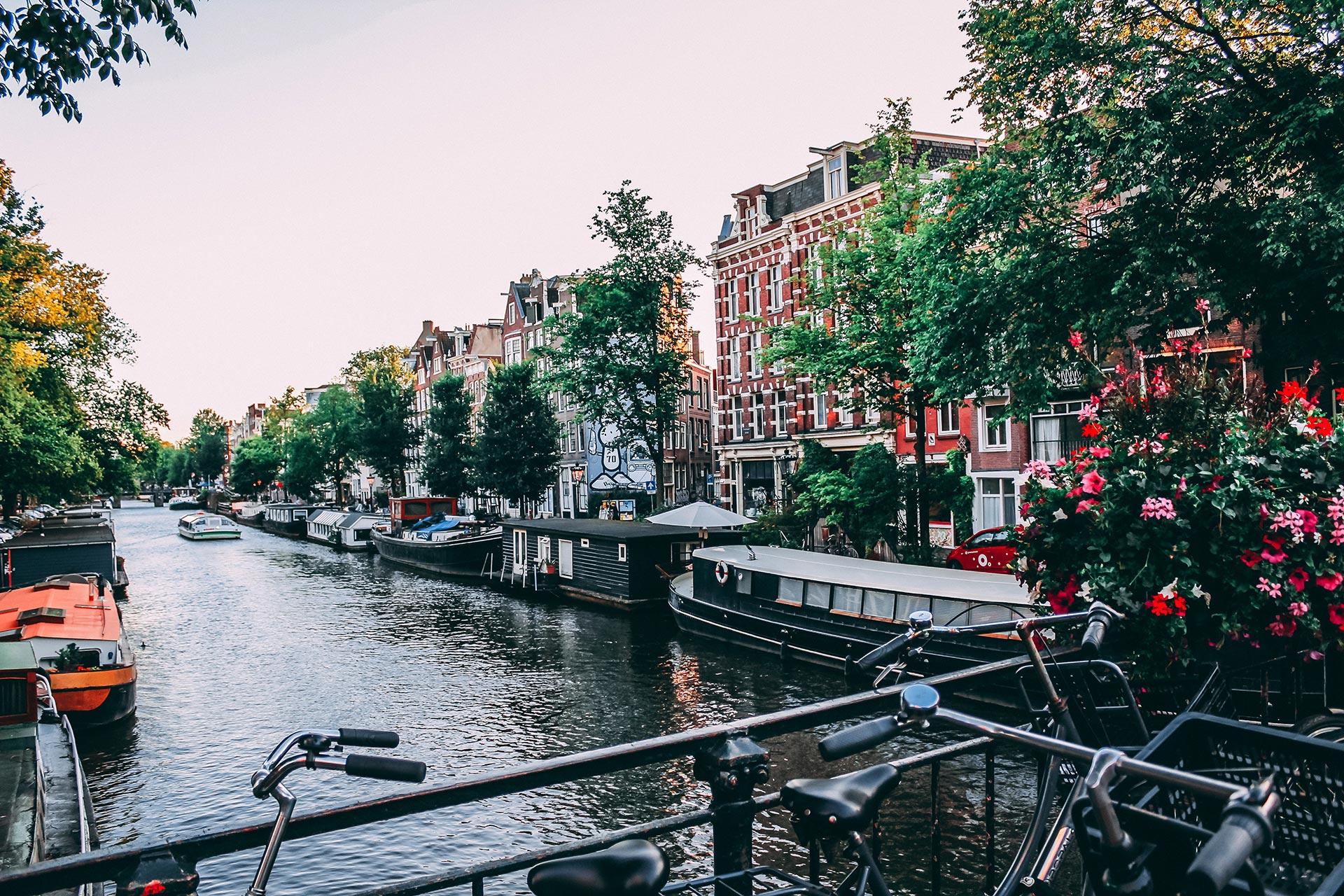
Anne Frank House
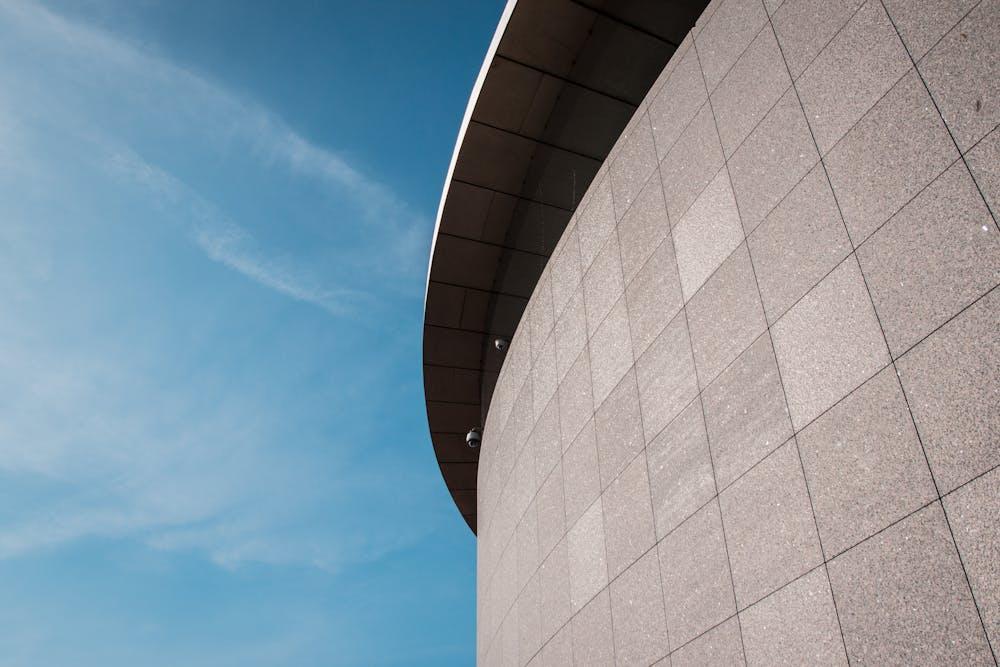
Van Gogh Museum
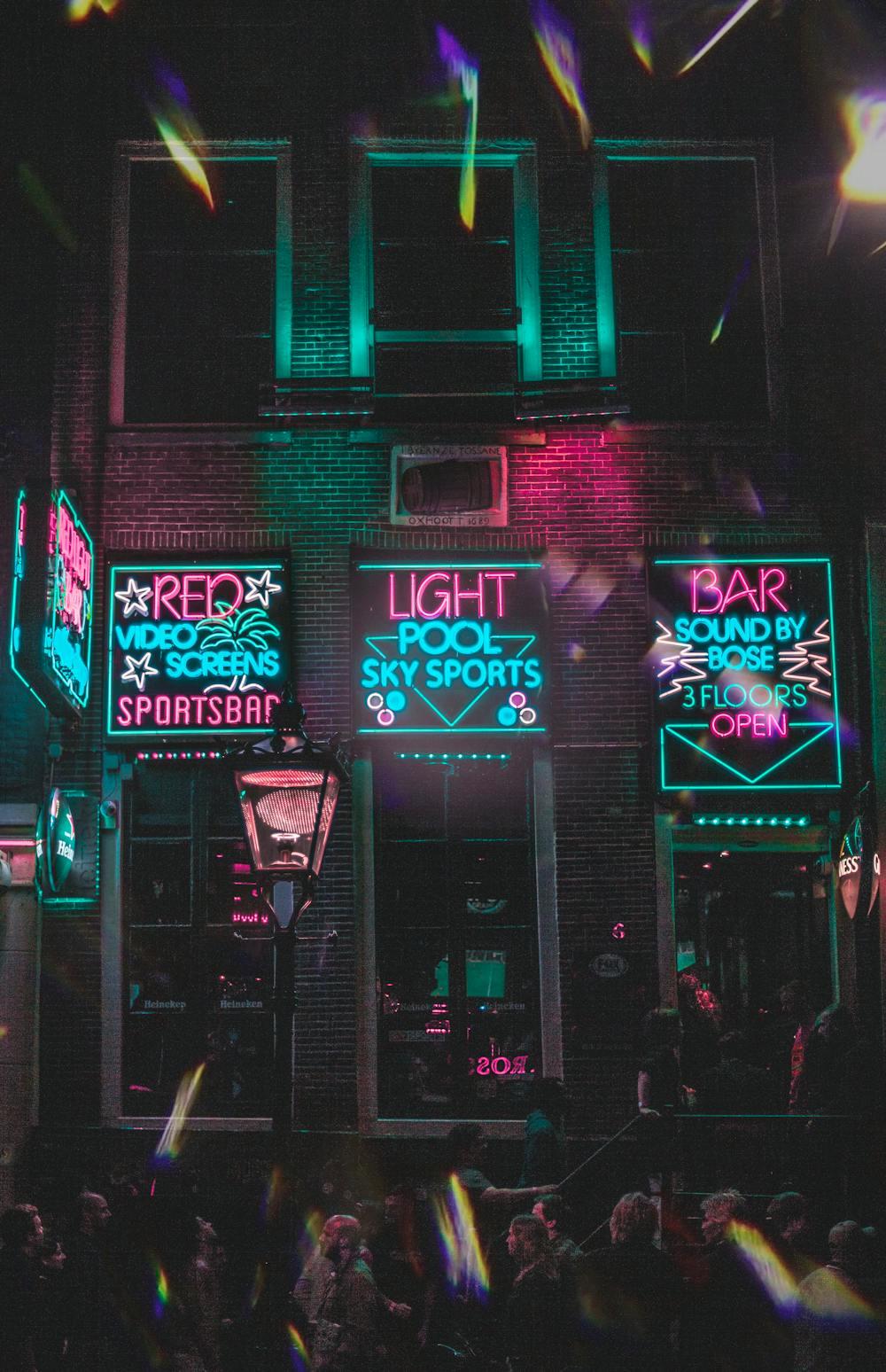
Red Light District
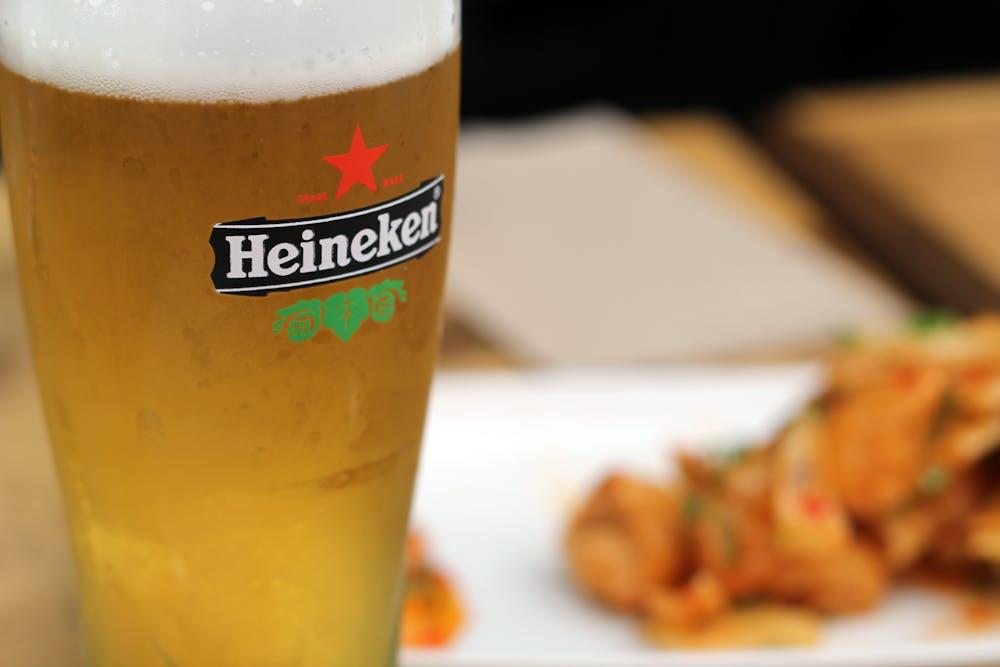
Heineken Experience
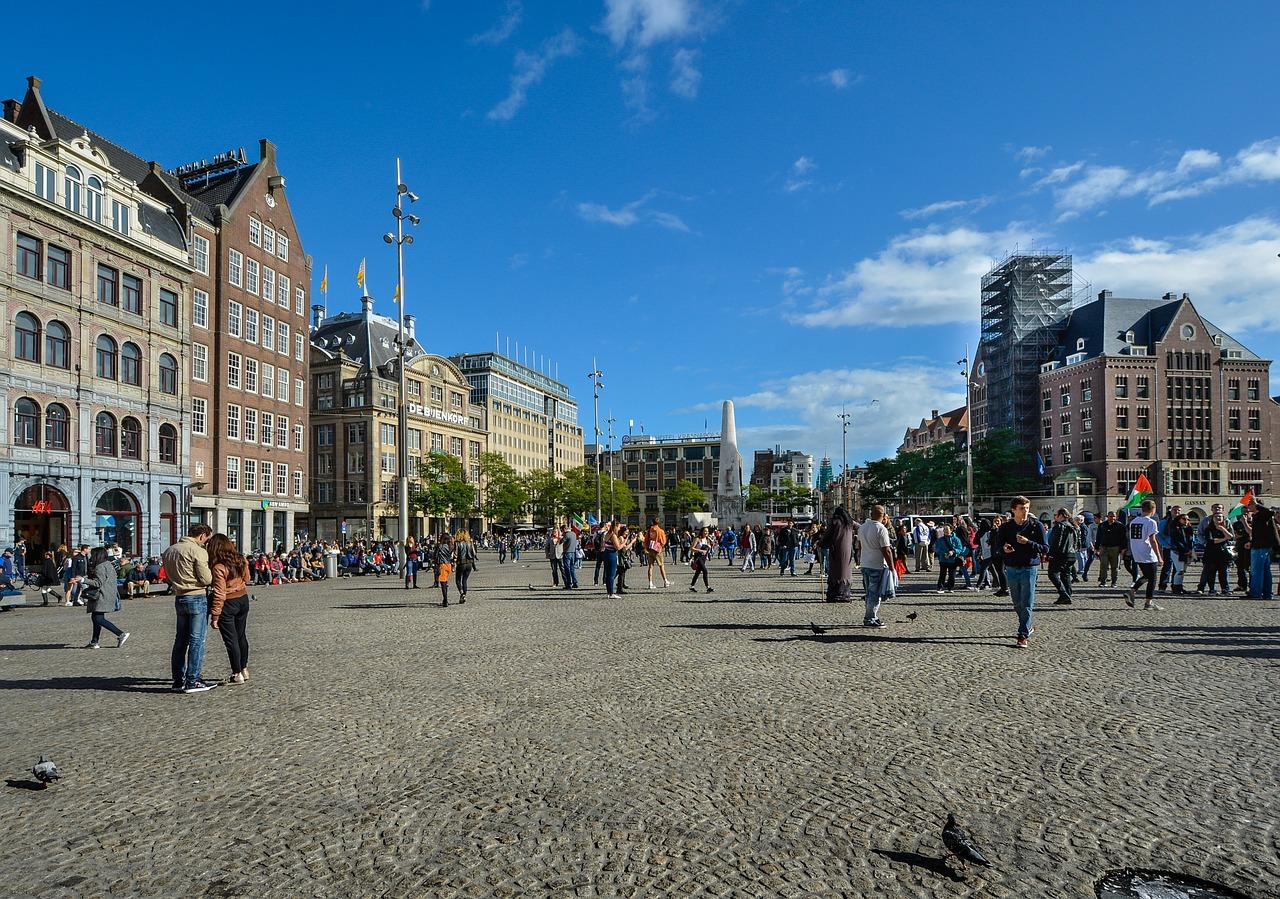
Experience Dam Square
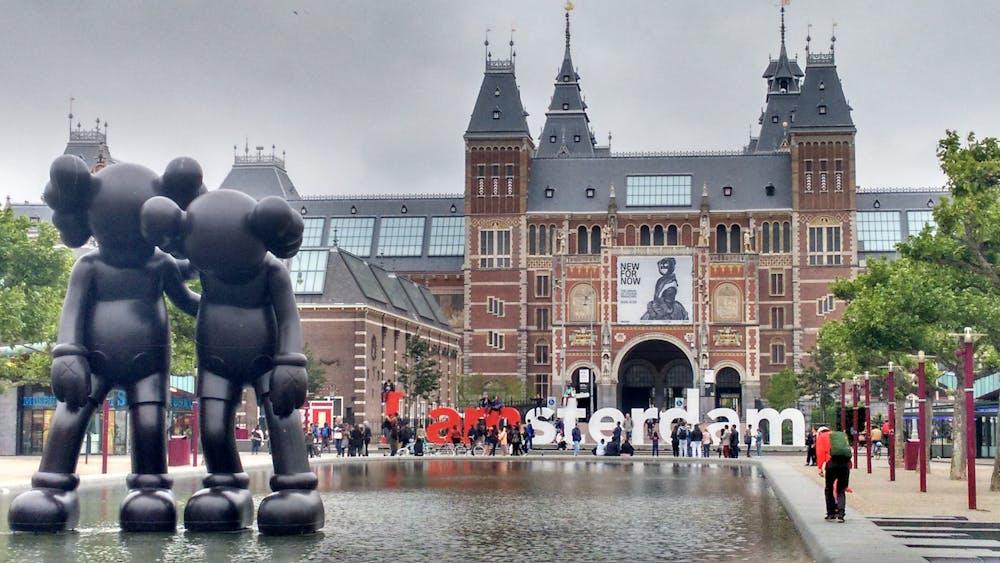
Rijksmuseum
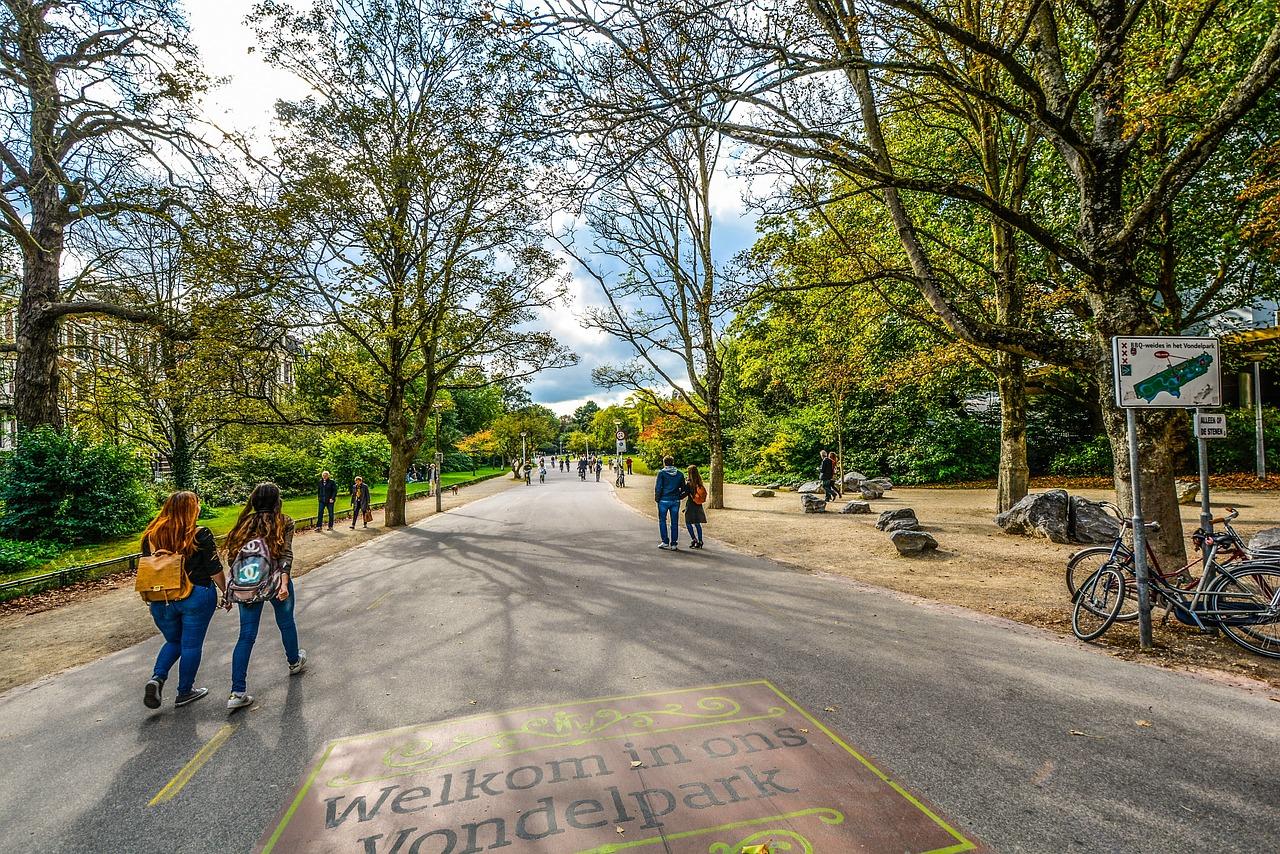
Relax in the Vondelpark
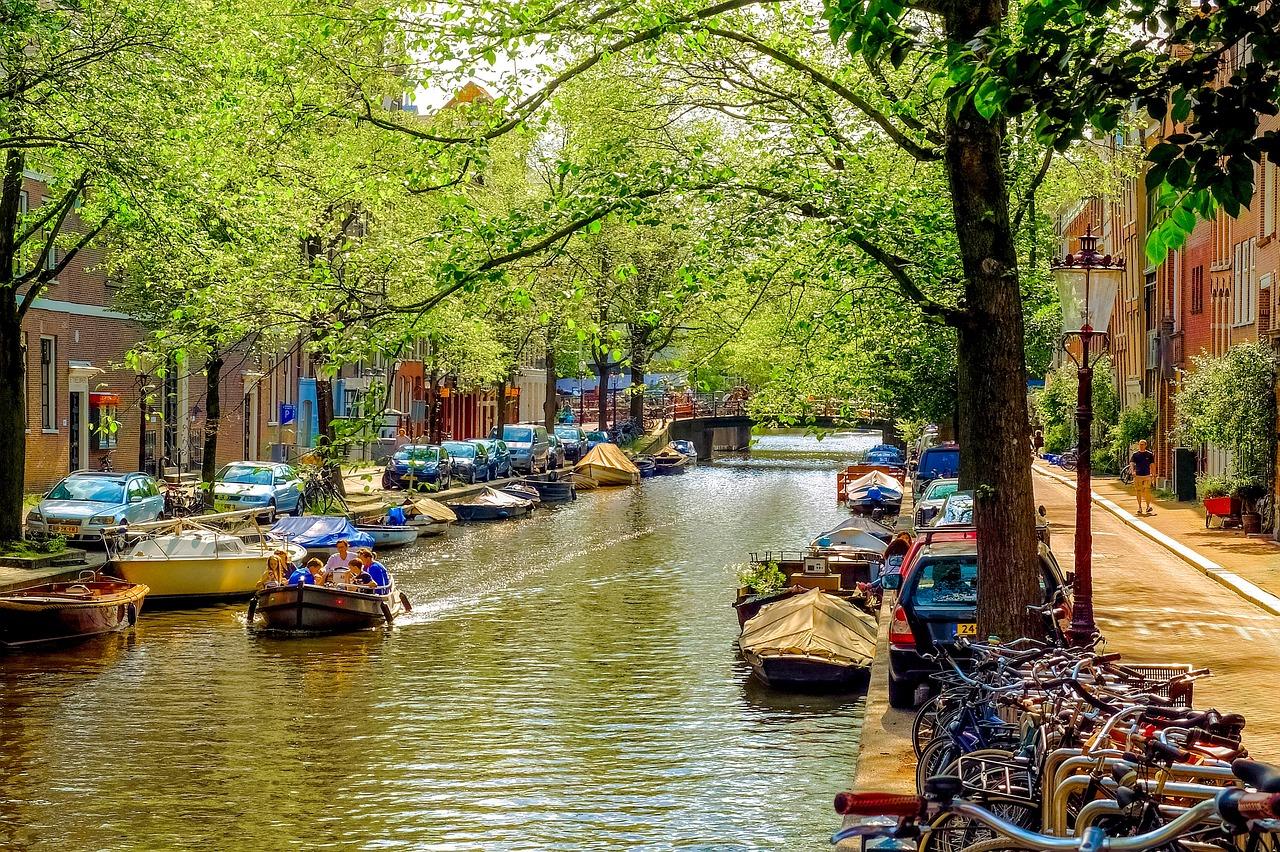
Walk Through Jordaan
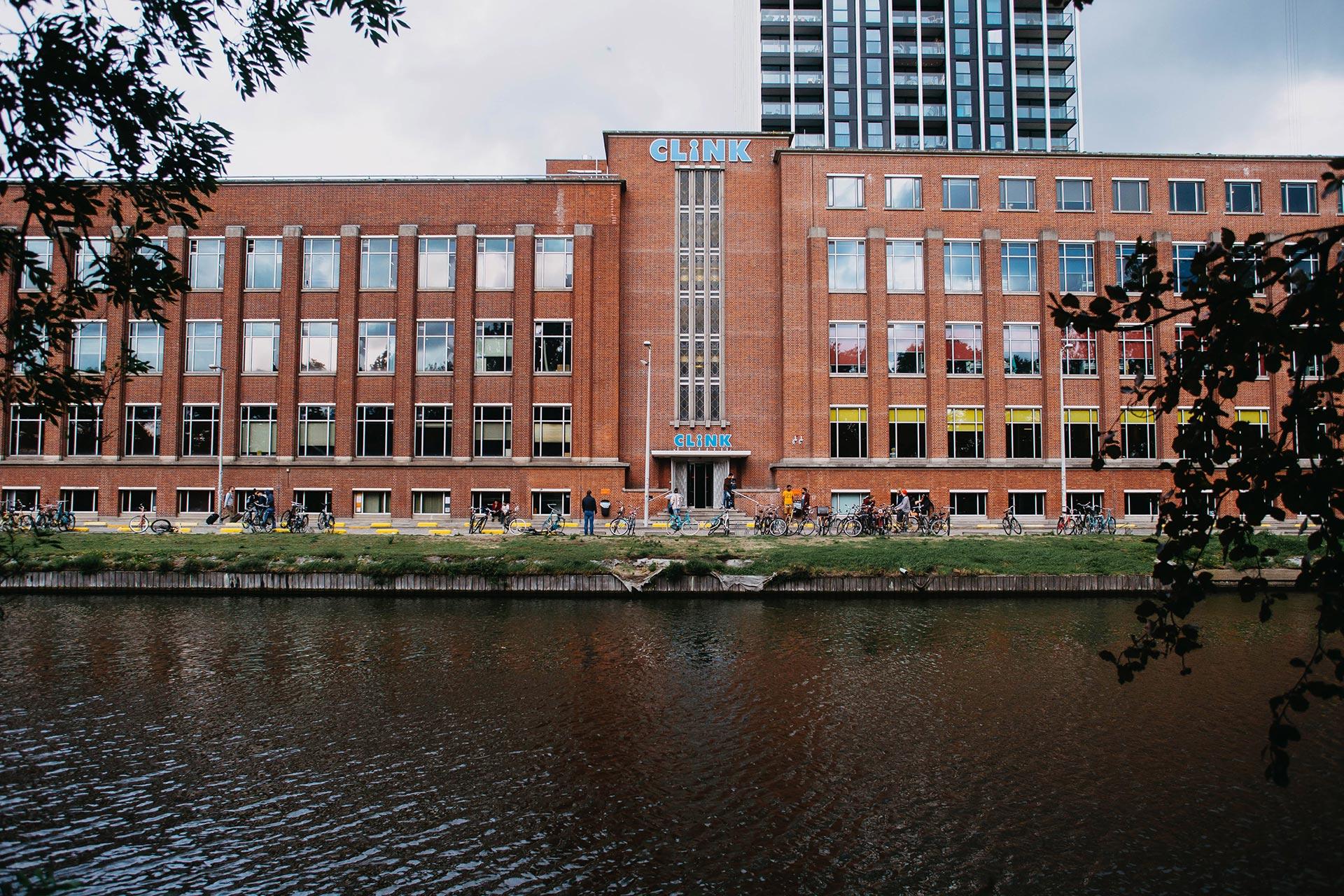
Amsterdam Partner Accommodation
4.5 /5 ( 5,806 ratings).
Set in a converted laboratory dating from the 1920s, this creative accommodation seamlessly blends historical charm with modern standards. A short, free ferry ride from Amsterdam Centraal, it offers guests an eclectic environment with art-adorned walls, a lush atrium, and an on-site bar showcasing live performances. Delight in the scenic views of the city and river from diverse room choices and indulge in a rich Amsterdam experience supported by a multilingual staff.
Berlin , Germany
Berlin is a city of contrasts, offering a dynamic blend of history and modernity. Discover iconic landmarks like the Brandenburg Gate and the Berlin Wall, while also immersing yourself in the city's thriving contemporary arts and music scene. With a diverse foodie landscape and legendary nightlife, Berlin promises a non-stop adventure for all who visit.
See the Berlin itinerary...
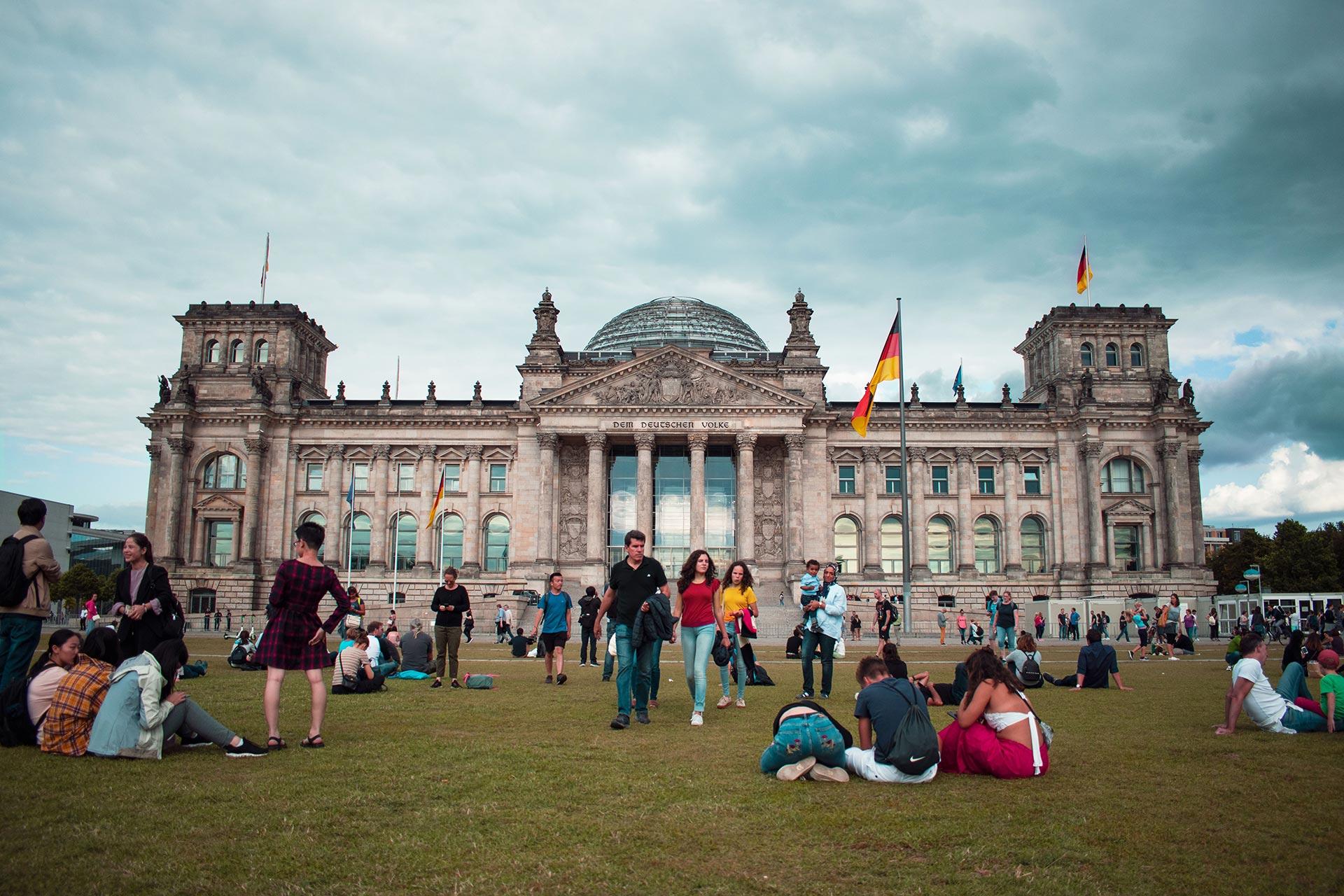
Brandenburg Gate
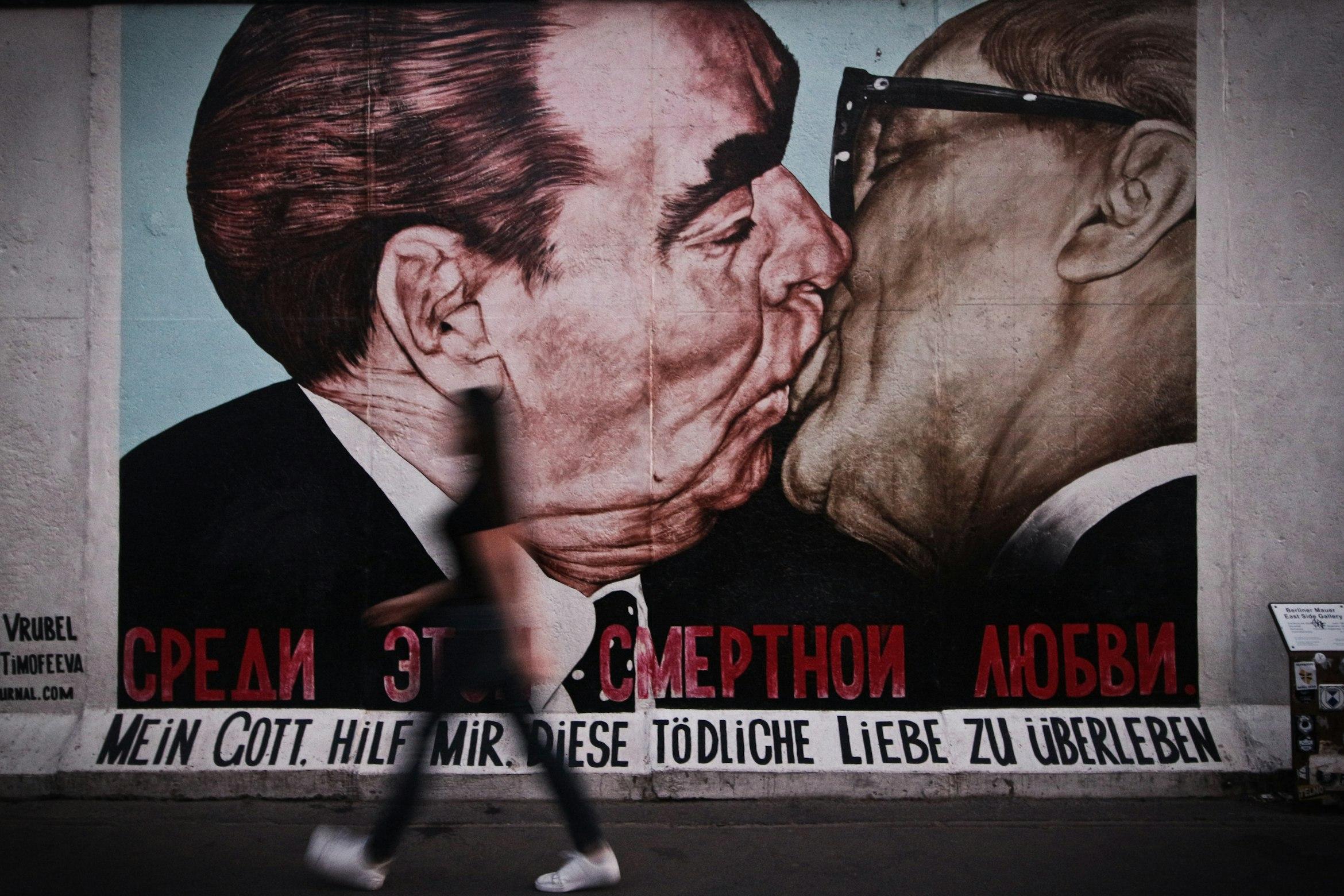
Berlin Wall Memorial
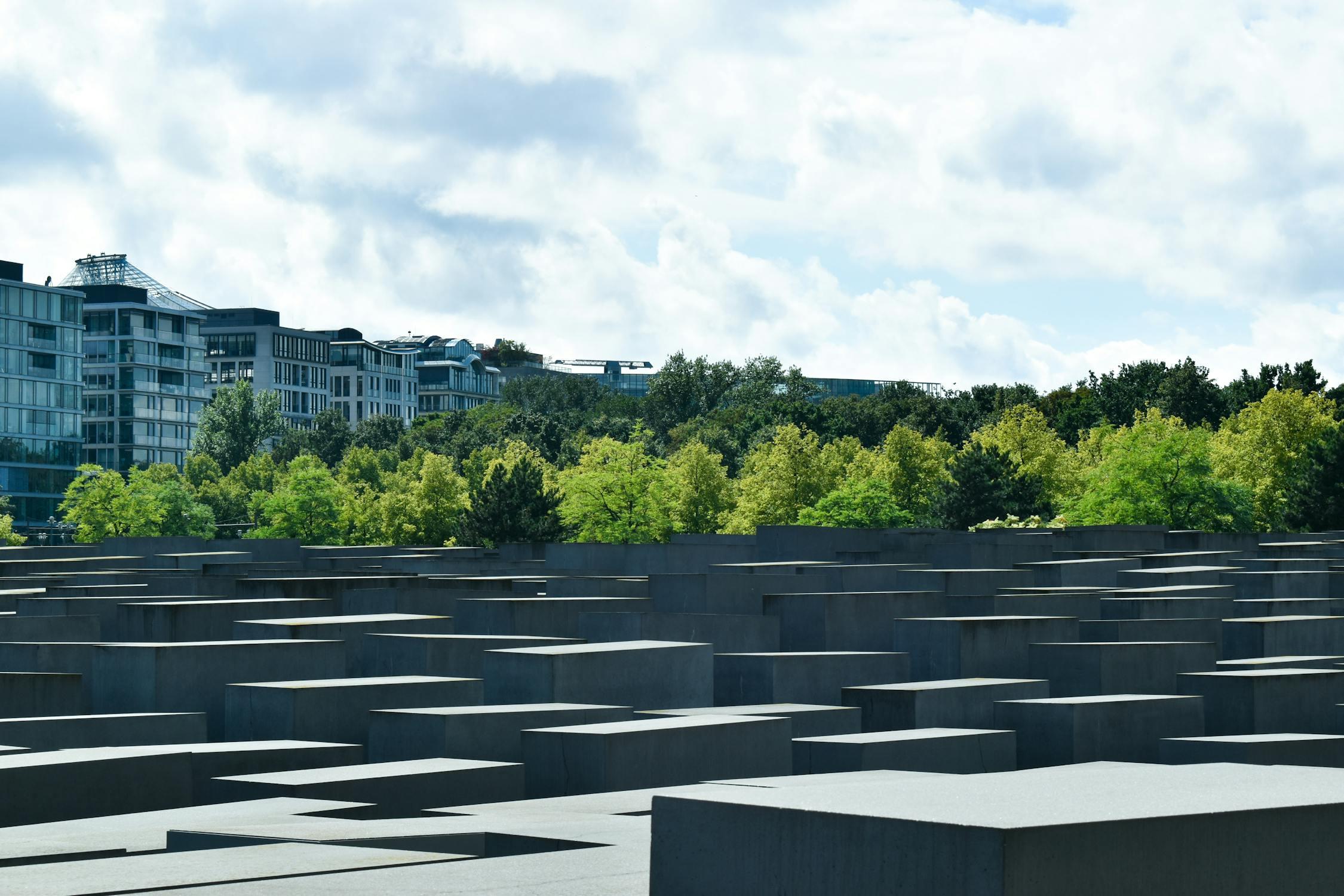
Holocaust Memorial
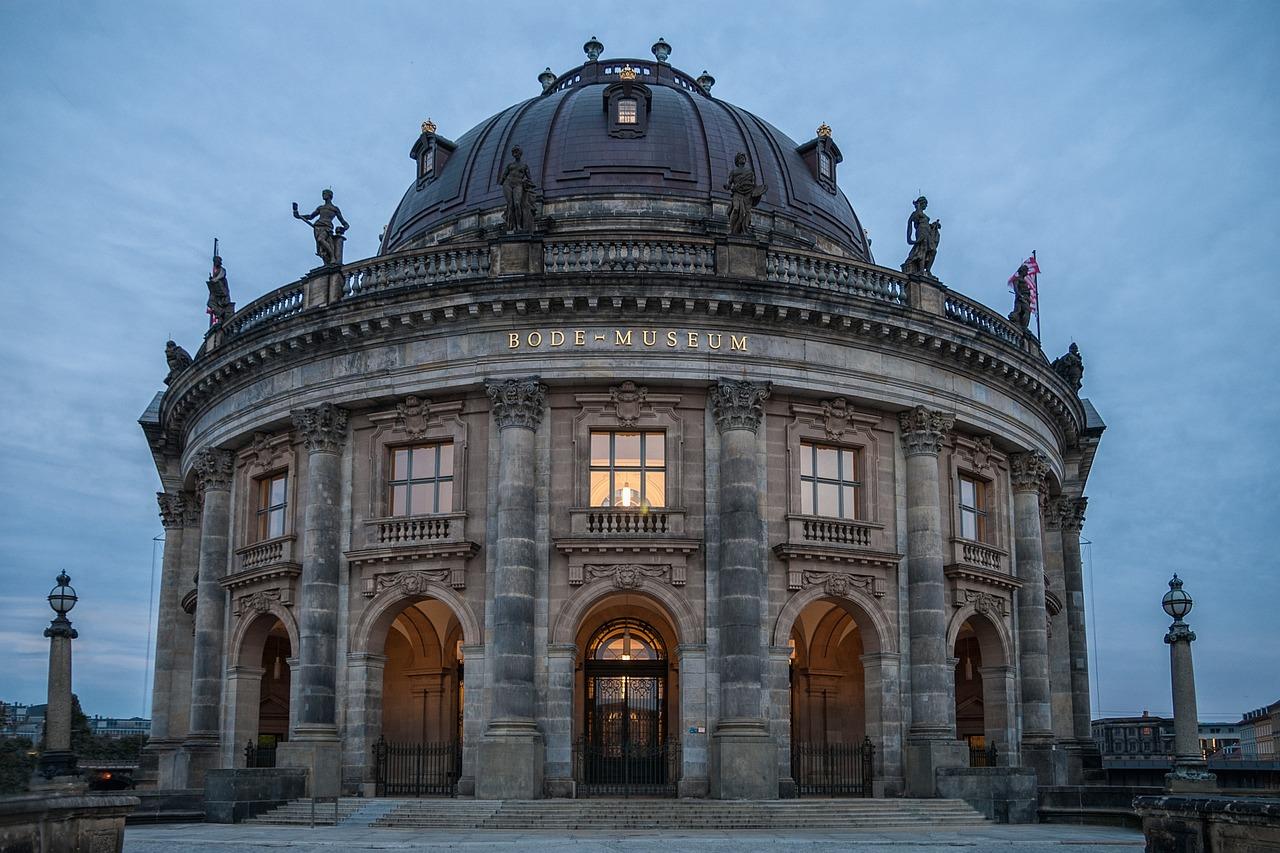
Museum Island
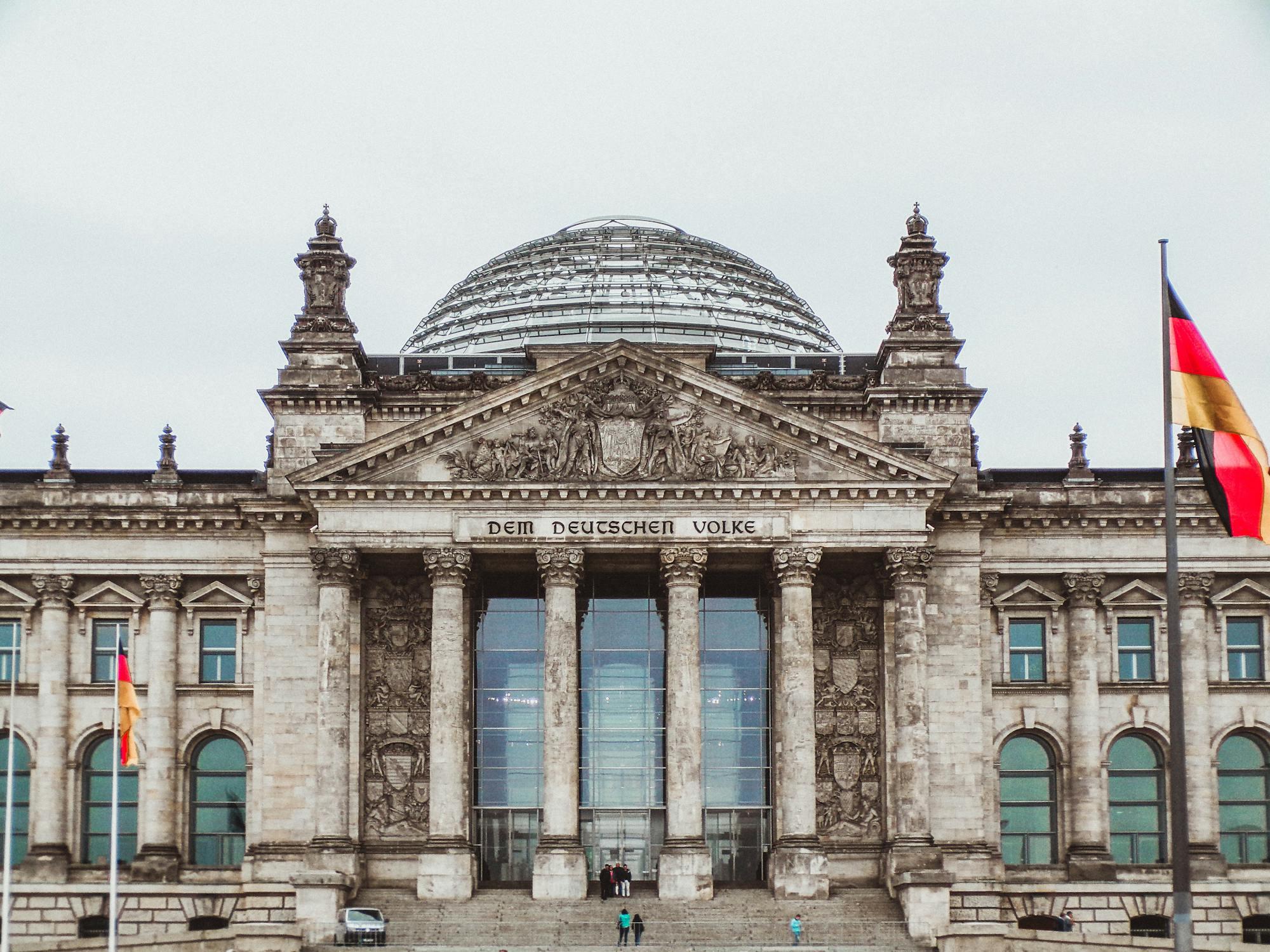
Alexanderplatz
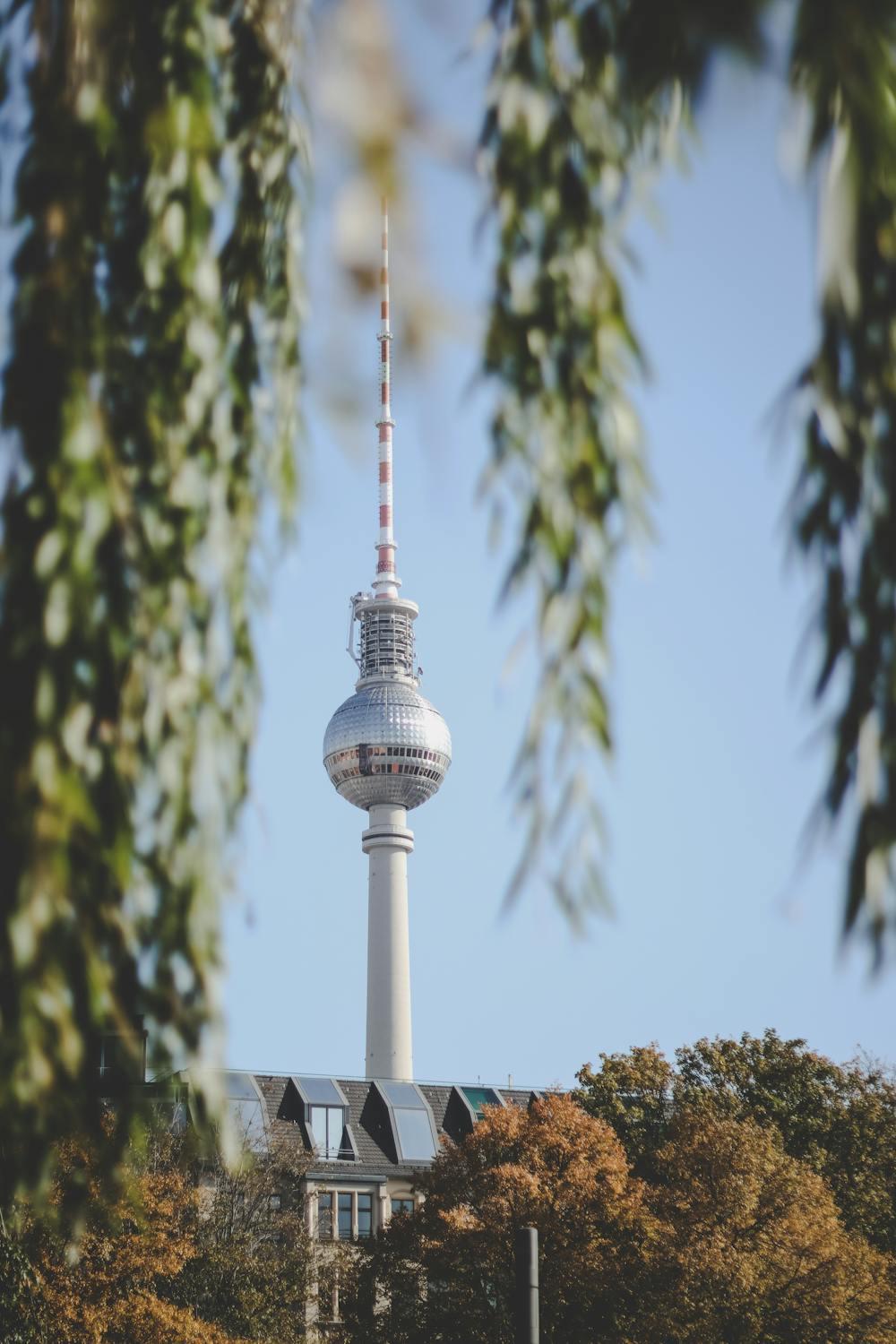
Berliner Fernsehturm
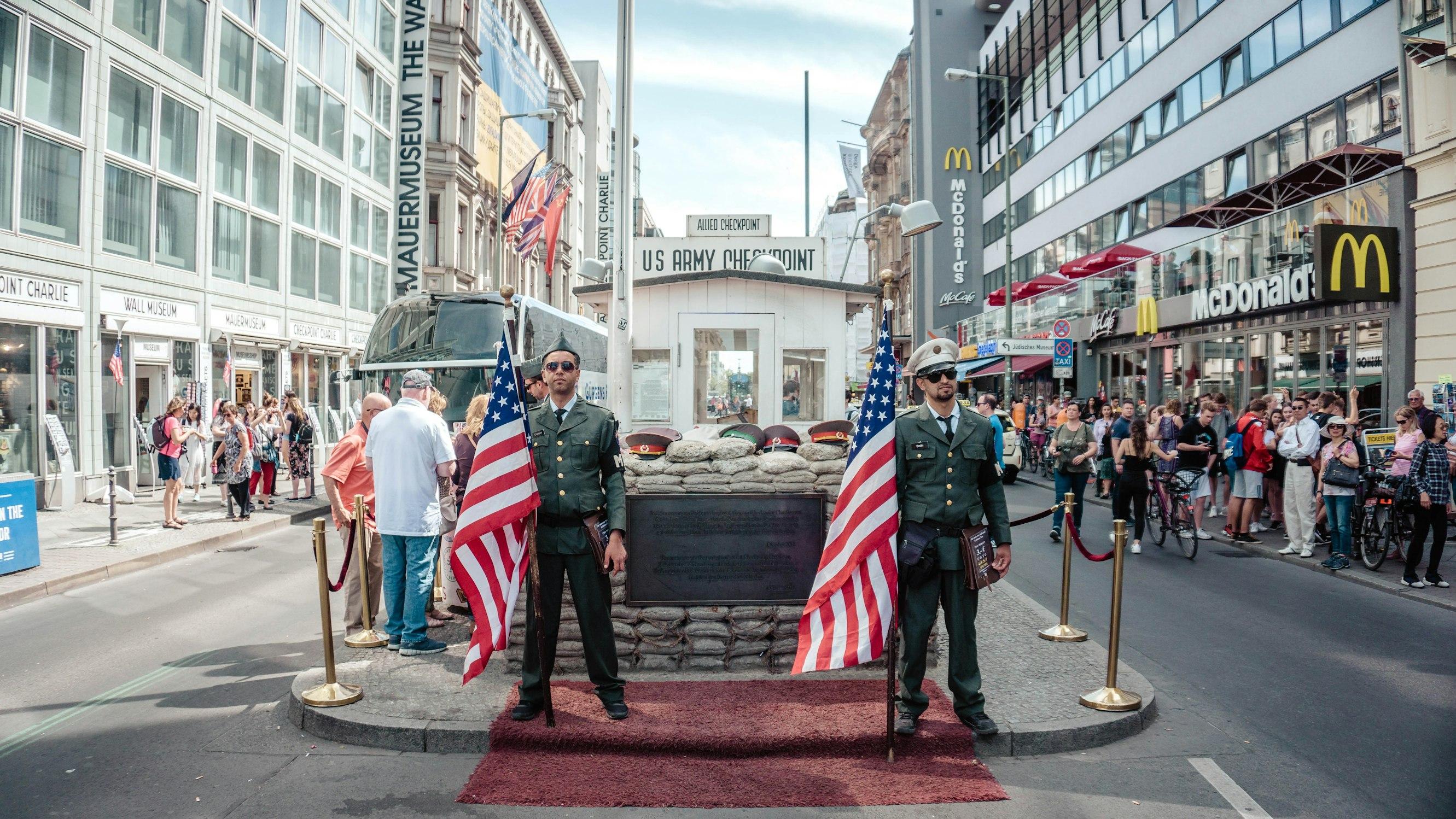
Checkpoint Charlie
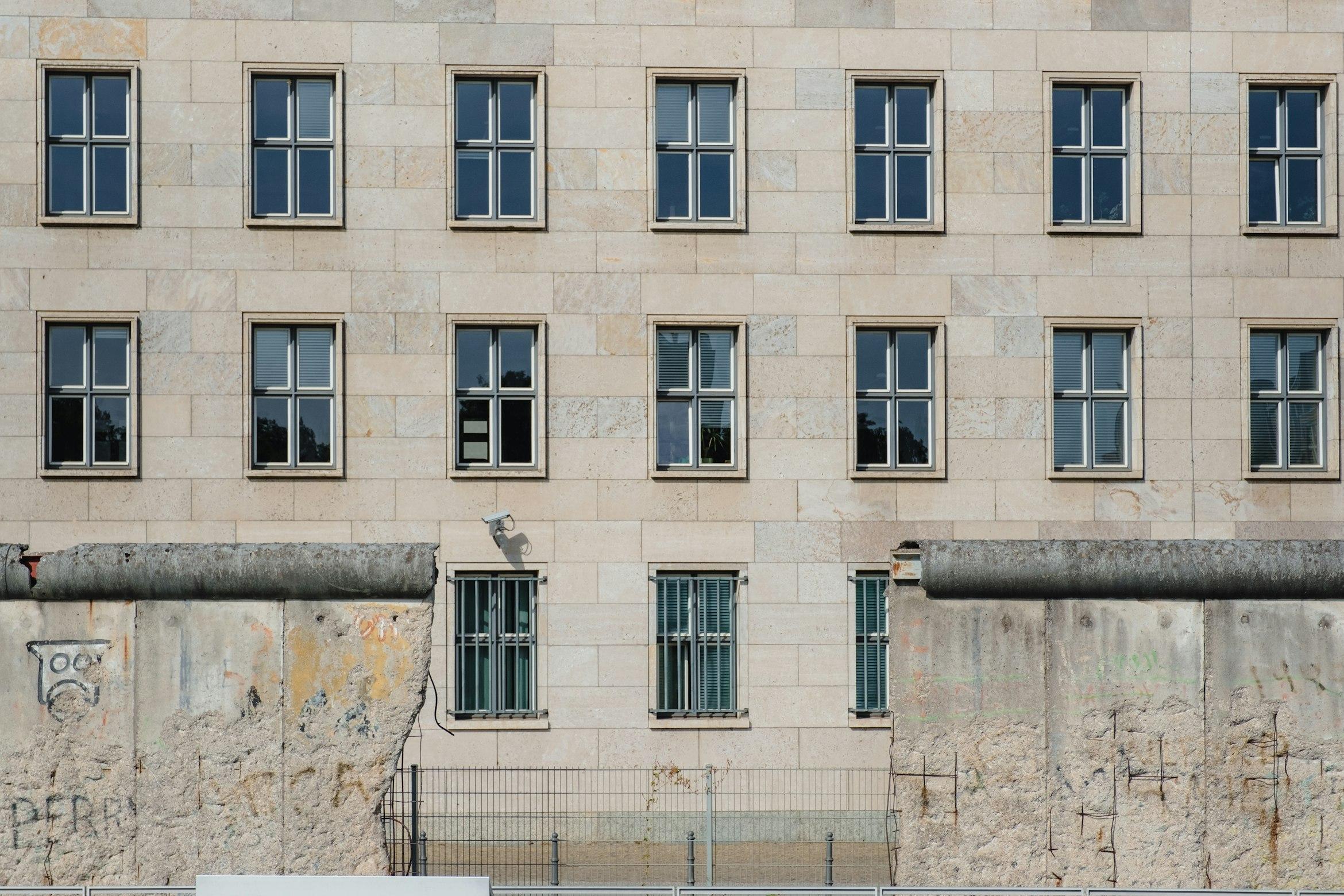
Topography of Terror
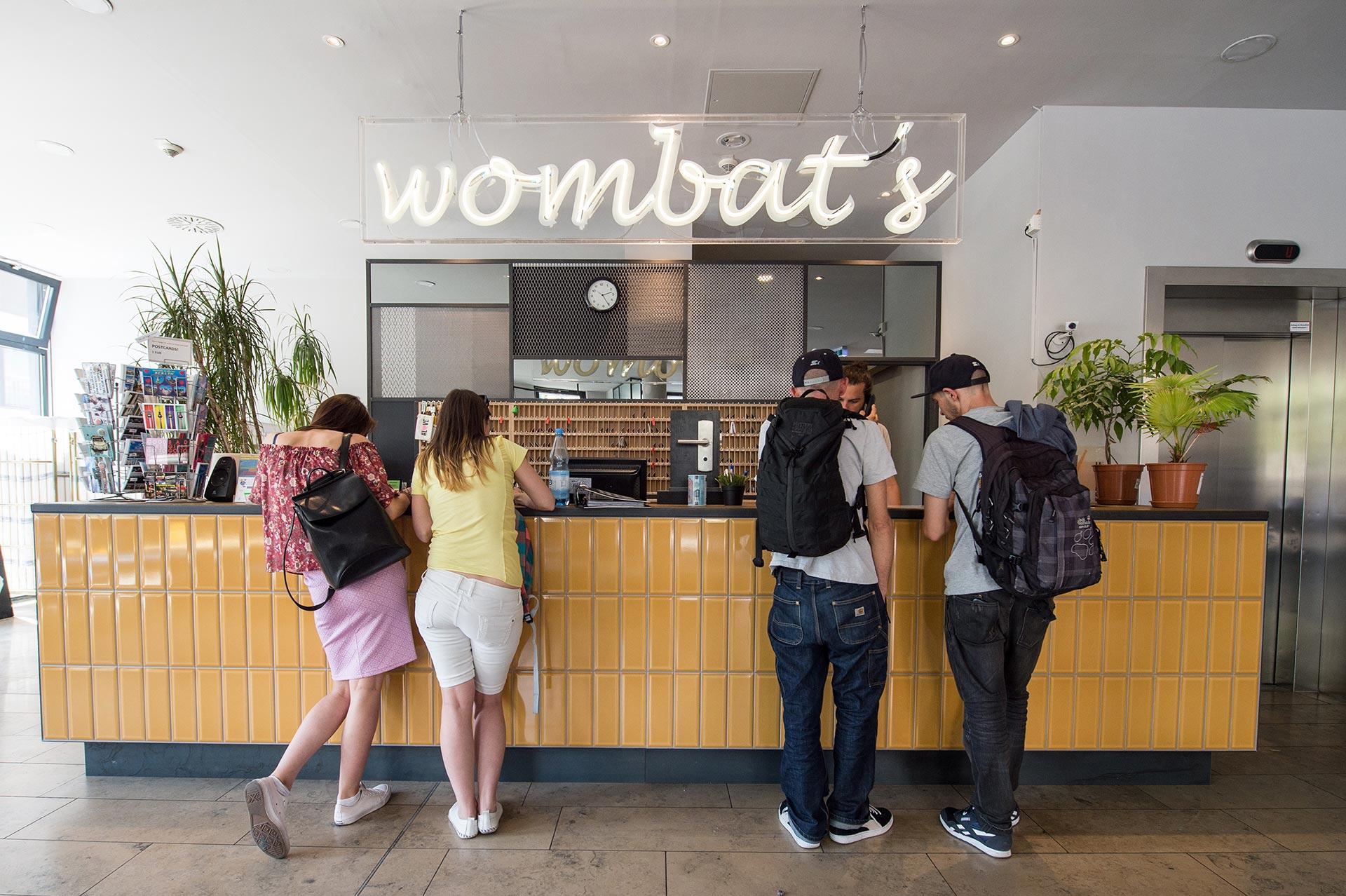
Berlin Partner Accommodation
4.5 /5 ( 1,039 ratings).
Discover the pulse of Berlin in this contemporary hostel, positioned adjacent to the Rosa-Luxemburg-Platz U-Bahn station in the vibrant Mitte district. Just a brisk walk from Alexanderplatz square, it’s an effortless expedition to the city’s iconic landmarks. With metro and tram stops at your threshold, navigating the city becomes a breeze. Enjoy the ease of bike rentals for intimate city explorations, or unwind in the welcoming lounge after a day's adventure. The available live music, quiz nights, and walking tours ensure your Berlin experience is rich and fulfilling. A 24-hour reception guarantees a hassle-free stay, making your Berlin adventure unforgettable.
Munich , Germany
Step into the vibrant world of Munich, where history, art, and Bavarian traditions beautifully blend. Wander through Marienplatz, where Gothic and Neoclassical architectures whisper tales of bygone eras. Explore world-renowned museums, savor delectable Bavarian delicacies, or raise a stein in a legendary beer hall. The city's lush green parks offer a peaceful respite, while the pulsating nightlife promises unforgettable memories. From the majestic Alps' views to the annual Oktoberfest celebration, Munich is a cultural kaleidoscope, welcoming young travelers to dive deep into its rich, multifaceted essence.
See the Munich itinerary...
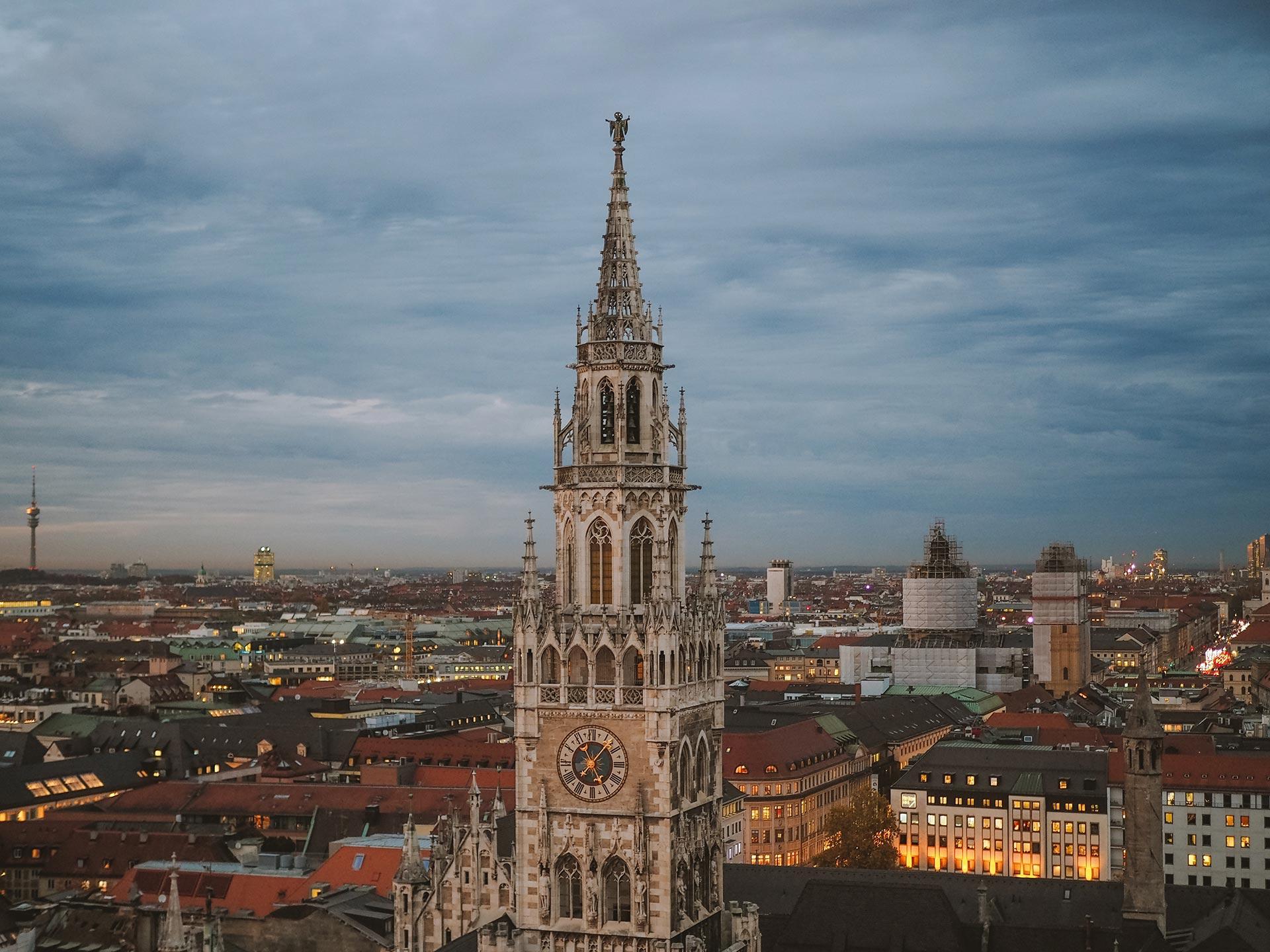
Marienplatz
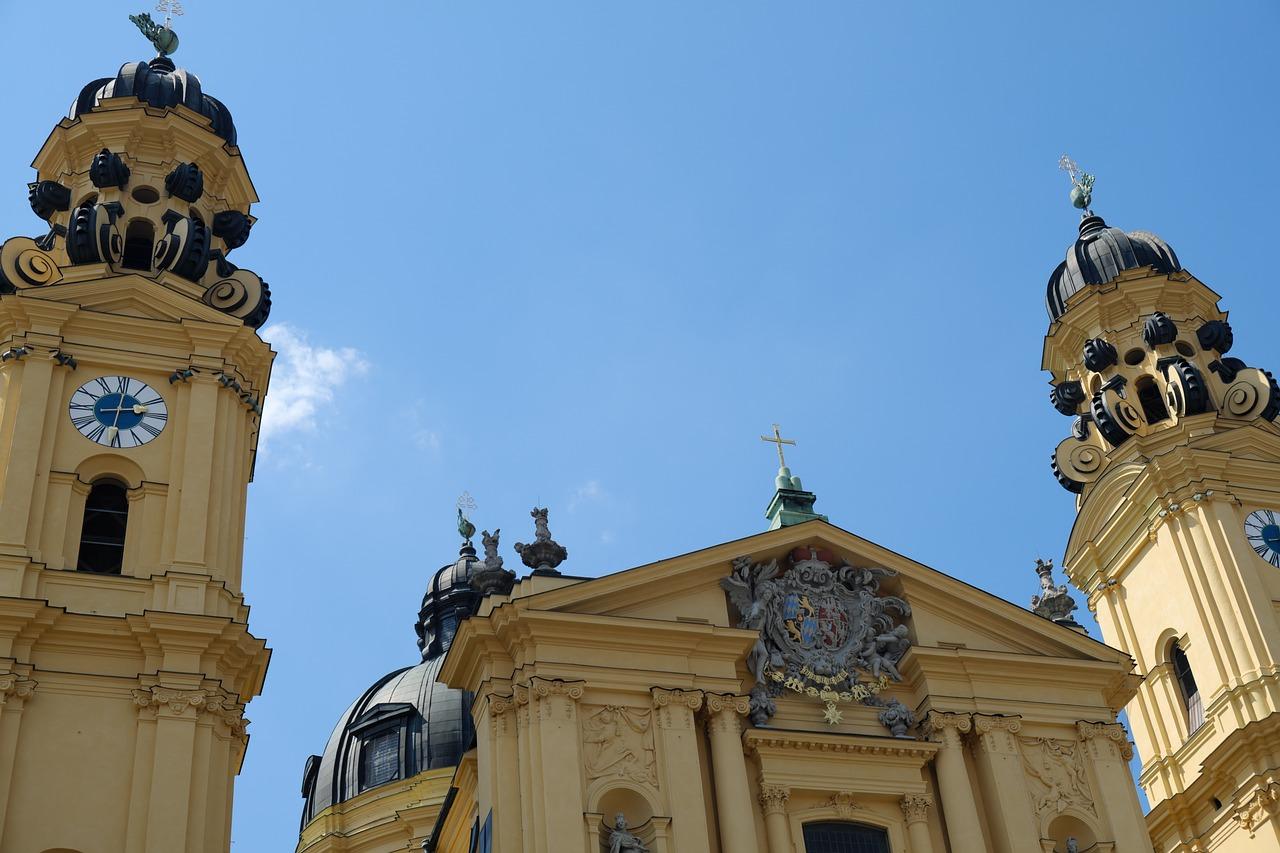
Theatinerkirche
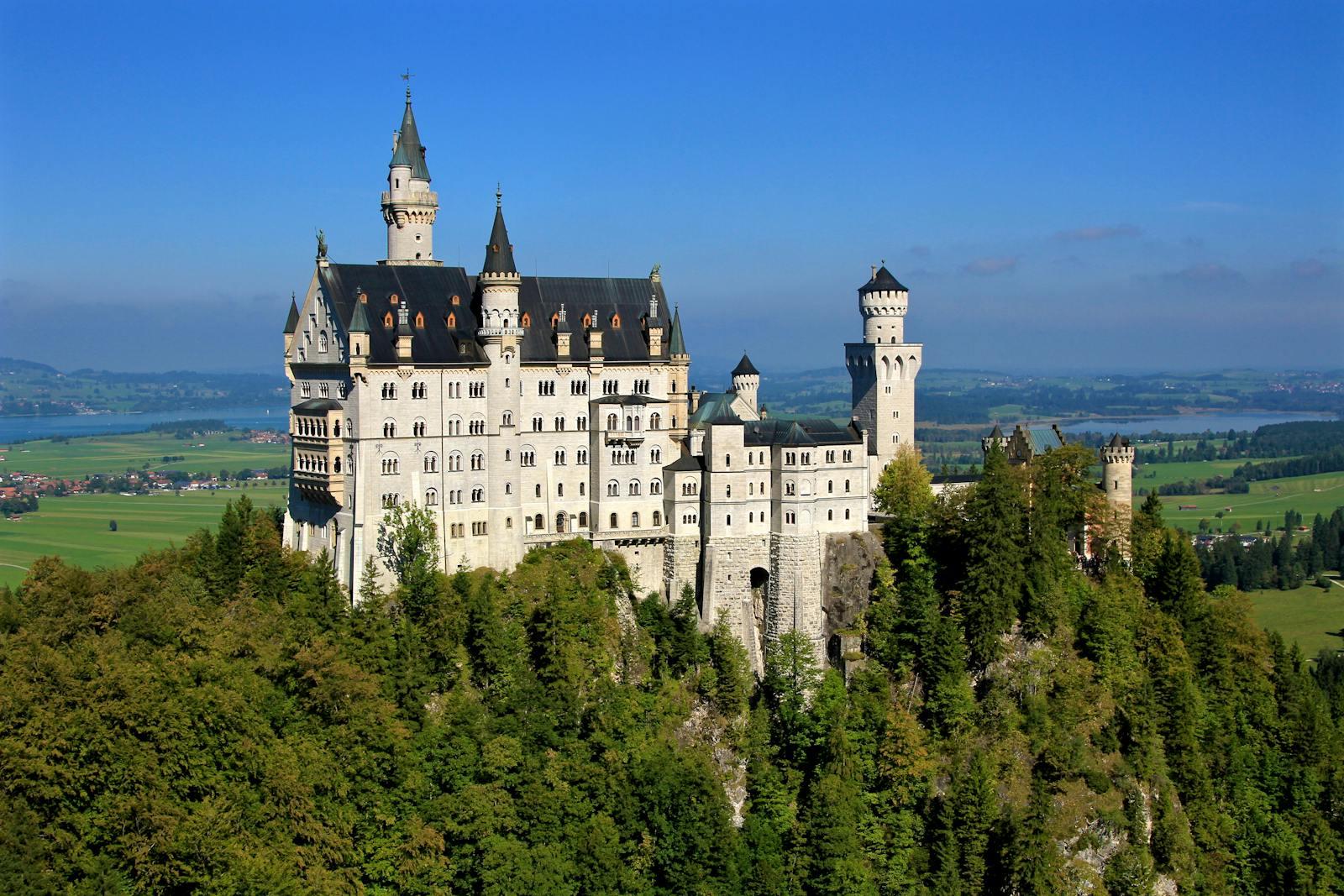
Neuschwanstein Castle
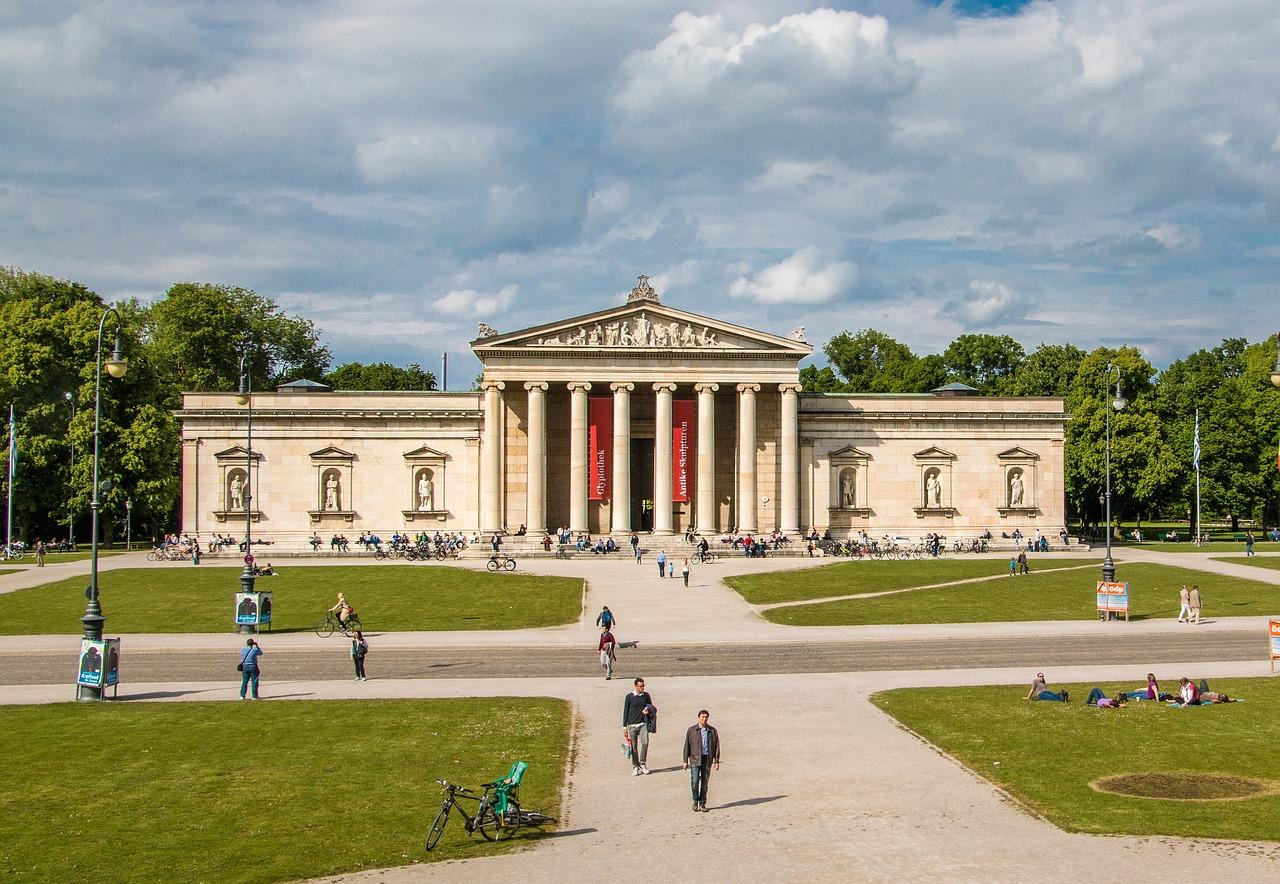
Glyptothek Museum
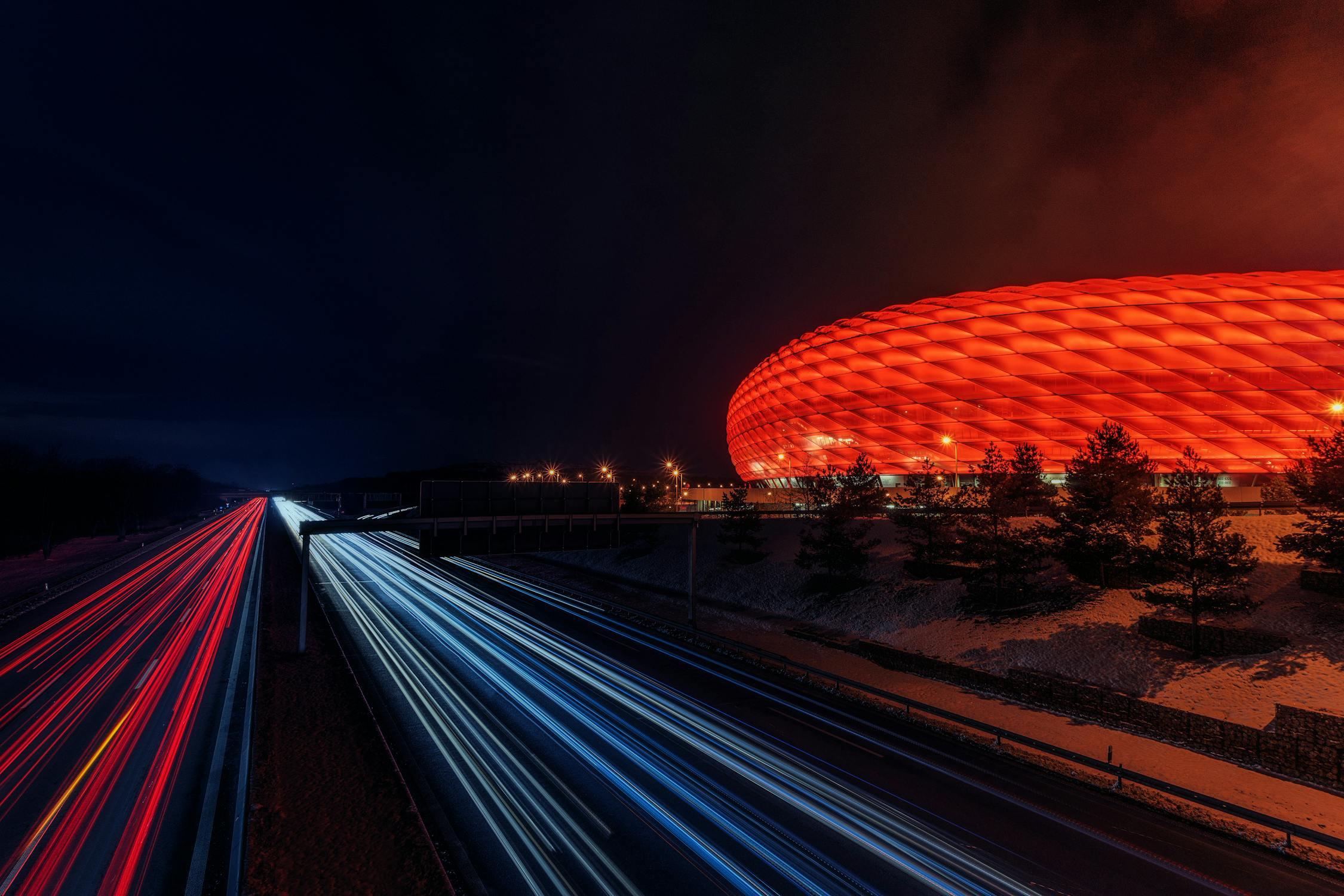
Visit Allianz Arena
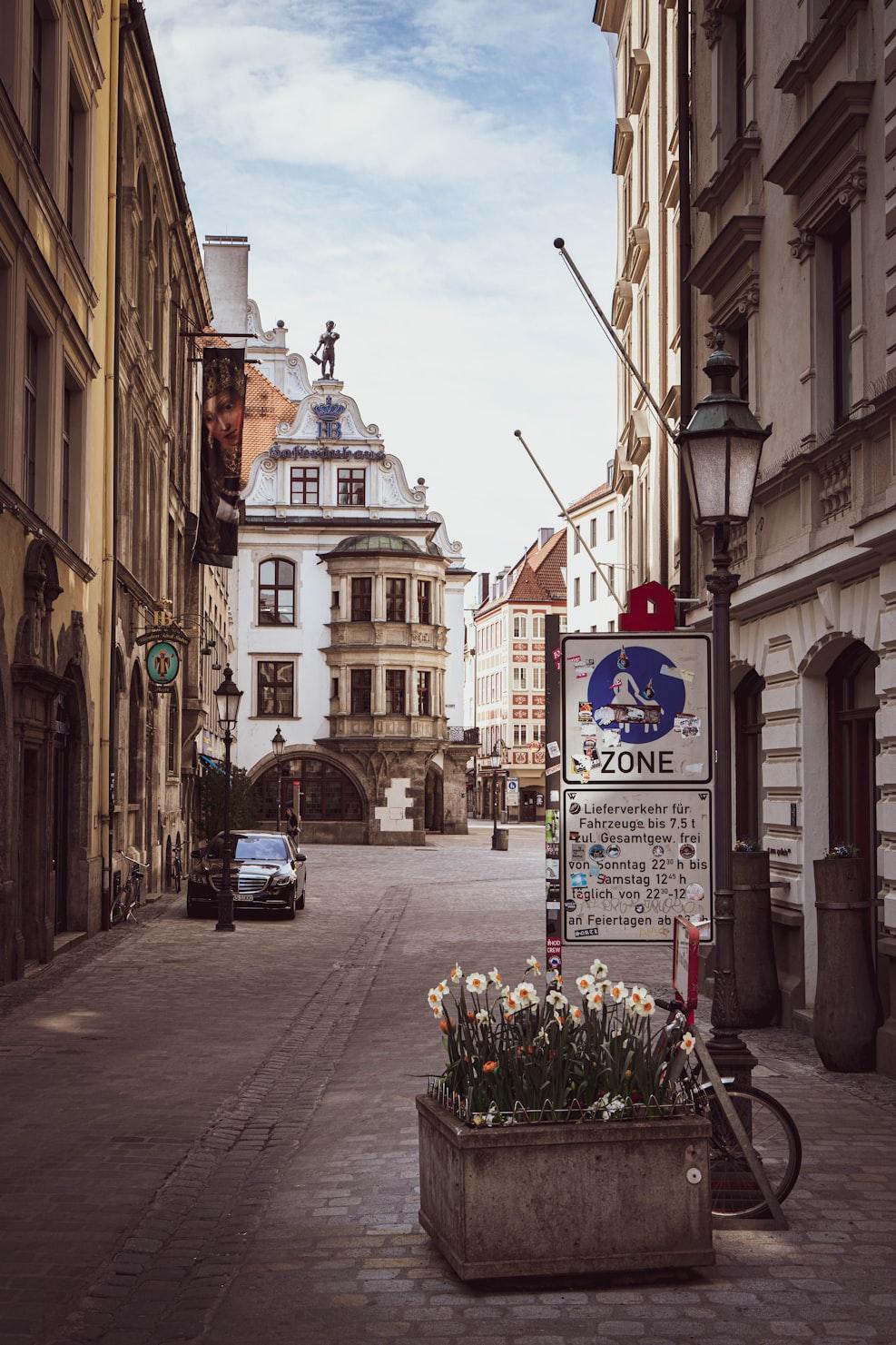
Hofbräuhaus
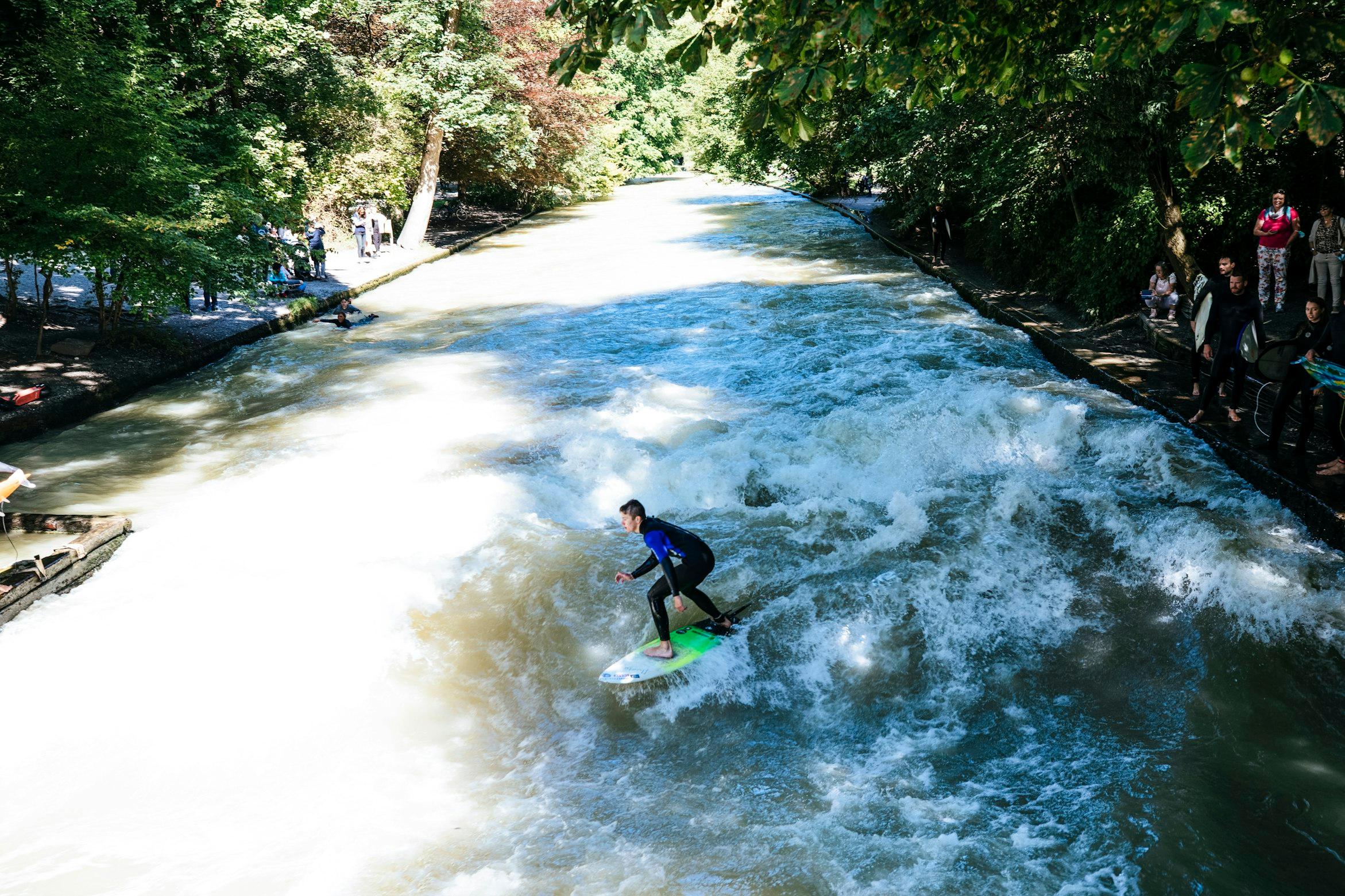
Eisbachwelle
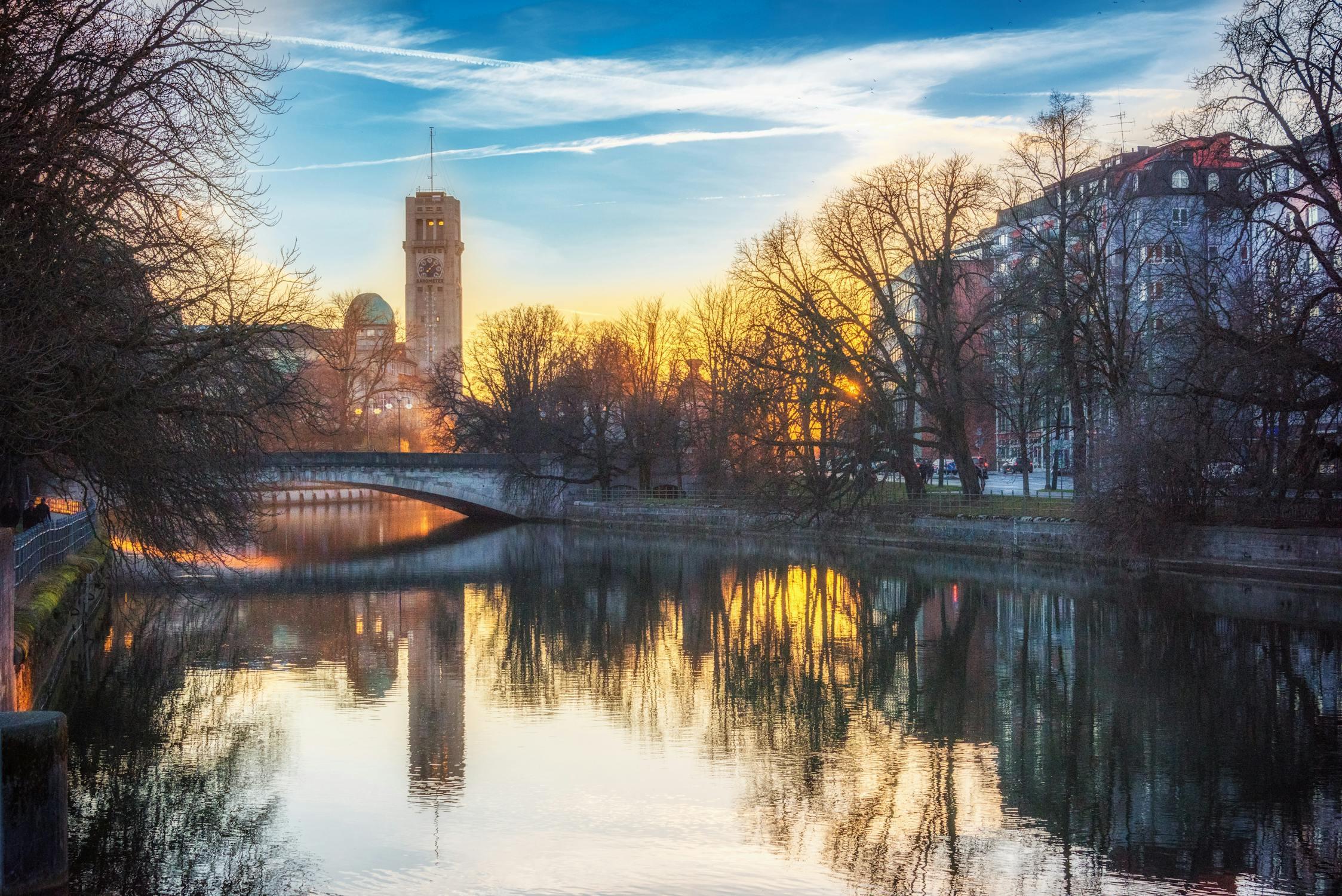
Munich Partner Accommodation
4.4 /5 ( 1,908 ratings).
Experience Munich’s vivacity from this centrally located hostel, a hop away from München Hauptbahnhof, the city's central station. The city’s main square, Marienplatz, and bustling Stachus are just around the corner, making exploration a breeze. After a day of roaming, enjoy the comfort of private rooms with terraces or relax at the expansive Englischer Garten's beer gardens, easily within reach for that well-deserved beer.
Athens , Greece
Step into Athens, where ancient history and modern rhythm blend seamlessly. Traverse the pathways of the Acropolis, absorbing the majesty of Parthenon. As the golden sun sets, savor traditional Greek cuisine in the Plaka neighborhood, under the violet hues of the Athenian sky. Contemporary art, thriving coffee culture, and vibrant street life complement the city's ancient splendor, making Athens a dynamic destination for today's intrepid traveler.
See the Athens itinerary...
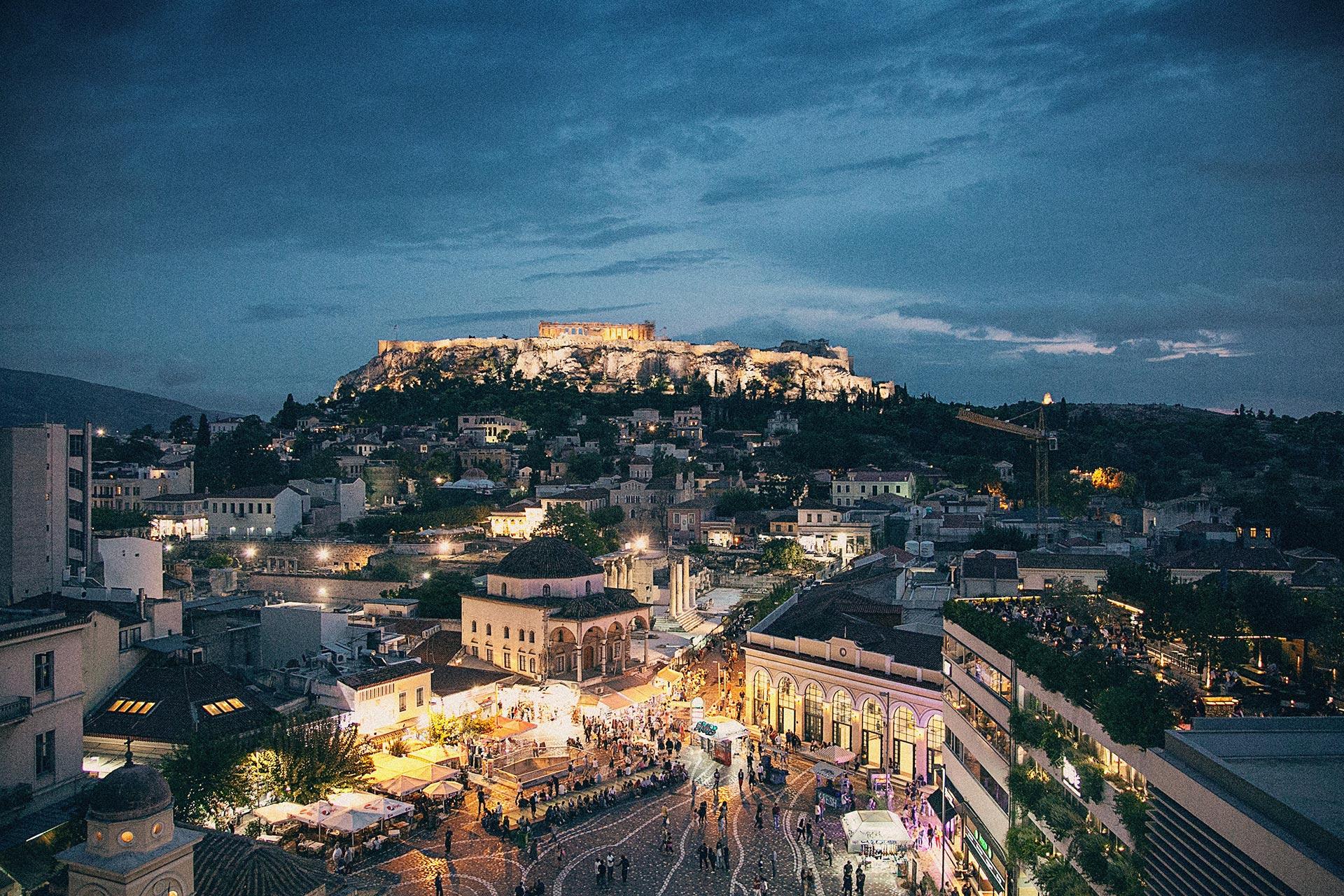
Visit the Acropolis
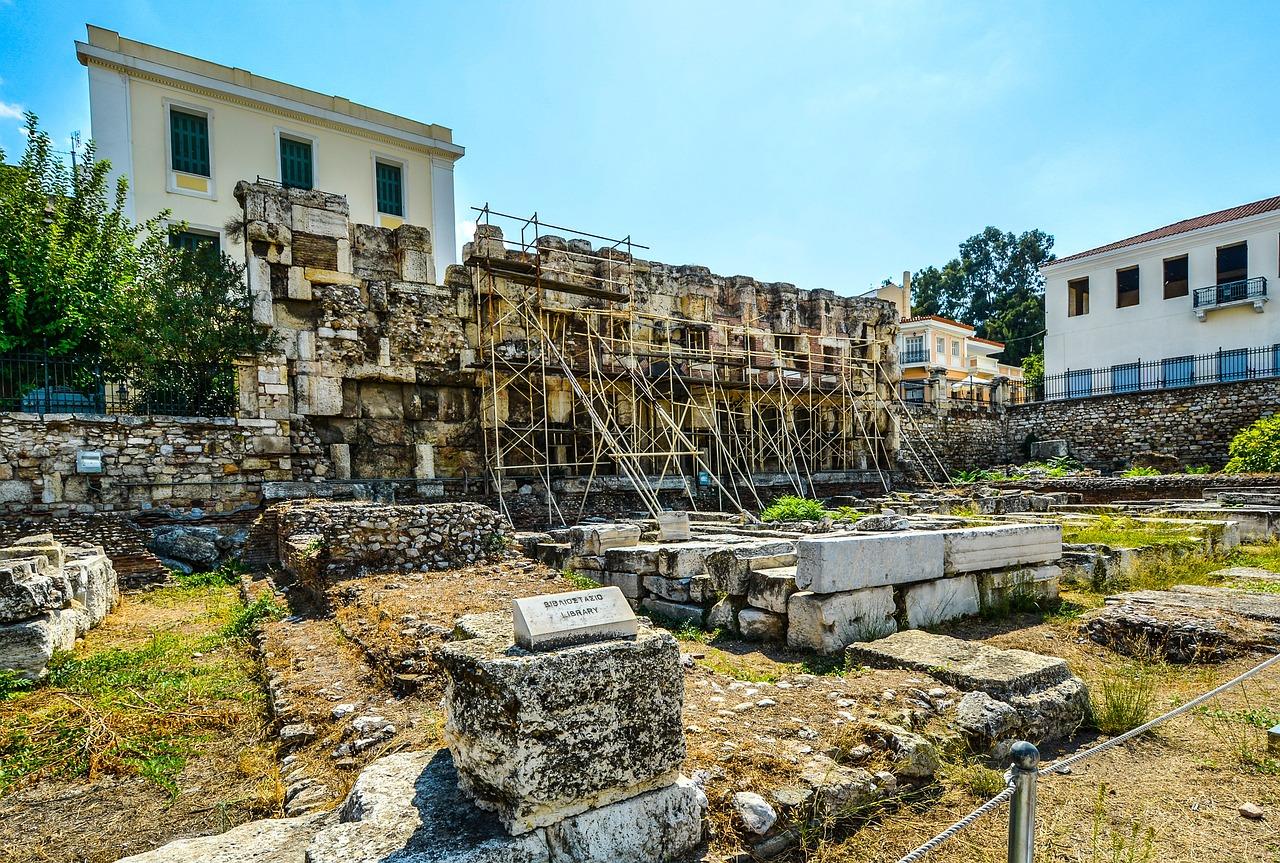
Ancient Agora
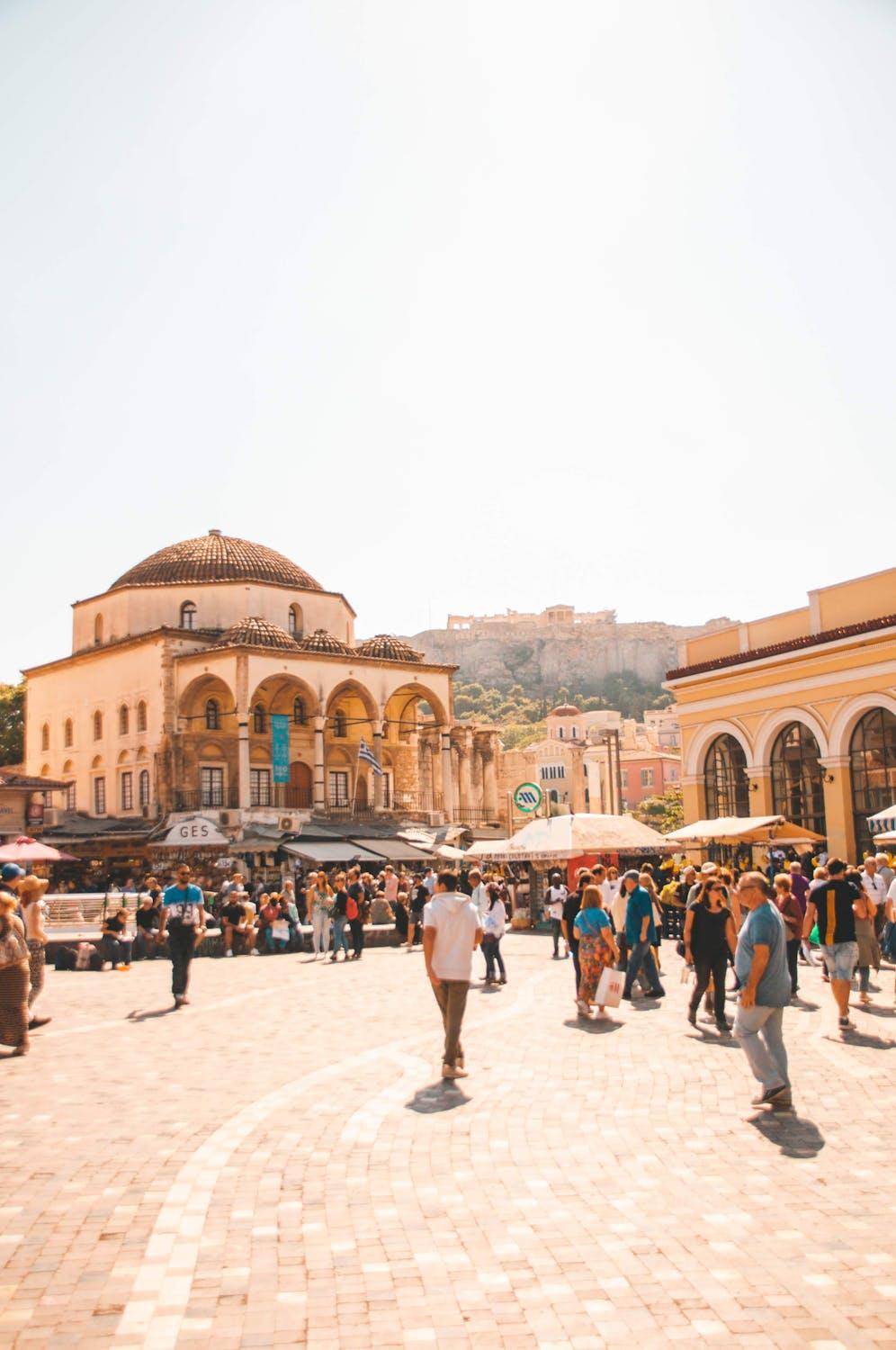
Monastiraki
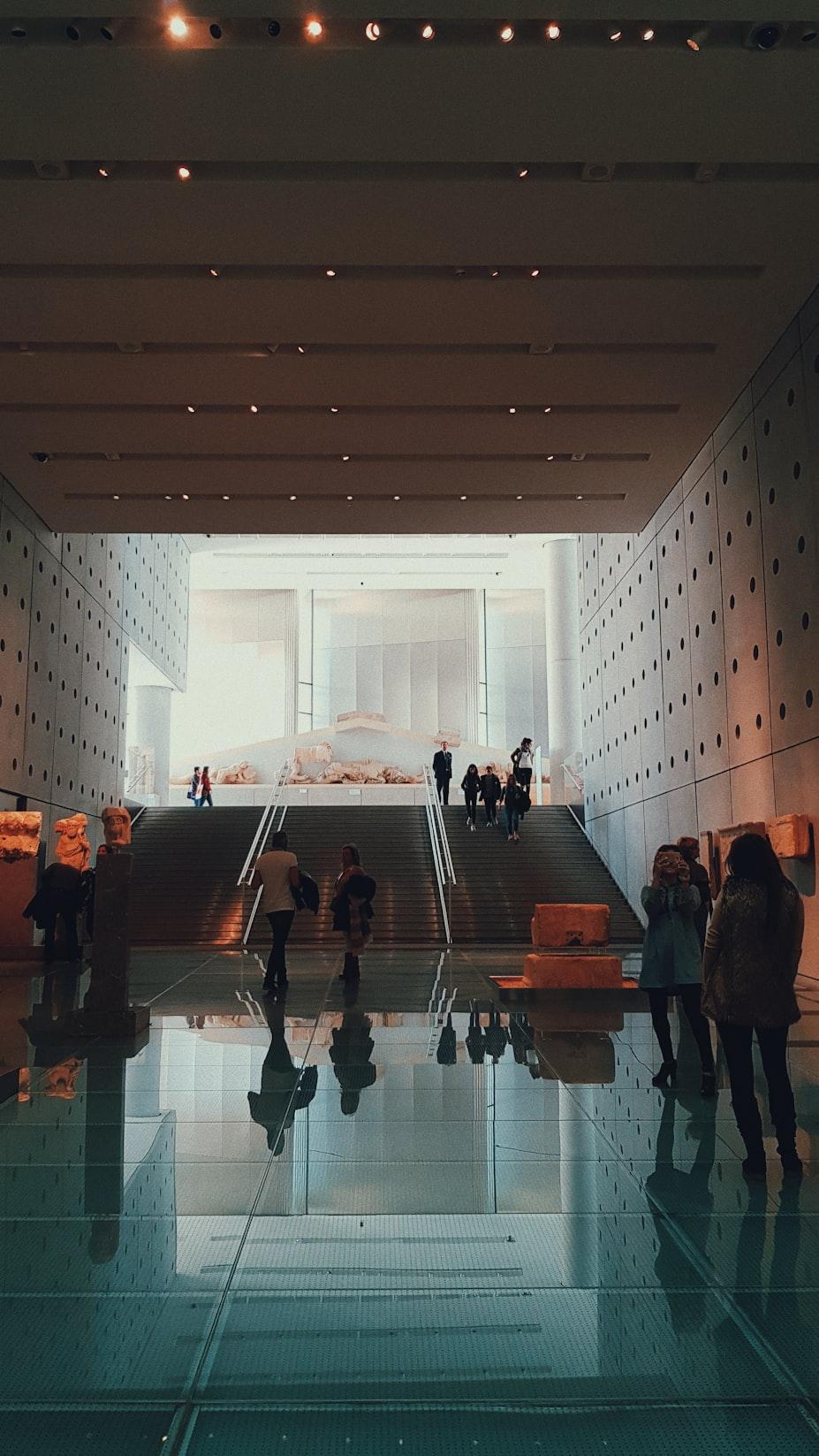
Acropolis Museum
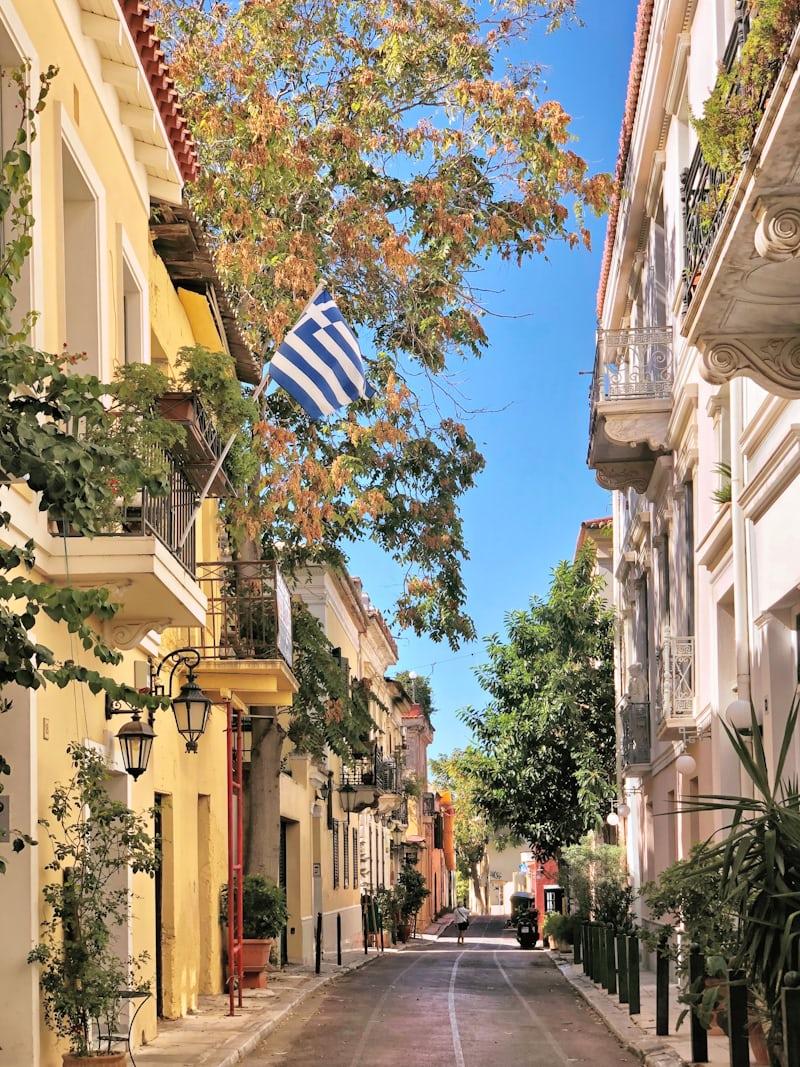
Spend an Evening in Plaka
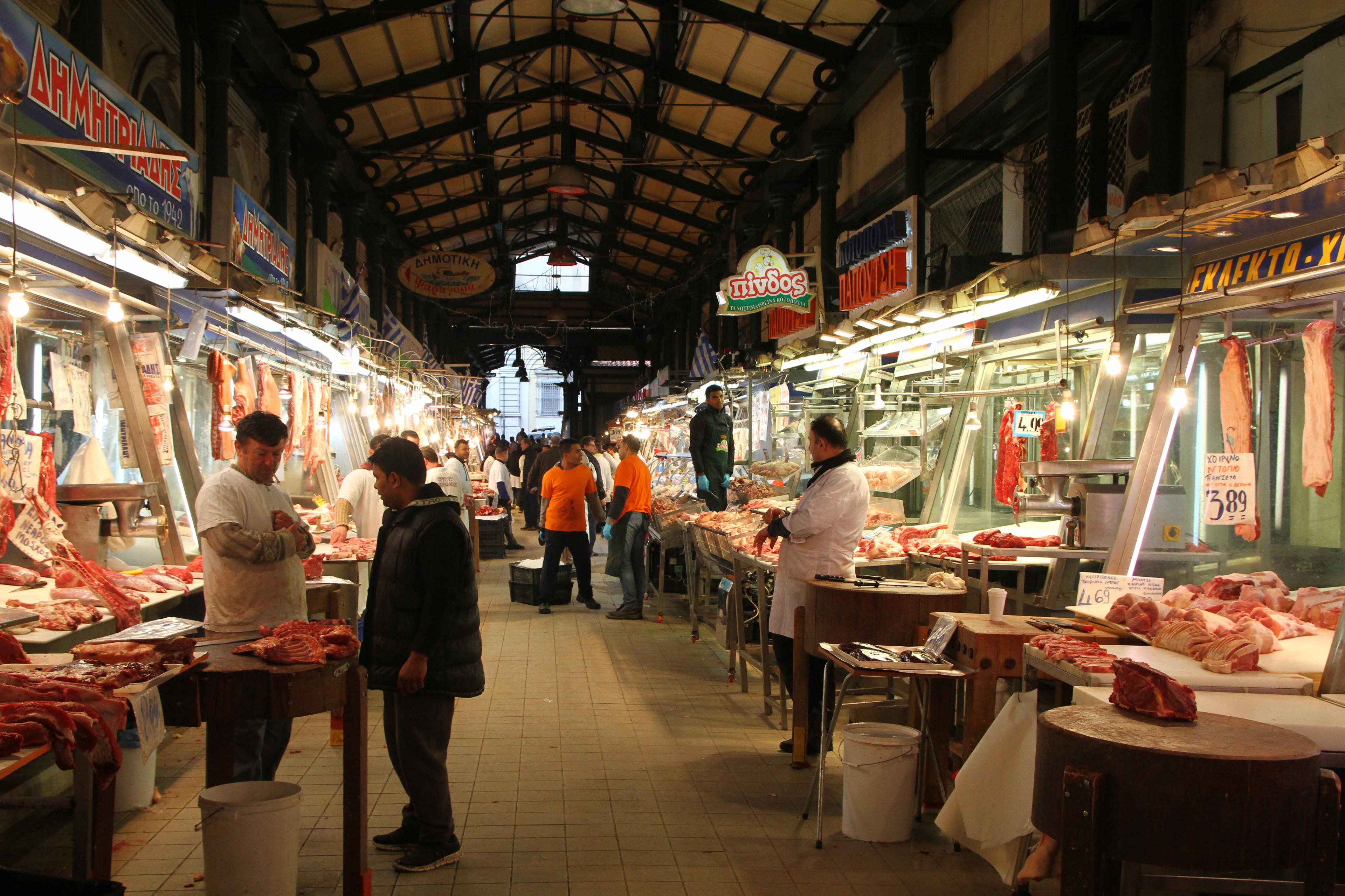
Athens Central Market
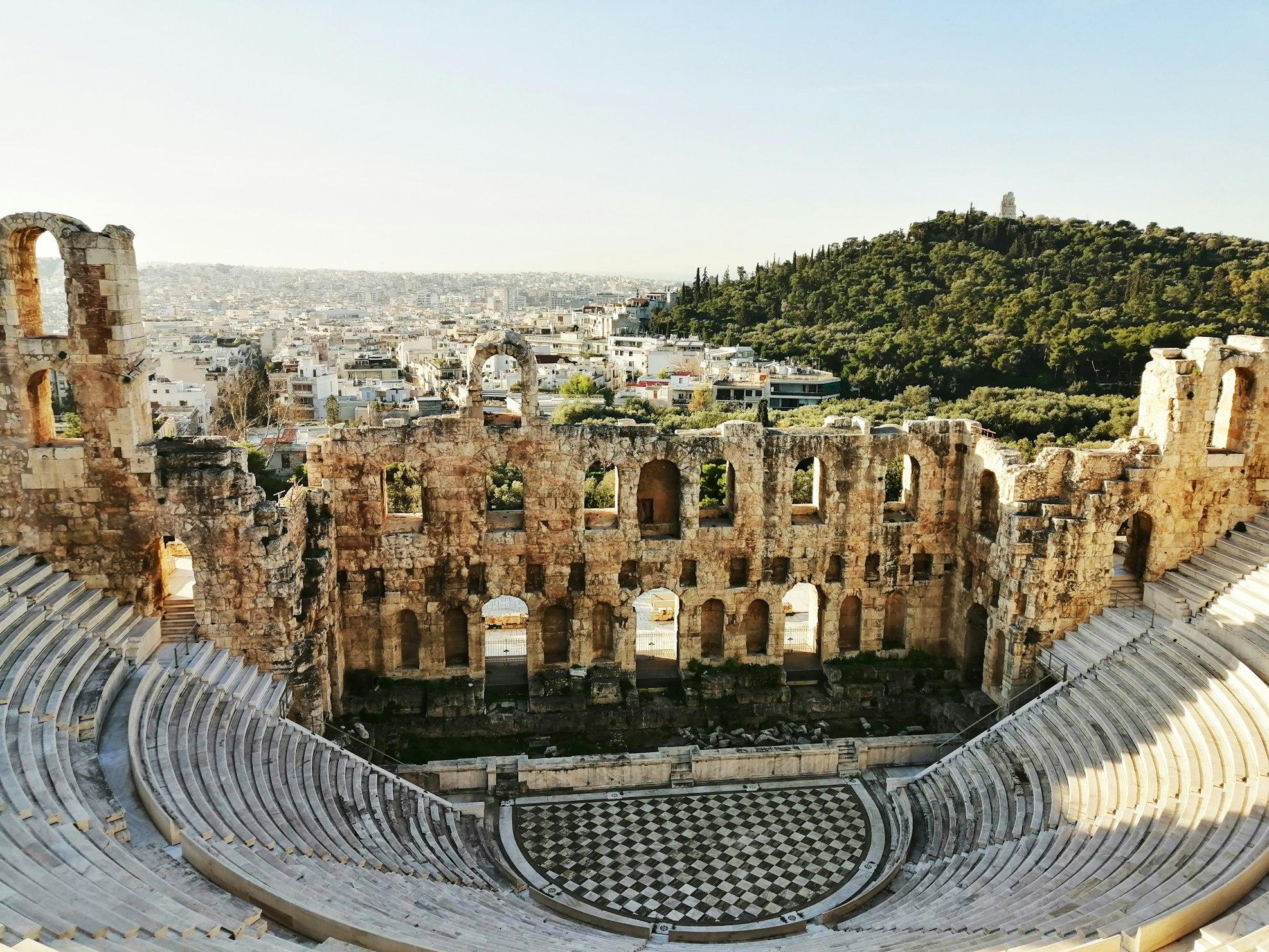
Theater of Dionysus
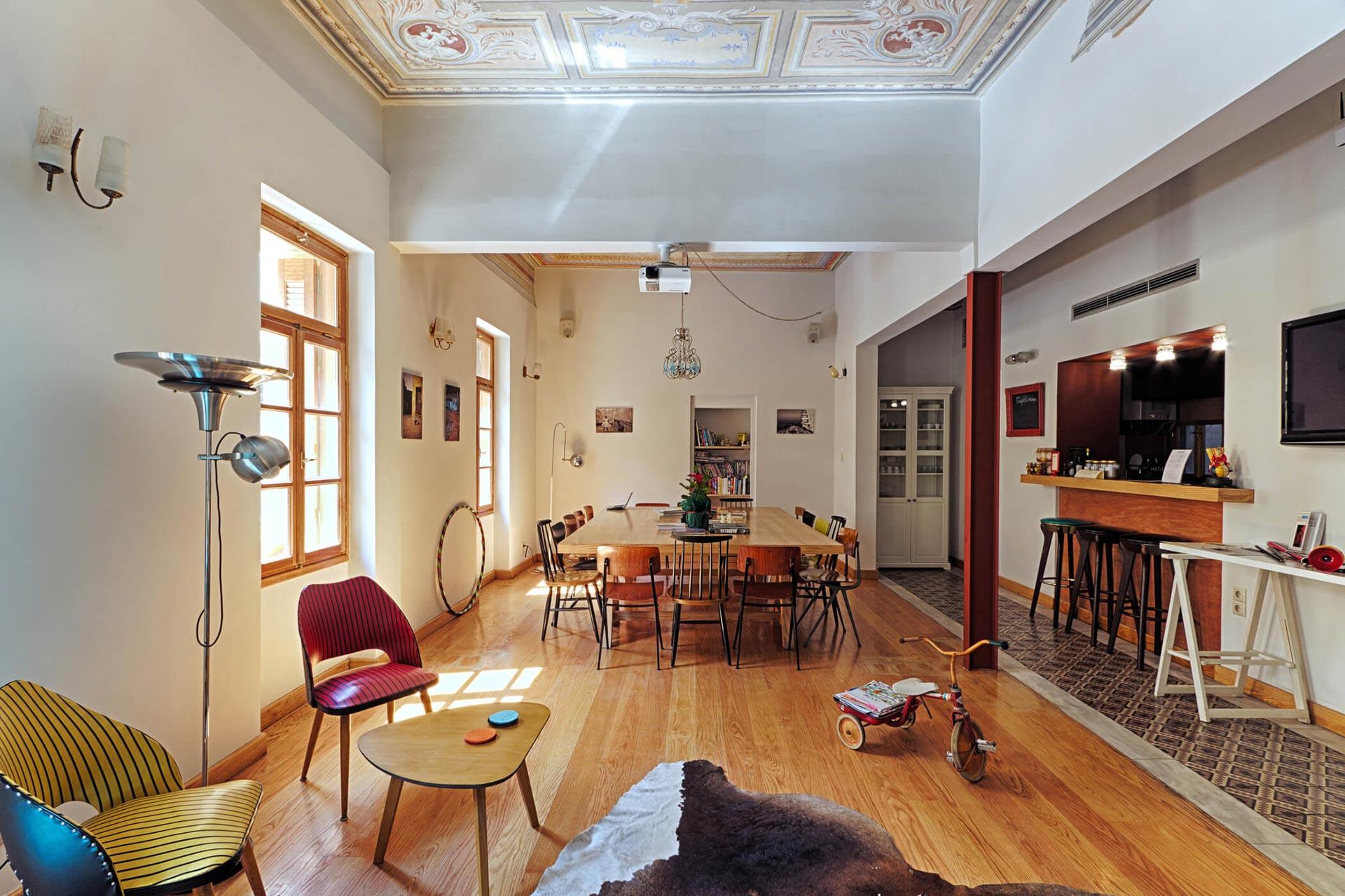
Athens Partner Accommodation
4.6 /5 ( 400 ratings).
Experience the grandeur of 19th-century architecture at this polished hostel, just a 4-minute stroll from the nearest metro station. Soak in breathtaking views of the iconic Acropolis from the hostel's rooftop terrace, and take advantage of bike rentals or guided city tours to fully immerse yourself in Athens. Relax in the laid-back TV lounge, or enjoy the vibrant atmosphere at the on-site restaurant/bar.
Santorini , Greece
Santorini captivates with its stunning sunsets, white-washed buildings, and crystalline waters. Traverse the narrow streets of Oia, adorned with vibrant bougainvillea and breathtaking views of the azure Aegean Sea. Unwind on the unique black sand beaches and savor exquisite Greek cuisine in cliff-side taverns. For those seeking both relaxation and adventure, Santorini promises a sublime blend of exquisite beauty, warm hospitality, and abundant exploration opportunities.
See the Santorini itinerary...
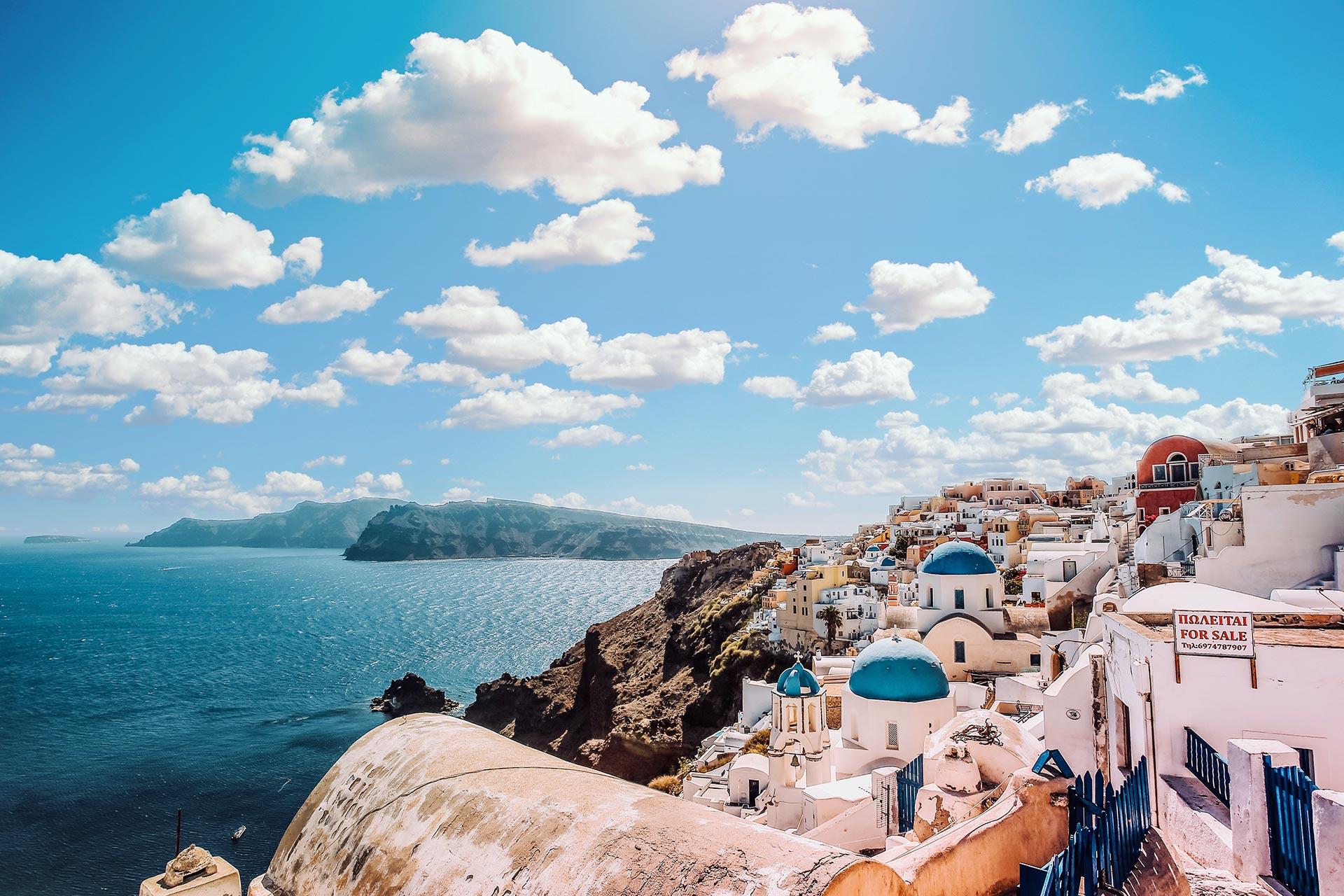
Spend a Day in Oia
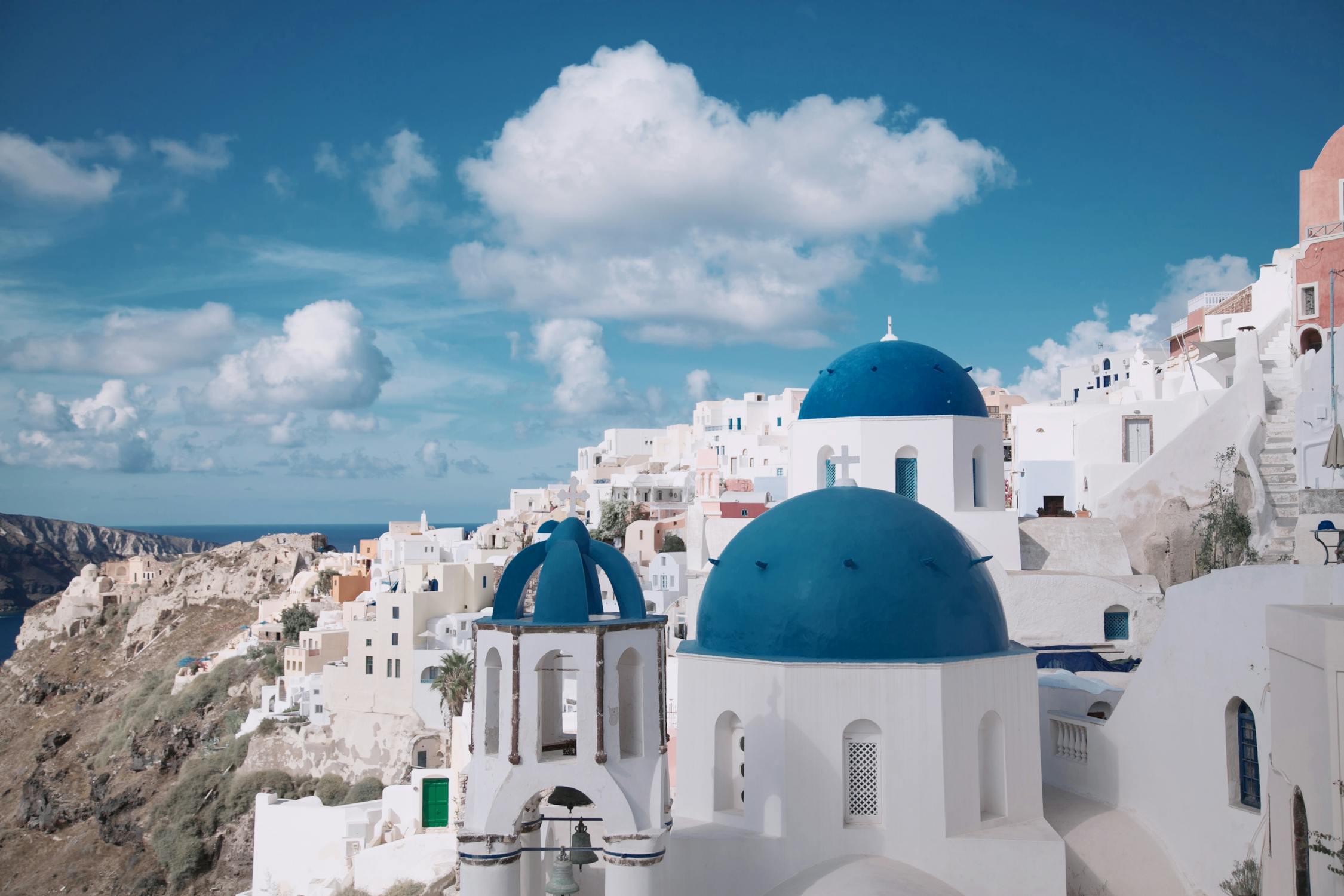
Blue-Domed Churches
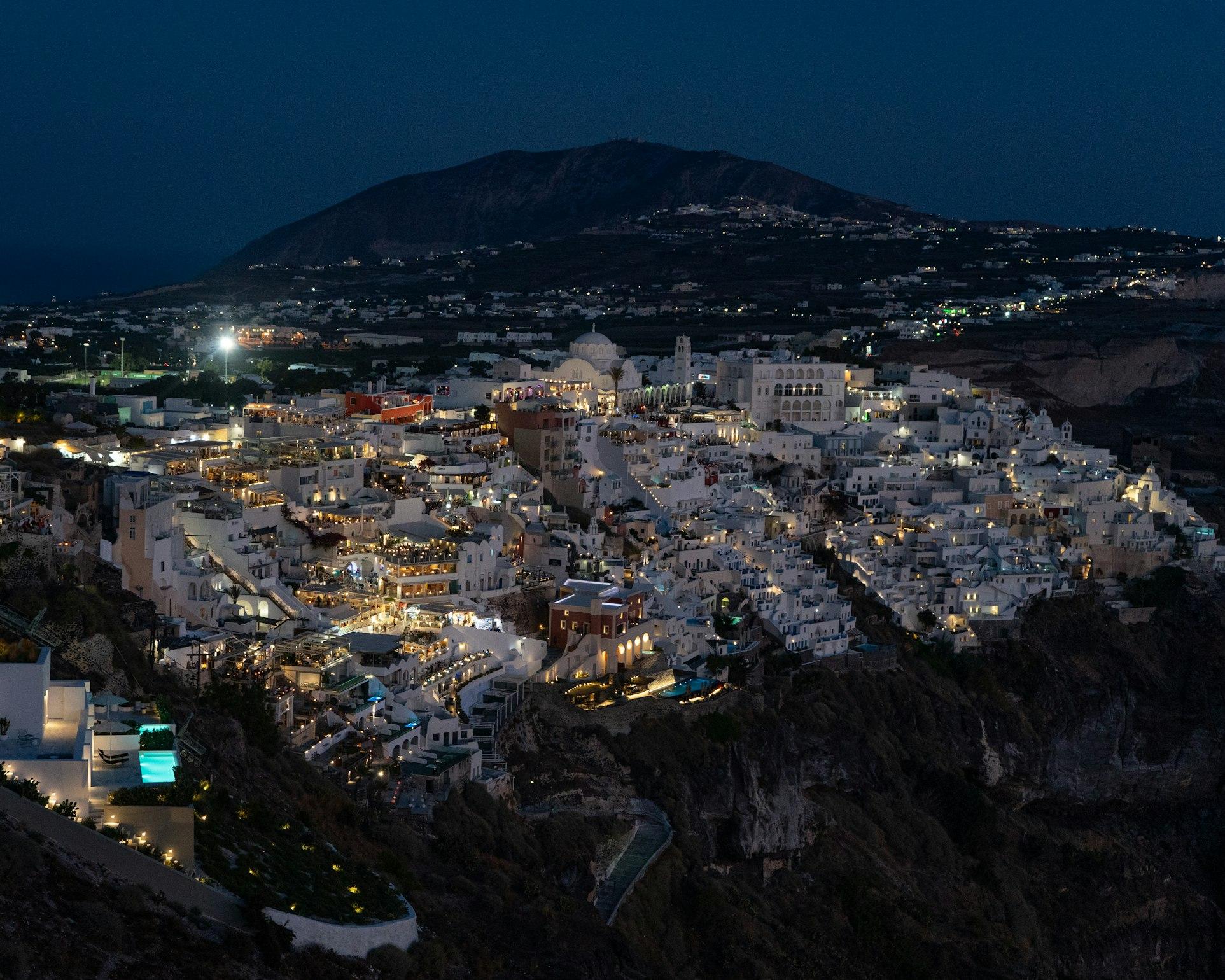
Sunset in Fira
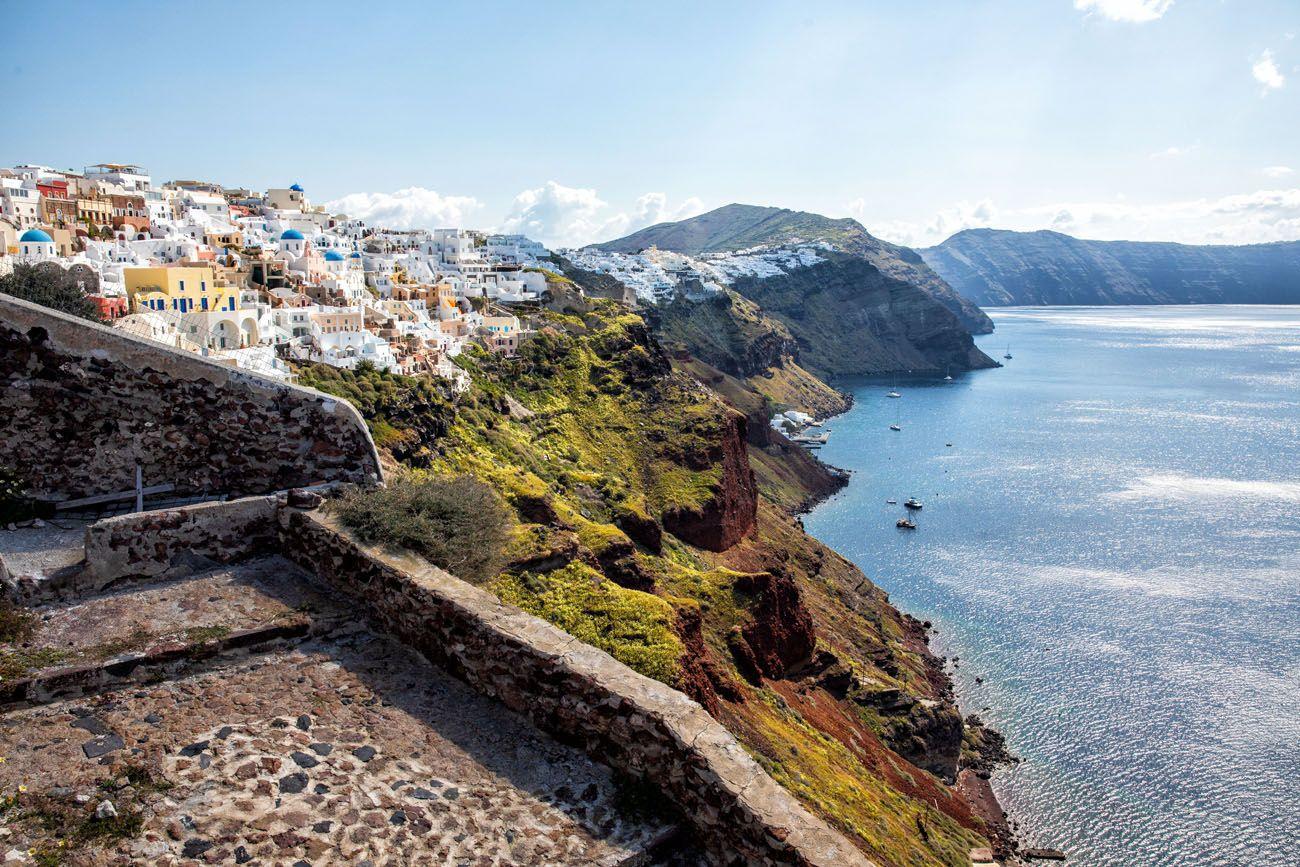
Hike from Fira to Oia
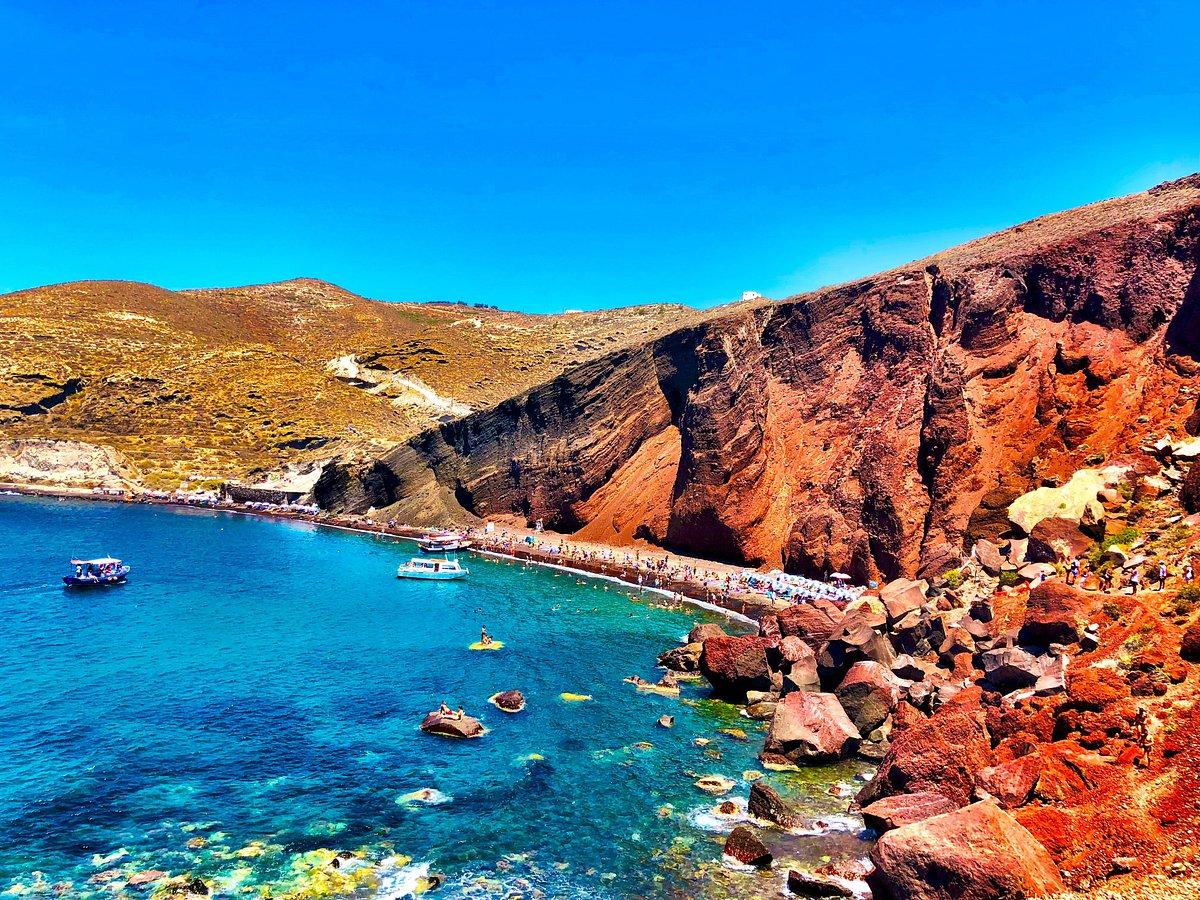
Black Beach
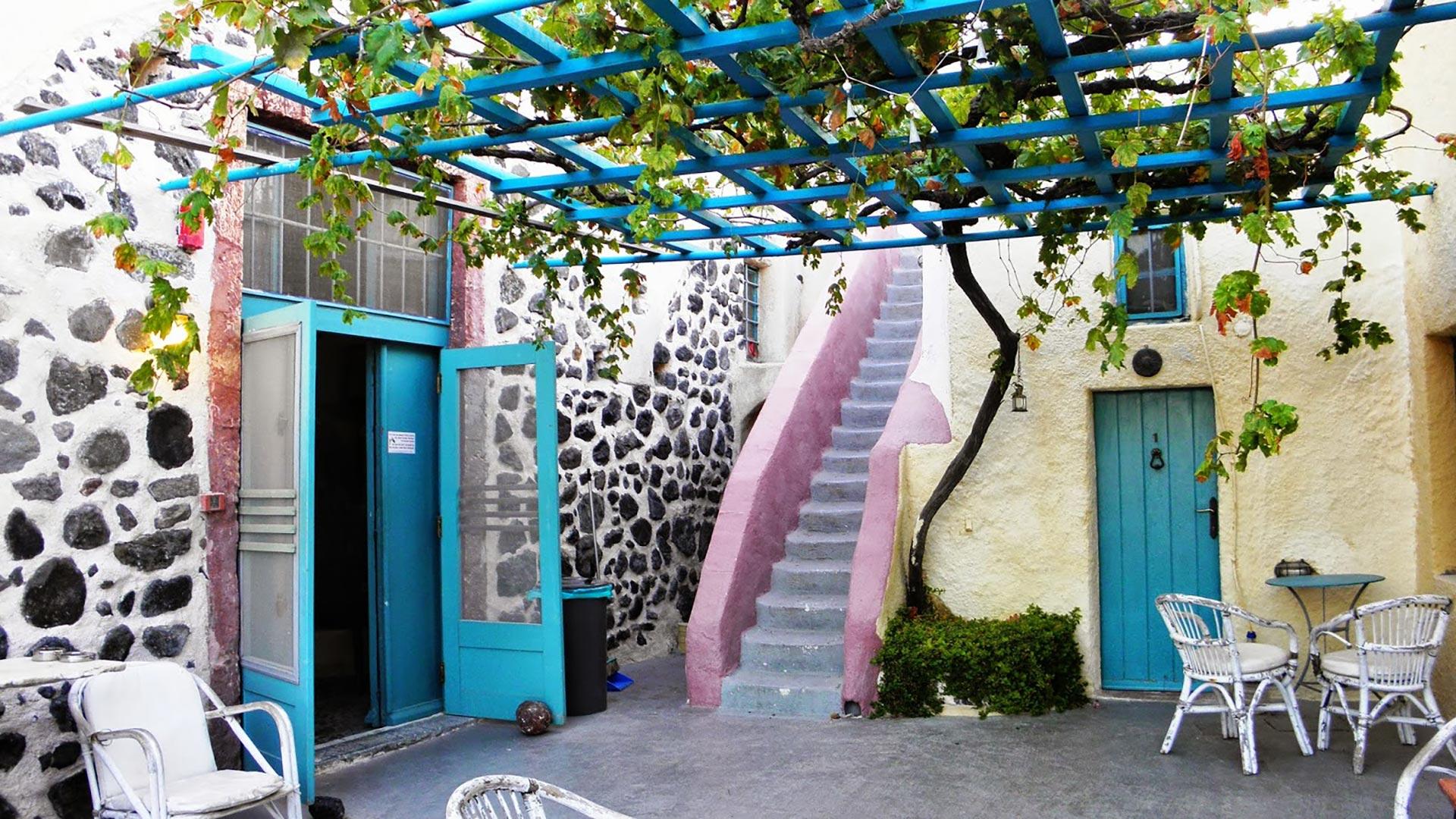
Santorini Partner Accommodation
4.4 /5 ( 78 ratings).
Delve into Santorini's heartbeat with a stay in a historic 18th-century winery turned hostel. Discover the rustic charm of Karterados village, just a stone’s throw from the bustling Fira Town. Recharge in the tranquility of traditional cave rooms or bask on sea-view terraces. Abundant in modern amenities and vibrant gardens, navigate the island's wonders, and retreat to the peaceful hum of local life, ensuring a memorable and genuine adventure as smooth as the Aegean breeze.
Barcelona , Spain
Barcelona, the vibrant capital of Catalonia, is a mesmerizing city that showcases a unique blend of history, art, and modernity. With its spellbinding architecture, including the iconic works of Antoni Gaudi, and a rich cultural heritage, Barcelona offers a mesmerizing experience to travelers. Whether it's strolling through the Gothic Quarter, admiring the Picasso Museum, or sipping on a cocktail on a seaside terrace, Barcelona has something to offer for everyone. The city's world-renowned dining and drinking scene adds an extra layer of excitement, making it an irresistible destination for travelers seeking a mix of culture, relaxation, and indulgence.
See the Barcelona itinerary...
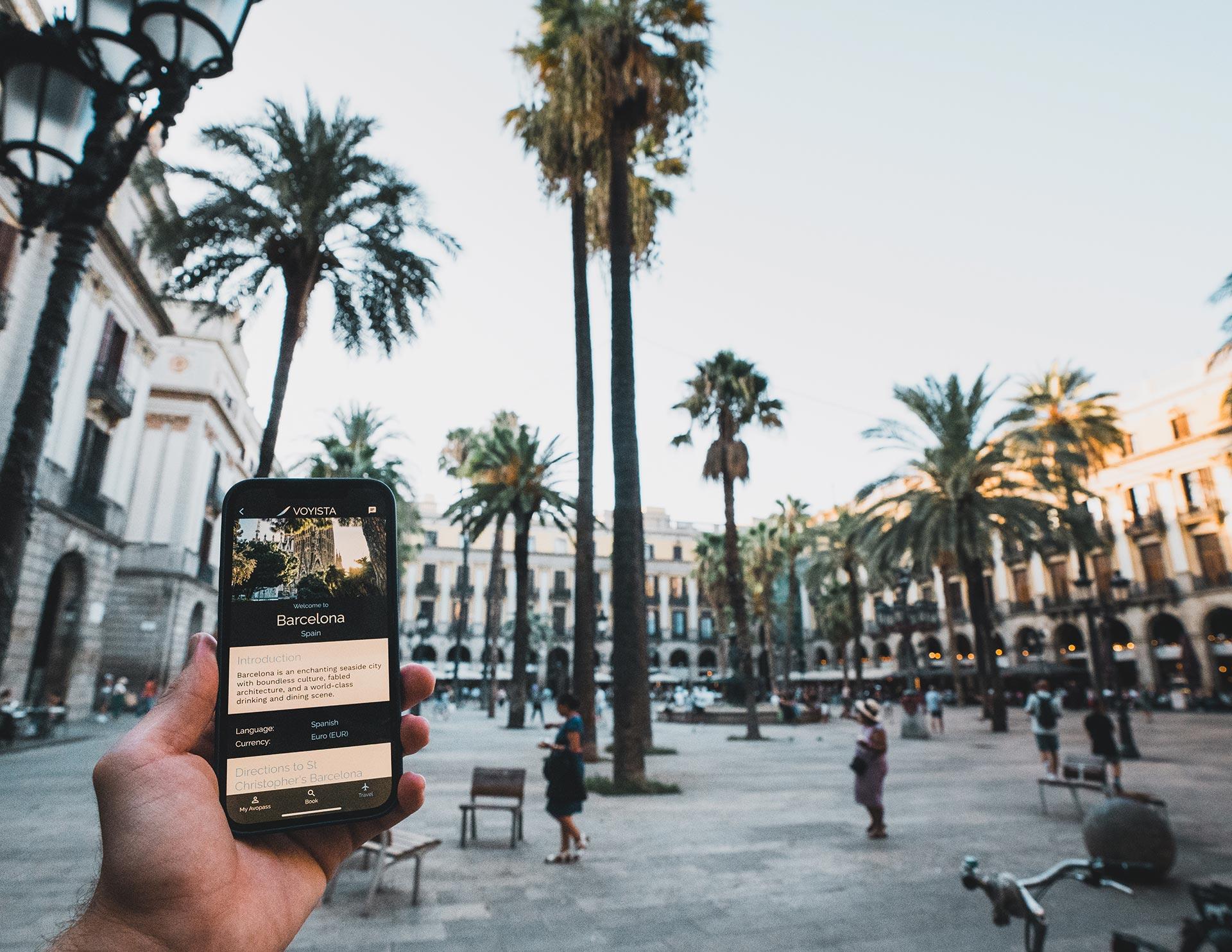
Sagrada Familia
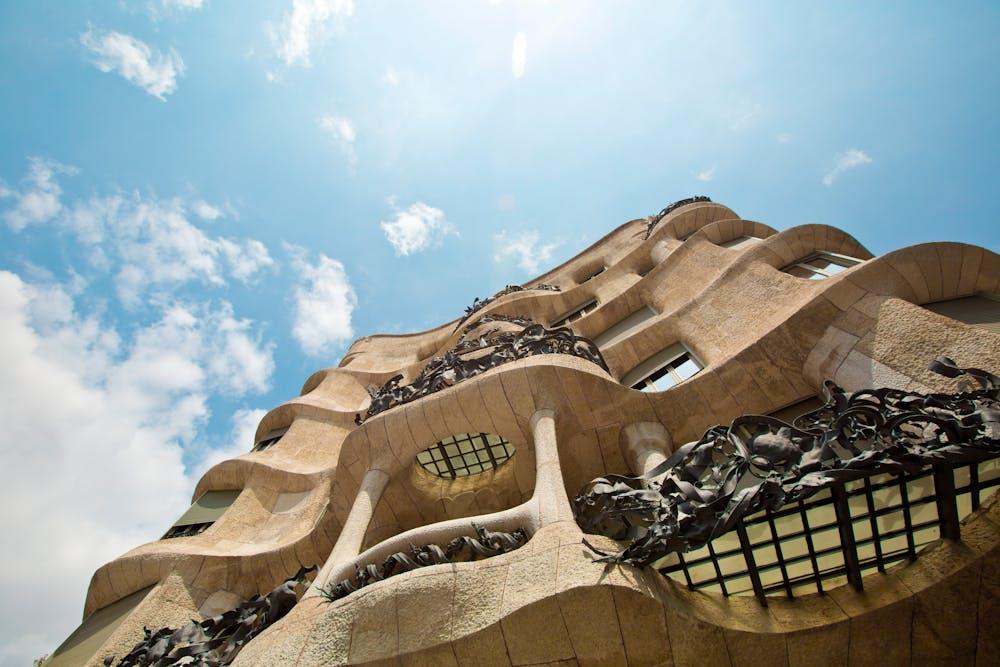
Gaudi Masterpieces
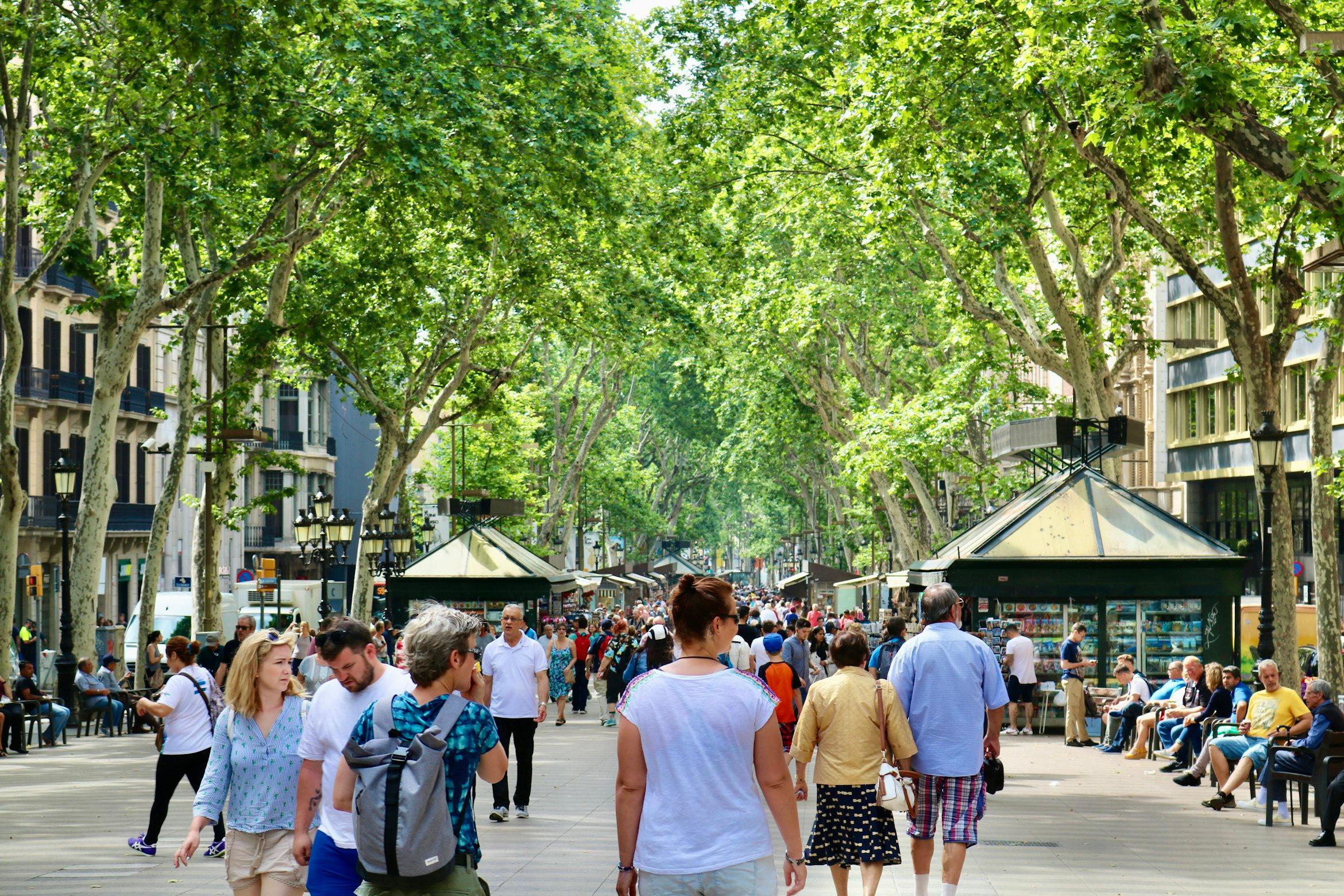
Las Ramblas
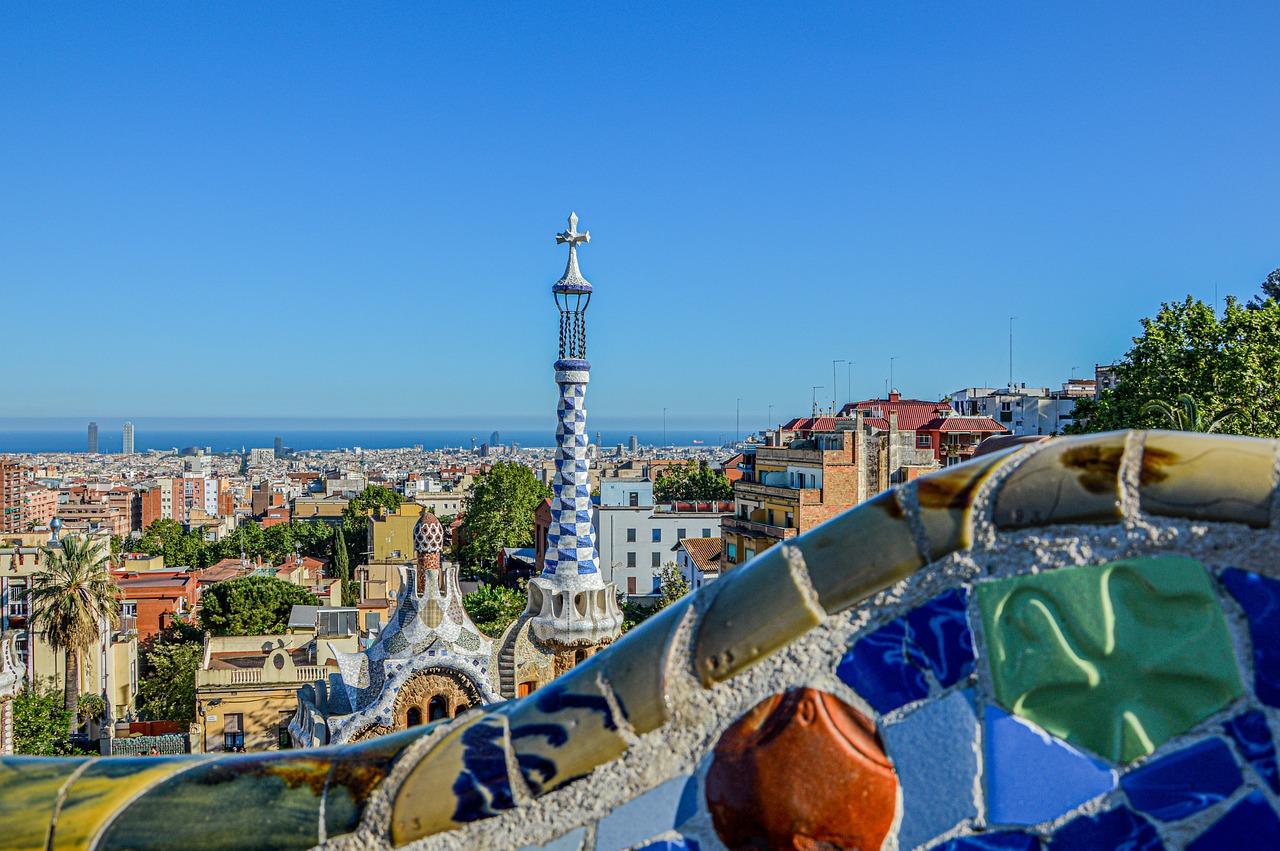
Walk through Park Güell
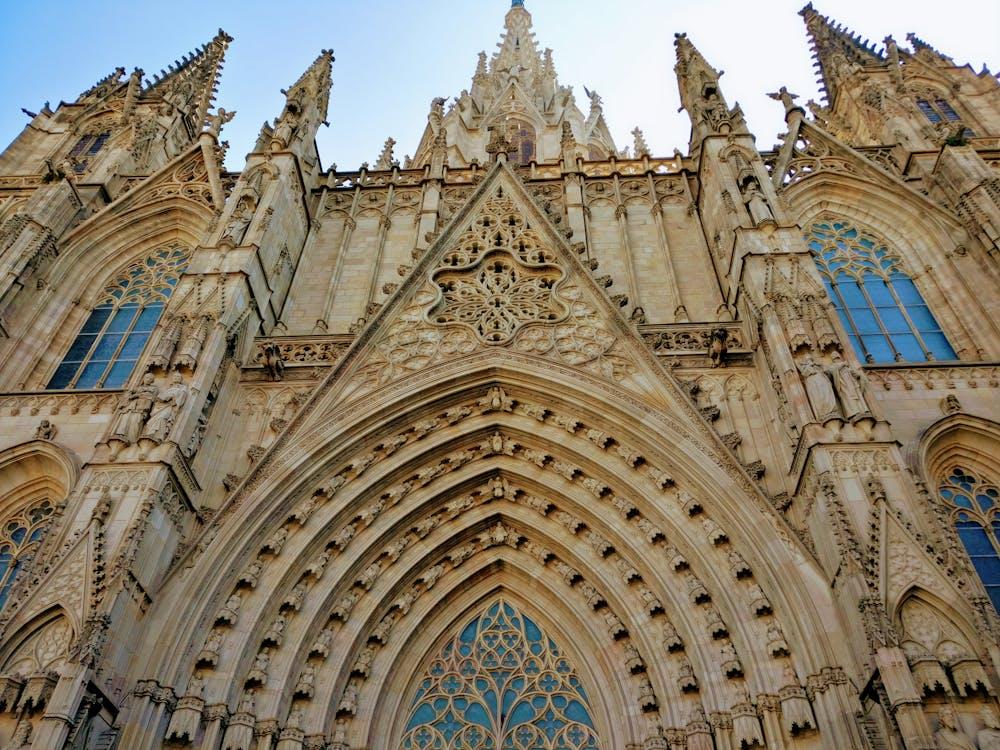
Barcelona Cathedral
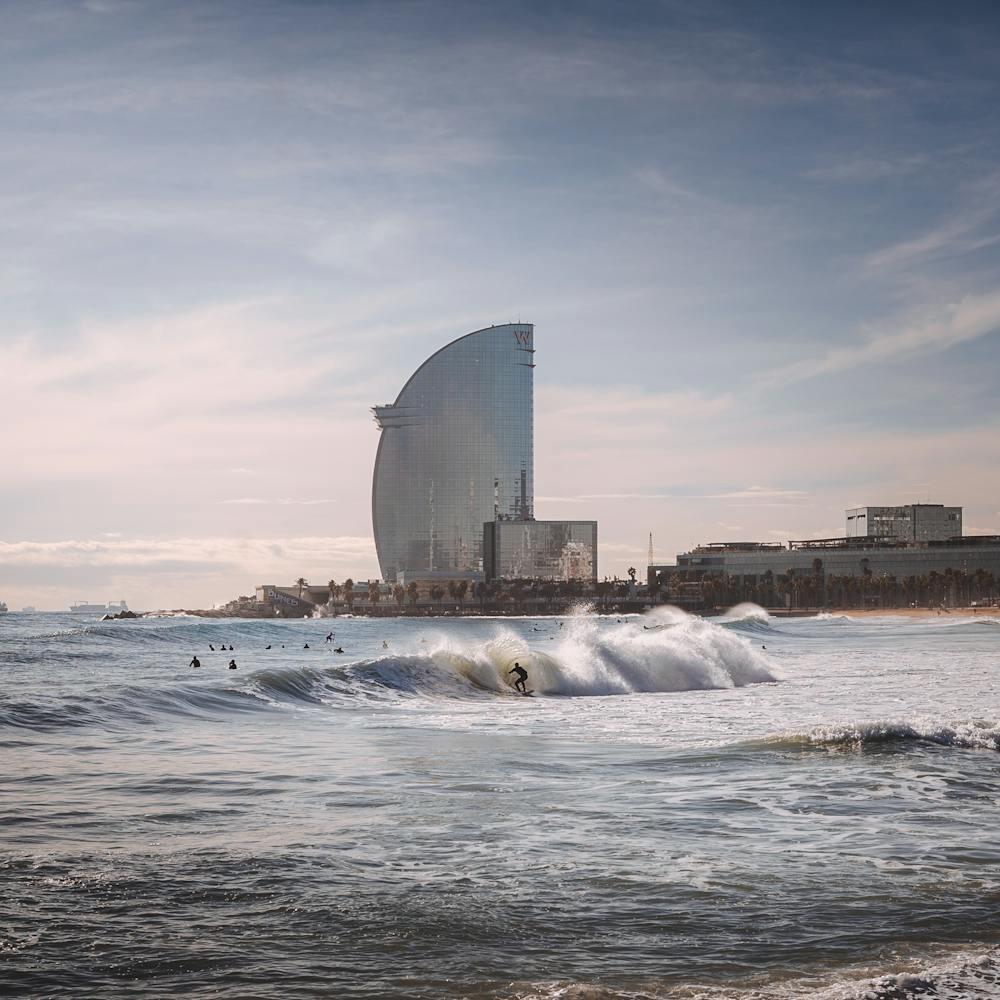
Visit the Beach
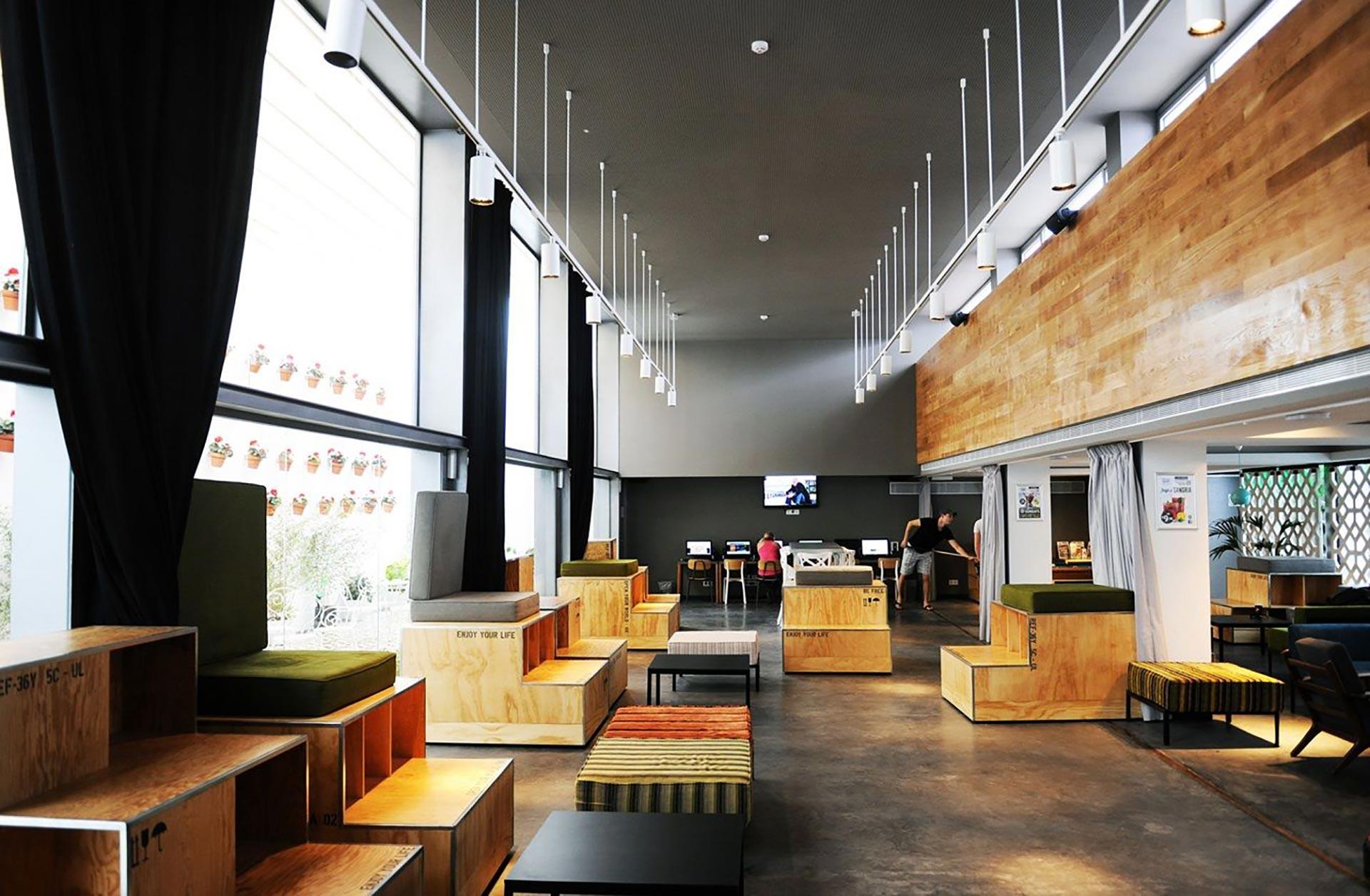
Barcelona Partner Accommodation
4.2 /5 ( 1,866 ratings).
Steps away from the bustling heart of Barcelona, this lively hostel offers a unique base for your adventures. Located just a short walk from shopping along La Rambla and the nearest metro station, getting around the city is a breeze. Socialize with fellow travelers in the guest kitchen, dining room, or on the furnished rooftop terrace. With coin-operated laundry facilities on-site and a popular bar with events, you'll have everything you need for a comfortable and memorable stay.
*Depending on seasonality and opening dates, properties may be substituted with one of similar high-quality.
Included on this trip, accommodation, for 15 nights, 6 city connections, at our partners, city guides, on mobile app, our groundbreaking app, a travel guide in your pocket, 24-7..
Arrive at Destination
Your Accommodation
Explore the City
Depart Seamlessly
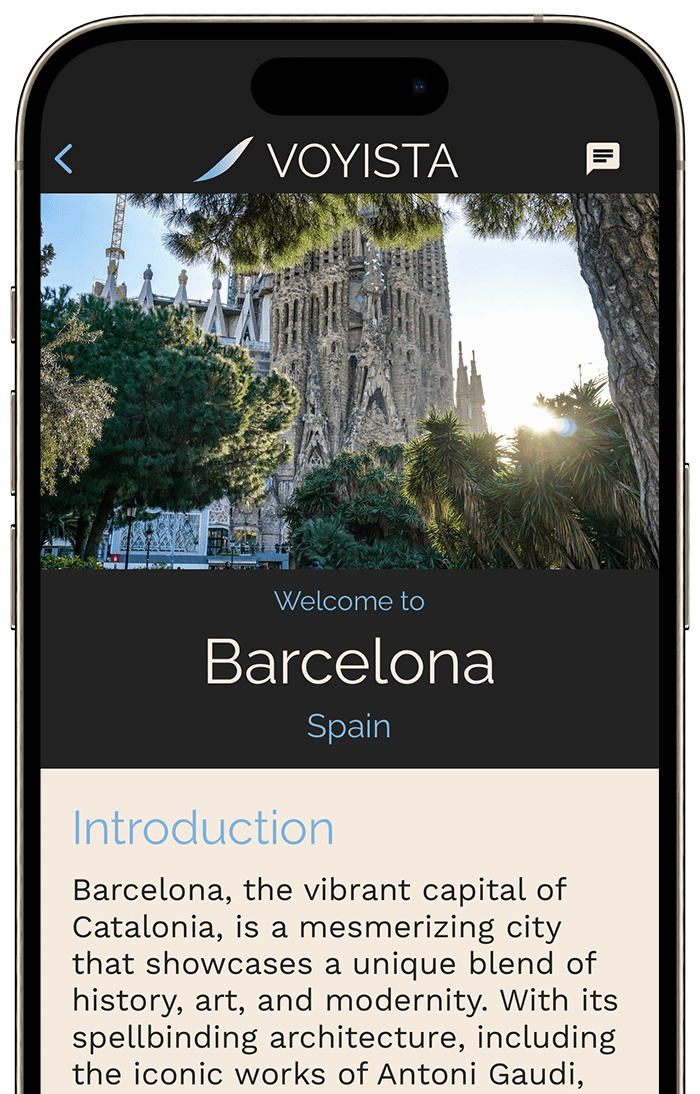
Avopass makes it easy to arrive in the unknown
From the moment you step off the plane, we have you covered. See important info and get a background of the place you'll be visiting. Access step-by-step directions to your accommodation.
connections
1. add international flights, or book your own, 2. choose a start date.
Navigate forward to interact with the calendar and select a date. Press the question mark key to get the keyboard shortcuts for changing dates.
Navigate backward to interact with the calendar and select a date. Press the question mark key to get the keyboard shortcuts for changing dates.
- 7 Continents
- World Capitals
- World Flags
- World Currencies
- Calling Codes
- Country Domains
- Best Travel Places
- North America
- South America
- Australia and Oceania
List of European capitals
The countries' principal cities have always been among the best places to live. The top-rated capitals by the life quality in Europe are Vienna, Copenhagen, Stockholm, and Berlin.
As for travel, the most visited in this region are the British London and the French Paris, followed by Amsterdam and Rome. For those who seek for a more affordable travel spot with no less gorgeous architecture and tourist attractions, but with the low cost of living and prices, will be interesting to visit such capital cities like Lisbon, Prague, Budapest.
- Countries of Europe
- Flags of Europe
- Currencies of Europe
- How many countries?
- Countries of the World
- Countries of Asia
- Countries of Africa
- Countries of North America
- Countries of South America
- Countries of Australia and Oceania
- European Union countries
- World's largest countries
- World's smallest countries
- Most populous countries
- World's richest countries
- Most traded currencies
- World's top universities
- Best US online colleges
- Free online courses
- Privacy and Disclaimer
- Cookies Policy
Coming Soon
- Looking for rivers, mountains, seas, European Union and other topics of Europe? Visit Toporopa Geography Games
- Skip to primary navigation
- Skip to main content
- Skip to primary sidebar
- Skip to footer
TravelAwaits
Our mission is to serve the 50+ traveler who's ready to cross a few items off their bucket list.
6 Budget-Friendly European Capitals You Should Visit

Georgios Tsichlis / Shutterstock
- Budget Travel
- Destinations
- Types of Travel
Turquoise waters lapping against rocky shorelines, majestic castles rising among verdant hills, old and new architecture in modern yet historic cities: These images and more spring to mind when daydreaming about a European holiday.
But what doesn’t enter our vacation fantasies? The reality of budget constraints. Luckily, there are a handful of amazing and affordable spots to visit, even in Europe.
Read on for the best budget-friendly European capitals to add to your bucket list.

MarinaDa / Shutterstock
1. Belgrade, Serbia
Belgrade has been likened to Berlin for its extensive nightlife options, but it has so much more to offer travelers. From its vibrant coffee and cafe scene to its huge Zeleni Venac Farmers Market , this city, one of the oldest in Europe, won’t disappoint.
Be sure to try the local fruit spirits, sljivovica and rakija . Sljivovica is distinctly Serbian and uses local plums, while rakija is made all over the Balkans; both are inexpensive boozy options.
Visitors should also take time to stroll along the scenic shores of the Danube and Sava Rivers. After all, Belgrade is the only European capital located at the confluence of two major rivers.
Belgrade offers affordable lodging, dining, and attractions. Additionally, tipping is not expected and haggling is allowed at area flea markets.

Victor Maschek / Shutterstock
2. San Marino, San Marino
The city of San Marino is the capital of one of the world’s smallest nations, also called San Marino. Completely landlocked by the northern Italian countryside, this burgeoning travel destination shouldn’t be missed, both for its low cost and pretty sights.
San Marino is the world’s oldest republic and the only surviving of the former Italian city-states. Travelers should check out the city center as well as nearby Monte Titano, both of which are UNESCO World Heritage sites.
San Marino is also tax-free, so shoppers should consider that money-saving fact. Additionally, it’s the least-visited country in Europe, which means you won’t be battling crowds like you would in many other cities on the continent.

RossHelen / Shutterstock
3. Tallinn, Estonia
This dreamy city , the capital of the Baltic nation of Estonia, is a true hidden gem, combining modern elements with a medieval Old Town for a charming end result. Tallinn is also famous for its quality handicrafts, well-preserved city center, and delicious food and beverage scene.
Most of the highlights are within walking distance, which helps save on transport costs, and there’s a well-reviewed free walking tour available daily. Another cost-saving area initiative is the Tallinn Card , which when purchased allows free admission to more than 40 sites, discounts at area restaurants, and free public transit.
Travelers should be sure to enjoy the world-famous Tallinn Christmas Market if visiting during the off-season of November to January.
For more about the Estonian capital city, check out my article on how to spend a day there .

TTstudio / Shutterstock
4. Bratislava, Slovakia
The right half of the former Czechoslovakia, the young nation of Slovakia is often overlooked in favor of its glitzier neighbors, Austria and the Czech Republic. But the beautiful capital city of Bratislava offers an affordable European getaway without all the usual tourist mobs.
Hotels are very reasonably priced in Bratislava, and you can easily get a heaping meal for less than 10 euros. Cost-conscious visitors should also consider purchasing a Bratislava Card , which provides access to free tours, free public transportation, free admission to 14 museums and galleries, and numerous discounts (up to 50 percent off at more than 100 spots).
Some highlights of the city are the Bratislava Castle , the Old Town Hall , Michael’s Gate , the Blue Church , and the Primatial Palace .

Truba7113 / Shutterstock
5. Tirana, Albania
Albania’s capital city of Tirana, an up-and-coming hot spot, offers Mediterranean vibes without the usual price tag of more popular countries like Greece.
Travelers can snack on street food like souvlaki or a trilece for around 1 euro and enjoy a full meal at economical local restaurants for around 10 euros. Plus, three popular museums, the National Museum of History , the National Gallery of Arts , and Bunk’Art , can all be accessed for under 10 euros.
This funky, underrated city won’t stay this way for long, since it’s been getting more attention from international travelers and publications.

Matej Kastelic / Shutterstock
6. Ljubljana, Slovenia
People have become more and more eco-conscious at home, and they’re starting to focus on sustainability while traveling as well. Enter Slovenia, one of the world’s greenest countries, and its gorgeous capital city of Ljubljana . There are red roofs, cobblestone streets, and sweeping mountain views alongside affordable transit options like biking, walking, and public transportation.
If you happen to be in the city between March and October, check out the Open Kitchen food festival, where free live music and affordable gastronomic delights await. Also be sure to check out the famous (and free!) photo opportunity at the city’s gorgeous Triple Bridge , which spans the Ljubljanica River.
It’s clear that a European city break doesn’t have to break the bank. With plenty of beautiful, affordable, and historic capitals to explore across the continent, you can start planning your next getaway as soon as possible. Why not consider the Baltic beauty of Tallinn, Tirana’s sea vistas, or Ljubljana’s sustainable allure?

Katy is a freelance food, business, and travel writer currently based in Omaha, Nebraska. Her passions include spending time at the lake, cooking, traveling, reading, brunching, and thrifting. Besides Travel Awaits, she has contributed to Greatist , Matador Network , Chilled Magazine , Business Insider , Popular Science , Crunchbase News , and many other print and digital publications.

Get our Rail Planner app
Plan your trip, get extra discounts, and show your Pass as you go.

Our favorite spring routes
Celebrate spring with these 7 off-the-beaten-path train routes

All about seat reservations
Everything you need to know about booking your seats

Alternatives to Busy Routes
Travel between popular European cities without seat reservations

Through our Chatbot in the bottom right corner.

Ask the Community
Browse questions from fellow Eurail travellers, or ask your own!
- Order overview
- Reservations overview
- My Trips & Travelers
- {{translatedTraveler}} {{#promotional}} {{currencySign}} {{standardPrice}} {{/promotional}} {{quantity}}x {{currencySign}} {{finalPrice}}
- Child {{childPasses}}x FREE
- {{translatedPassType}}
- {{translatedValidityPeriodDescription}}
- {{translatedClass}}
- Remove Pass(es)
- {{variant.localizedTravelPackDescription}} {{quantity}}x Free
- {{variant.localizedPassUpgradeDescription}} {{quantity}}x {{currency}} {{price}}
- Your order will arrive by {{expectedDeliveryDate}} 1 x {{currency}} {{price}}
Your cart is empty
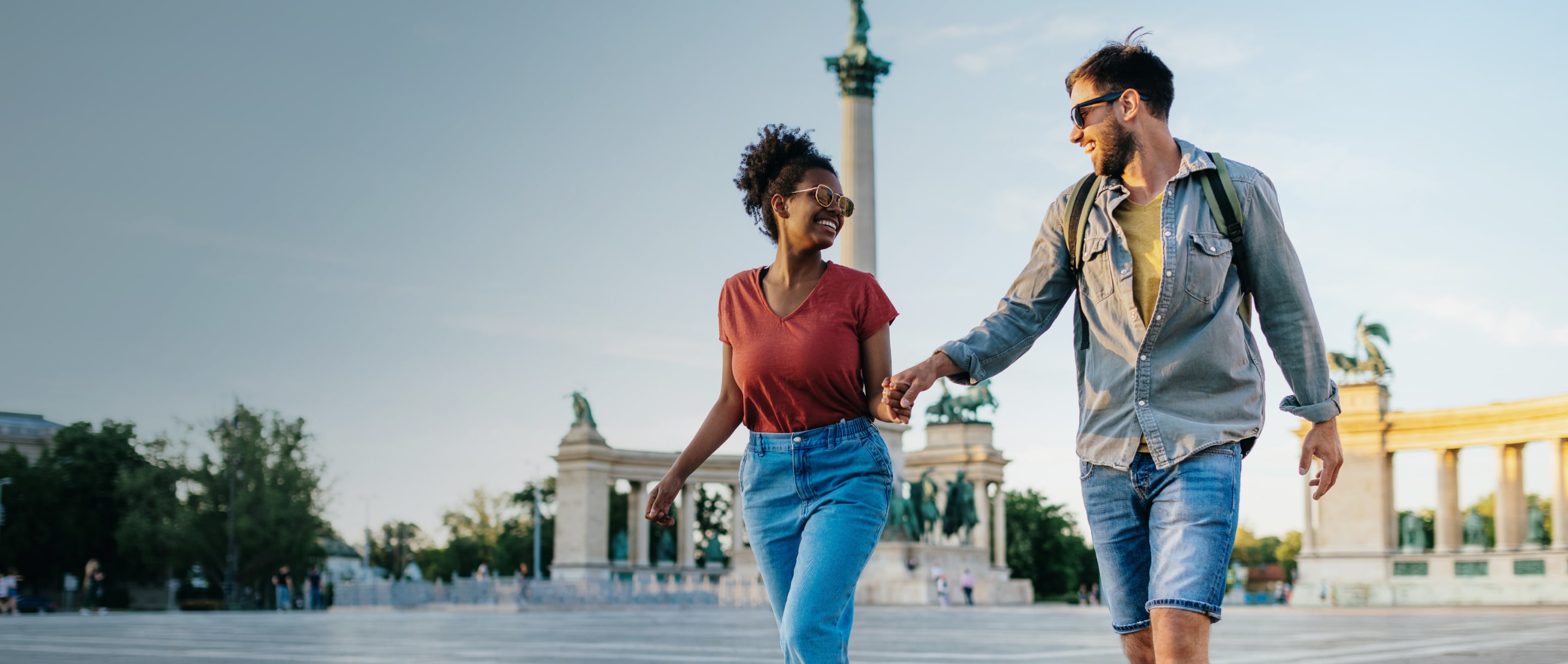
Tour Europe with 1 rail Pass
Follow your curiosity around up to 33 countries, traveling at your own pace by train
Tour Europe by train
with 1 Pass
Create the itinerary
for your perfect trip
Travel flexibly on trains
that don’t need reservations
Stay conscious
and travel sustainably
Build your Eurail adventure in 4 easy steps
1 plan your route.
Plan where you’re going and which trains will take you there.
2 Find your Pass
Travel with a Global Pass or a One Country Pass - It’s up to you.
3 Reserve your seats
Do your trains need seat reservations? Book them early!
4 Activate your Pass
Add your Pass to the app, activate it, and jump on a train!
Secure your plans by reserving seats
Most popular rail passes.
Global Pass
7 travel days
- Travel any 7 days within 1 month
- Perfect for visiting 6-8 destinations
- Change your mind? 85% refundable
10 travel days
- Travel any 10 days within 2 months
- Perfect for visiting 9–11 destinations
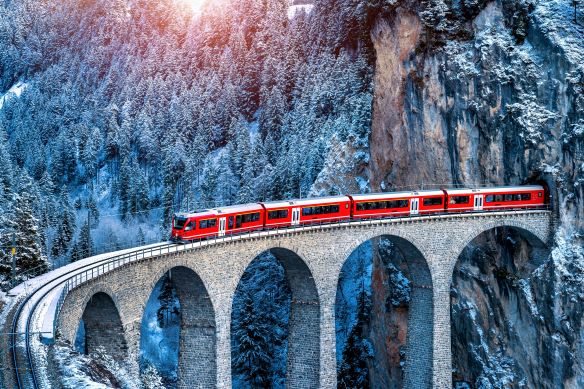
“We were on the road for two months and traveled to 16 cities and 10 countries. Through Eurail you get the chance to create your own individual route.” Tamara and Natalie

“I had the freedom to go at my own pace and find unexpected adventures, enjoying spectacular landscapes and discovering natural beauty. In short, a unique and unforgettable adventure." Lucas

“I loved Eurailing! It was cool to see how trains operate in different countries, and how the European network is interlinked. I can’t wait for more international trains and for international rail travel to become the new norm!” Floris
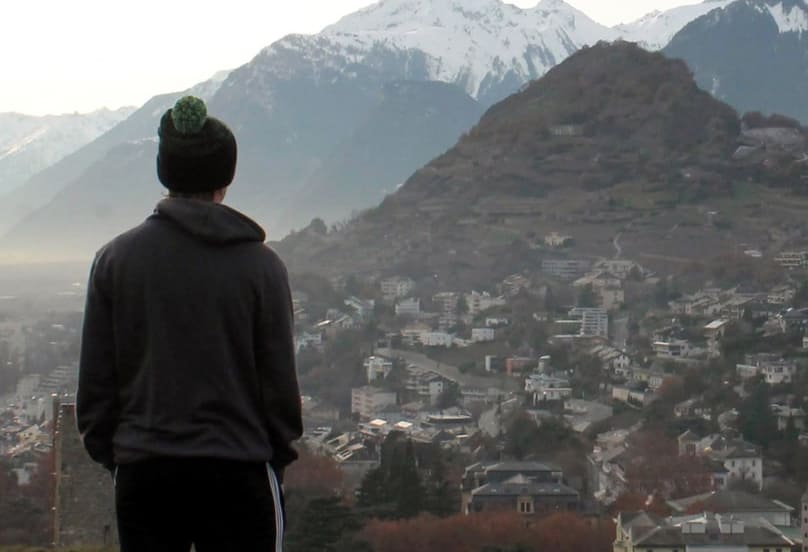
“I loved exploring Europe with my Eurail Pass! It was the perfect complement to my study abroad program and a valuable resource! I was able to visit so many places, and I can’t wait to come back to visit more!” Taylor
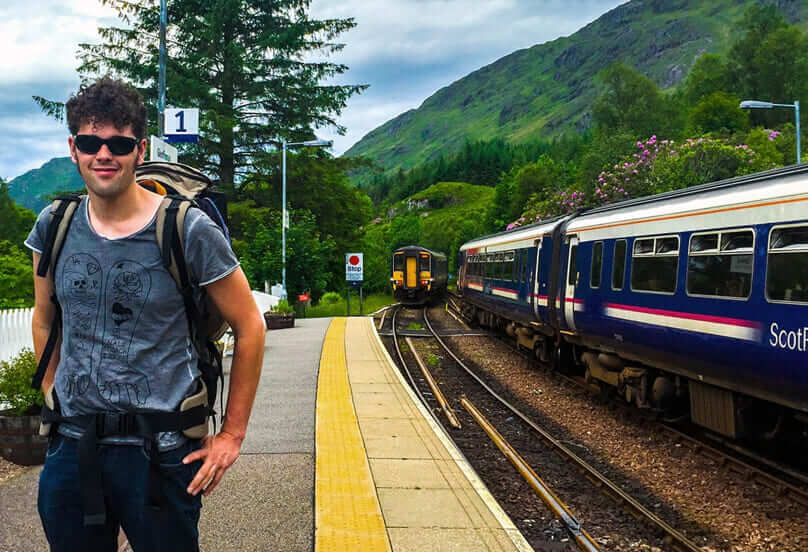
“Traveling by train is more than just going from A to B. Your trip already starts at the station, and the experiences and encounters are priceless.” Bram

Ready to travel?
Download our Rail Planner app
Plan your trip and show your Pass as you go.
Change of currency
You cannot change the currency once you have a Pass in your cart. Remove the Pass, and then change the currency on the website header.
National Geographic content straight to your inbox—sign up for our popular newsletters here
A guide to Tartu, a European Capital of Culture 2024
Estonia’s second city is coming into its own as more than 1,000 arts and culture projects take over as part of its European Capital of Culture 2024 programme — here’s how to plan a visit.

The Kissing Students statue in Tartu is many things — a symbol of the city, a gathering point and the inspiration of Kissing Tartu, a one-day festival comprising art, musical performances and a mass kissing event. And while it seems like it could be the highlight of the year in this small Baltic city, Tartu is worth a visit year-round as it takes up its mantle as a European Capital of Culture for 2024.
Standing in front of Tartu Town Hall, the Kissing Students statue is the main meeting point in Raekoja plats , the city’s central square. The cobblestoned plaza, encircled by cafes, cocktail bars, boutique shops and even a tattoo parlour, takes on various roles over the seasons — an ice rink in winter, an open-air cinema in summer and an ideal starting point to explore the city year-round. Here you’ll also find the Kunstimuuseum (Tartu Art Museum) , affectionately known as ‘the leaning house’; the 18 th -century mansion was built atop a previous medieval structure, on unstable soil. Expect local art exhibits, including the current exhibition on 1980s Estonian caricature, which promises some light-hearted laughs until late July.
Dive into one of the narrow lanes, the Rüütli Street , and you’ll find people coming to eat and drink al fresco when the weather is fine. Here, the underground Gambrinus beer shop provides a vast selection of craft beer from Estonia and beyond — perfect for stocking up for a picnic in the nearby Botanical Gardens . Wandering among the blooming flowers and relaxing in the pergola by the pond is an essential Tartu experience, giving visitors a taste of the calm and easygoing nature of the city.
Walk north from the main square and you’ll come across the 14 th -century St John’s Church, famous for its copper-coloured brick exterior and human figurines adorning its façades. Although the reasons for creating them remain unknown, the handmade terracotta busts are believed to represent past residents of Tartu, who were a part of the church’s congregation.
Five minutes north west of the Town Hall Square is the impressive main building of the University of Tartu . A shrine to education and architectural symmetry, the grey neoclassical building has six large Ionic columns carrying a triangular pediment, making the façade unique in the city in its grandeur. The university, founded in 1632 by King Gustav II Adolf of Sweden (then-ruler of Estonia), was the first step in shaping Tartu into an intellectual and cultural hub. To this day, the presence of the university is prominent in the city, as many residents are connected to the institution in some way and many migrate here for academic reasons.
Towards the other side of Tartu, behind the university’s library building, is a cultural centre that houses a special spot — a quirky record store called Psühhoteek , run by ‘vinyl whisperer’ Ahto Külvet. Here, you can flip through rare Soviet-era records and niche, once-contraband American albums with fake covers to allow them to be distributed in Soviet Russia, while listening to Ahto’s fascinating tales of musical treasure hunting.

One of Tartu’s most intriguing areas is the Karlova neighbourhood. Towards the south of the city, this area is famous for its historic wooden houses, often with art nouveau details, many dating back to the early 20 th century. Now inhabited by young creatives and an alternative crowd with a strong sense of community, Karlova has become the city’s bohemian quarter. Start your morning with a well-brewed coffee at Karlova Kohv and come back in the evening for a drink at Barlova, a locals’ favourite run by a hardcore Juventus fan. On weekend nights, expect a DJ set and Tartuvians gently reaching over each other to pick up their beers from the bar.
It’d be a shame to come to Tartu and omit the Estonian National Museum from your itinerary. Proof of the city’s artistic identity, the museum is housed in a repurposed Soviet aircraft hangar. The permanent exhibition on Estonia’s history, from medieval times to the modern day, is well-curated and exhilaratingly interactive. Visitors can digitally flip through books from the 16 th century, explore traditional storytelling with motion-sensing animations and save video components on the chip in their ticket and access them later via a QR code. Throughout the year, the museum will be hosting various events as part of the European Capital of Culture activities, such as the ongoing exhibition on the works of the lesser-known Prague school of surrealists and Estonia’s own surreal artists, running until September.
But perhaps Tartu’s most precious asset is its access to the wider southern region of Estonia. Only 25 miles away from the city, a constellation of villages along the shores of Lake Peipus make up the Onion Route cultural trail, named after the bulbous onions grown in the region’s rich soil. Here, local communities preserve traditions and share their culture by offering farm visits, and there are cultural museums, workshops and photo opportunities of countless onions at every corner.

An important spot on the trail is the Kolkja Museum of Old Believers , where you can learn about the Old Believers, a unique local community who escaped Russian religious persecution in the 17th century. On top of displaying historic artefacts from the community, the museum allows guests to observe a virtual reality simulation of an Old Believers’ Orthodox church service, a ritual outsiders are usually not allowed to attend.
For a wholesome family outing, visit the Peipsimaa Heritage Centre , an old farmhouse on the Onion Route now serving as a museum of textiles and chicory farming. Kids can enjoy treasure hunts or join print-making workshops to create their own textile prints, while adults get absorbed in designing indigo-coloured tote bags. Make sure to conclude the experience with homemade pastries and a warming cup of chicory coffee, a dark-brown brew rich in treacly flavours and with a smooth texture.
Throughout the year, visitors can benefit from the city’s vicinity to lakes and forests by kayaking, hiking and camping in the wilderness. For extreme adventure seekers, plan a trip around Kallaste Karakatitsa , a Mad Max-style car race held every year in February on the frozen Lake Peipus. For a more calming time, an alternative is to enjoy the great outdoors through a dip in a cold pond after a smoke sauna session. It’s just like a regular sauna, but the room is first filled with the smoke of burned leaves and then cleared, leaving behind soot and a smoky smell, supposedly amplifying the health benefits of the experience.
It’s easy to spot postcard-worthy panoramas in the region, as huge National Geographic-inspired yellow frames are sprinkled across scenic locations. One of 28 such frames is placed near Alatskivi Castle , a 19 th -century cream-white manor with pointy turrets, open to the public for visits and events. The manor gardens stretch wide, even including a disc golf course — this is a popular sport in Estonia, where players throw a frisbee disc to far-away baskets. Be sure to stop by Alatskivi Mõisamaitsed , a local shop on the grounds serving various homemade berry wines — you’ll want to try the rhubarb and strawberry.
Four events in Tartu not to miss during 2024:
1. Wild Bits Wild Bits is a series of technological art installations and projects spread across southern Estonia’s farms, forests and meadows. Visitors can interact with the ‘techno art’ in the fields, such as exploring lake biodiversity from a rowboat or listening to a radio that changes tunes based on the direction and strength of the wind. Until 15 September, tickets £8.50.
2. Peipsi Food Street 175km The Peipsi Toidu Tänav is a two-day pop-up event where restaurants, food producers and local chefs will dot a strip of 175km (109 miles) along Lake Peipus to serve hungry visitors. Traditional Estonian food will be the mainstay of the event alongside more innovative dishes, as well as workshops with local chefs. 17–18 August, free to attend.
3. Paganlik Pärimusöö, Pagan folklore night Old pagan traditions take the form of theatrical plays, dances and forest exhibitions in this summer folklore evening. Join hundreds of Estonian dancers later in the night as the show turns into a party. 24 August, tickets from £8.
4. Ryoji Ikeda Exhibition Famous scientist-cum-music artist Ryoji Ikeda, whose CERN-inspired art project won international awards in 2015, will be staging a solo exhibition at the Estonian National Museum. This will feature audiovisual installations made with scientific data, in collaboration with the Estonian Genomics Foundation and Estonian Philharmonic Chamber Choir. 2 November 2024–2 March 2025, tickets from £4.
Related Topics
- CULTURAL TOURISM
- PEOPLE AND CULTURE
- CULTURAL CONSERVATION
- CITY GUIDES
You May Also Like

The essential guide to visiting Estonia

A guide to Valletta, the Maltese capital with an eye for art and entertainment
Introducing nat geo kids book bundle.

A food guide to Prague

A guide to São Paulo, the Brazilian city defined by its creative subcultures

A guide to Bad Ischl, the Alps' first European Capital of Culture

A guide to Munich, Germany's boisterous beer capital, beyond the bars

A guide to Perth, Western Australia's revitalised coastal capital
- Environment
- Paid Content
History & Culture
- History & Culture
- History Magazine
- Mind, Body, Wonder
- Terms of Use
- Privacy Policy
- Your US State Privacy Rights
- Children's Online Privacy Policy
- Interest-Based Ads
- About Nielsen Measurement
- Do Not Sell or Share My Personal Information
- Nat Geo Home
- Attend a Live Event
- Book a Trip
- Inspire Your Kids
- Shop Nat Geo
- Visit the D.C. Museum
- Learn About Our Impact
- Support Our Mission
- Advertise With Us
- Customer Service
- Renew Subscription
- Manage Your Subscription
- Work at Nat Geo
- Sign Up for Our Newsletters
- Contribute to Protect the Planet
Copyright © 1996-2015 National Geographic Society Copyright © 2015-2024 National Geographic Partners, LLC. All rights reserved
Navigation menu

World Wild Schooling
12 Cool Destinations in Europe To Beat the Heat in June
Posted: June 9, 2024 | Last updated: June 9, 2024

In June, temperatures across Europe rise, with many destinations offering toasty temperatures above 77°F (25°C). For example, in June, temperatures in Sardinia, Italy, range between 77°F (25°C) and 84°F (29°C). While these temperatures are ideal for beachgoers seeking the best sun, they’re unsuitable for travelers who enjoy cooler climates.
Luckily, many places in Europe aren’t as hot in June, offering tourists who don’t enjoy the heat a cooler vacation. That being said, here are 12 cool destinations in Europe to beat the heat in June. We’ve selected these places based on temperatures below 70°F (21°C) and the absence of a rainy season.

London, United Kingdom
London, the capital of England, is a fantastic place to enjoy a city break in June. Temperatures average 64°F (18°C), with highs usually reaching approximately 70°F (21°C) on hot days. London is one of the most famous cities in the world , with many things to see and do. However, the city is best known for its iconic architecture, rich history, and lively street food markets.
When you’re not tucking into local treats at Camden Market or admiring the views of the city from the London Eye, get lost in the London Dungeons and visit the King at Buckingham Palace. Other notable attractions in the city include the Houses of Parliament, Borough Market, and the Tower of London.
Read also: Best Value European Beach Destinations

The Isle of Skye, United Kingdom
If you want to visit the United Kingdom but escape the city and explore the island nation’s picturesque landscapes , head to the Isle of Skye in Scotland. This breathtaking island is connected to mainland Scotland via a bridge. It’s famed for its stunning mountain landscapes, diverse flora and fauna, and beautiful beaches.
Better yet, June marks the start of summer in Scotland, so that you can expect milder temperatures and less rain. In June, in the Isle of Skye, you can expect daily lows of 46.4°F (8°C) and highs of 59°F (15°C). During your visit, you’ll spend most of your time outdoors hiking, boating, and wildlife watching. Popular places to visit on the island include Portree, the Old Man of Storr, and the Fairy Glen.
Read also: Top Europe City Breaks in Spring

Reykjavik, Iceland
June also marks the start of summer in Iceland, a volcanic Nordic island loved for its dramatic landscapes. In June, most of the snow has melted, the days are long and sunny, and the peak of rainy weather has passed. Meanwhile, you can expect daily highs of just 54°F (12°C).
The island capital, Reykjavik, is Iceland’s biggest city, so it’s likely where you’ll want to base yourself. The city is home to many attractions, such as the Hallgrimskirkja and the Sun Voyager, but its biggest draw is its access to the rest of the island. From the city, you can easily access the Iceland Ring Road, which connects iconic attractions like Geysir, Gullfoss, Jokulsarlon Glacier Lagoon, and Thingvellir National Park.
Read also: Natural Wonders in Europe

Oslo, Norway
Oslo, the Norwegian capital, is a beautiful Scandinavian city that offers tourists a fascinating blend of big city life and the great outdoors. You’ll discover the city’s most famous landmarks and attractions one day. Next, you’ll be on a boat traveling around the picturesque Oslo Fjord and its islands.
History buffs can learn more about the city in one of the many museums, including the Fram Museum. On the other hand, big foodies can try local delicacies at Oslo Street Food. Other significant points of interest in Oslo include the Oslo Opera House, Akershus Fortress, and the Royal Palace. In June, temperatures in Oslo range between 52°F (11°C) and 70°F (21°C).
Read also: Beautiful Places in Europe Where You Can Live for Less Than $2,500 a Month

Santander, Spain
If you want to find a European beach destination that offers cooler temperatures in June, look no further than Santander. In June, Santander regularly averages daily temperatures of 68°F (20°C), making it a mild place to enjoy some sunshine but not too much heat.
This gorgeous coastal city in Northern Spain has several golden sand beaches, a city center bursting with Spanish culture, and many places to tuck into authentic Spanish cuisine. So, what are you waiting for? Get your flights booked. In the city, spend your days exploring the local sights, walking around the coast, and eating paella. The best beaches in Santander include El Sardinero, Playa Mataleñas, and Playa de la Magdalena.
Read also: Budget-Friendly European Cities

Palanga, Lithuania
Palanga in Lithuania is another beautiful coastal destination that makes an excellent cool beach vacation . This charming beachfront destination is along Lithuania’s Baltic Coast.
Like Santander, this resort town is home to a gorgeous stretch of coastline, a wide range of things to do, and local culture.
You can expect average daily highs of 66°F (19°C) in June and clear skies. This mild temperature is enough to make the sea in Palanga warm enough to swim in. In Palanga, you’ll likely spend most of your time at Palangos Pliažas, a long sandy beach backed by dunes. When you’re not relaxing on the white sand beach or dipping your toes in the sea, walk along Palangos Tiltas Pier and explore the lively Basanavičiaus Street. Tiskevičiai Palace is also worth visiting.
Read also: Stunning European Towns

Madeira, Portugal
Despite its southerly latitude and proximity to Morocco in North Africa, Madeira doesn’t experience extreme temperatures in June. This is mainly because the island is exposed to cooling winds from the Atlantic Ocean. In June, temperatures on the Portuguese island sit around the 64°F (18°C) to 70°F (21°C) mark.
Madeira comprises four islands off the northwest coast of Africa. It’s best known for its rugged landscapes, namesake wine, and beautiful beaches. The most popular things to do on the island include wine tasting , hiking, and boat trips. Noteworthy places on the island include the capital, Funchal, the Fajã River, the cooling volcanic caves of São Vicente, and Cabo Girão, the second-highest sea cliff in the world.
Read also: Cities That Are Just as Beautiful as Paris but Way Cheaper

Saas-Fee, Switzerland
Saas-Fee is a beautiful resort village nestled in the Swiss Alps. While many outdoor enthusiasts save the Alps for winter, visiting in summer opens you up to a verdant landscape covered in lush meadows and forests. This car-free destination is the perfect place to base yourself for an alpine hiking adventure.
After hiking in the 13,100+ foot (4,000 meters) mountains surrounding the village, relax with a cold beer and enjoy the epic views. Aside from hiking, Saas-Fee is also a popular place to climb, mountain bike, and explore glaciers. Those wishing to take life slower can enjoy the scenic views from the cable car instead. In June, the temperature in the village rarely rises above 64°F (18°C).
Read also: Weekend Getaways in Europe

Annecy, France
Annecy, a picturesque town in the French Alps, is an excellent place to visit if you want to visit France and escape the hustle and bustle of Paris. Located in southeastern France, this vibrant town sits beautifully at the junction where the Thiou River feeds Lake Annecy. As such, the area is jam-packed with natural beauty.
In addition to the breathtaking surroundings, Annecy features a stunning Old Town, Vieille Ville. You’ll find winding cobblestone streets, pastel-colored houses, and beautiful canals here. Make sure you visit the medieval Château d’Annecy that overlooks the town, too. The average temperature throughout June in Annecy is a pleasant 68°F (20°C).
Read also: Most Beautiful Neighborhoods in the World

Brussels, Belgium
Belgium is a fascinating country known for its delicious chocolate, world-famous beers, waffles, and historic architecture. The capital, Brussels, offers all of those things and more. The administrative center of the European Union, this city has a vast variety of different things to see and do.
However, you’ll likely spend most of your time walking around Brussels , admiring the impressive architecture, trying local food, and getting lost in the historic Old Town. Places you don’t want to miss in Brussels include the Grand Palace, Atomium, St Michael and St Gudula Cathedral, and Parc du Cinquantenaire. As for temperatures, you can expect lows of 54°F (12°C) and highs of 70°F (21°C).
Read also: Iconic Places Around the World
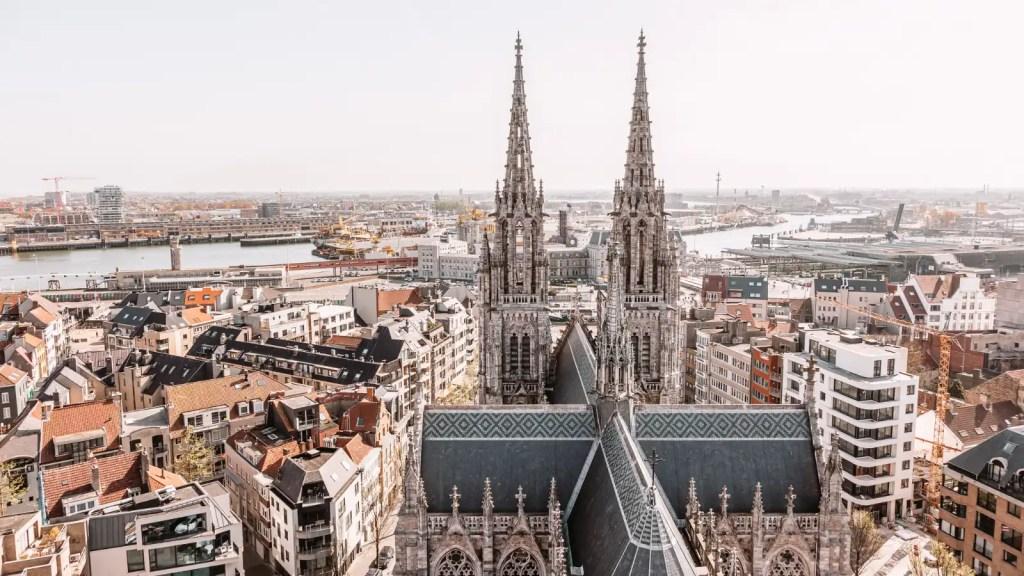
Ostend, Belgium
While Brussels is the most popular tourist destination in Belgium, it would be foolish to disregard some of its coastal cities, especially if you’re seeking a cooler beach vacation. Ostend is a fine example of what Belgium’s coastline has to offer. Located along the north coast, this vibrant coastal city has a lively city center and promenade and a gorgeous golden-sand beach.
In June, temperatures in Ostend range between 61°F (16°C) and 70°F (21°C), and you can expect plenty of sunshine. Therefore, you can explore the city comfortably and brave the sea without feeling too cold. Make sure you spend time at the endless beach Strand Oostende, the busy shopping district, and explore local landmarks, such as the Church of St. Peter and St. Paul.
Read also: Historic European Castles Straight Out of a Storybook

Salzburg, Austria
The final cool European destination on our list is Salzburg, Austria . This beautiful Austrian city sits on the border of Germany, offering spectacular views of the Eastern Alps and a charming city center filled with medieval architecture and baroque buildings. In June, daytime temperatures in the city hover around 70°F (21°C) before gently dropping to 52°F (11°C) in the evening.
The best thing to do in Salzburg, divided by the Salzach River, is to explore the main sights. On the left bank of the river, you’ll find the Old City, Alstadt, which houses impressive landmarks such as the 1600s Salzburg Cathedral, Salzburg Residenz, and the birthplace of Mozart. You’ll find the 19th-century Neustadt (New City) and attractions like Mirabell Palace and Volksgarten Salzburg on the right bank.
Read also: Most Charming Small Towns in Europe
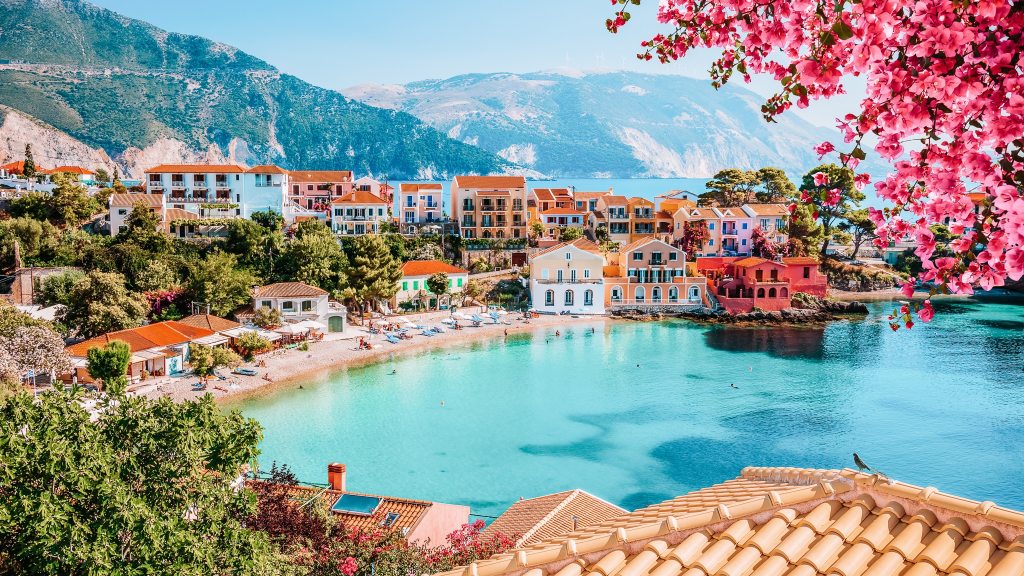
Stunning Small Towns in Europe To Visit in Your Lifetime
Add these charming European small towns to your bucket list.
- Read more: Small Towns in Europe
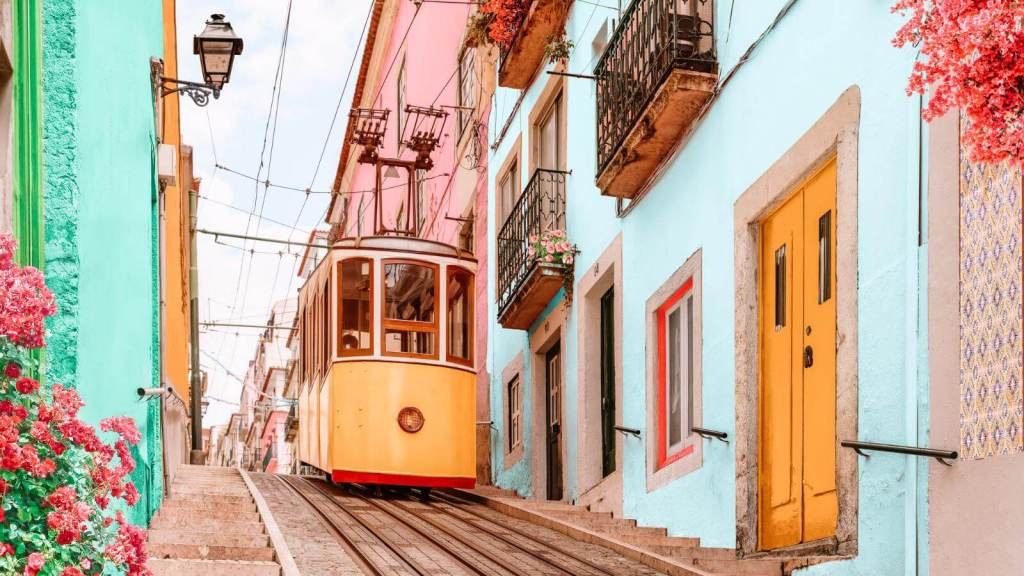
Must-Visit European Cities for Your Bucket List
Turn your wanderlust into reality with our list of must-visit European cities .
- Read more: Must-Visit Cities in Europe
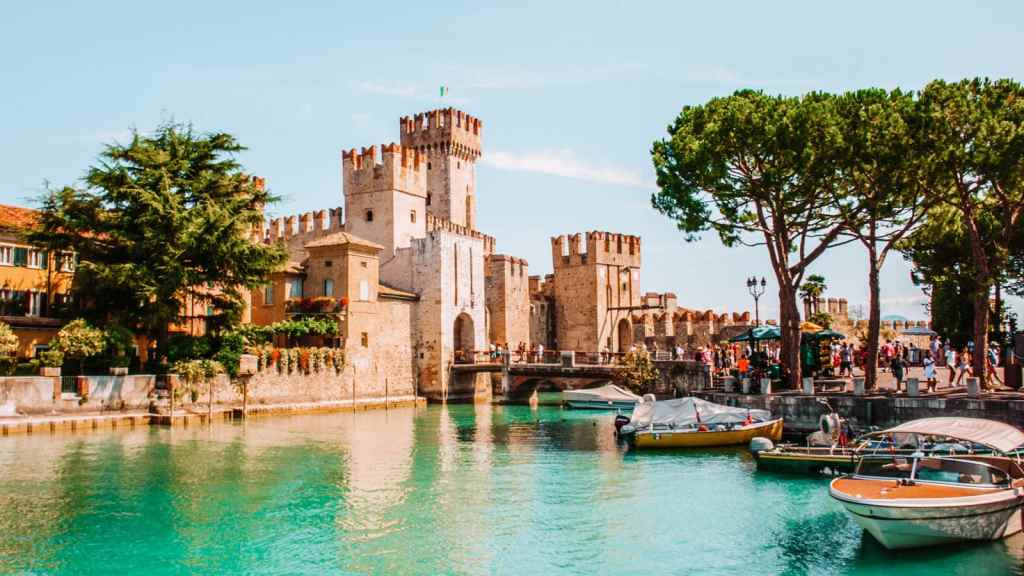
Hidden European Gems
Explore off-the-beaten-path gems in Europe for a truly authentic experience.
- Read more: Hidden Gems in Europe

Best Budget-Friendly European Cities
Stretch your travel budget in these cost-effective European cities .
- Read more: Budget-Friendly European Cities
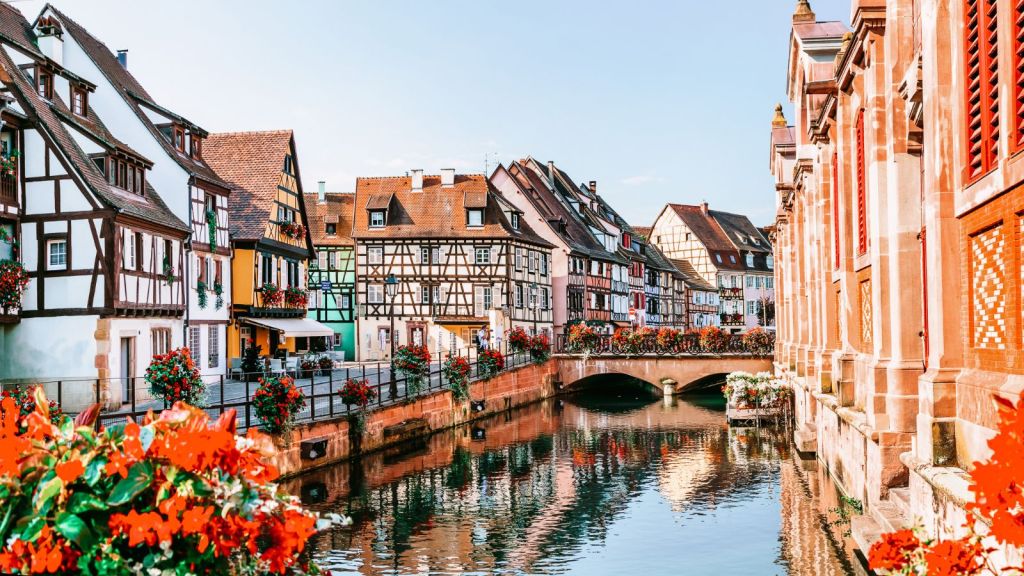
Small Towns Across the Globe That Are Straight Out of a Fairy Tale
Step into a world of beautiful small towns where cobblestone streets lead to timeless wonders.
- Read more: Small Towns Out of a Fairy Tale
More for You
CNN asks Tom Hanks if he is worried about another Trump presidency. Hear his response
Jensen Ackles to Star in New Thriller Series on Prime Video
Fashion Nova's 'body positive' campaign goes viral for all the wrong reasons
One Nigerian entrepreneur's solution for millions of old tires
Gavin Newsom's anti-gun constitutional amendment fails to gain support from a single state after 1 year
Taylor Swift Stops Show and Refuses to Perform Until Fan Gets Help
Celebrities Who Are Blind Or Struggle With Sight
Who Benefits From Your GoodWill? 10 Reasons Why You Should Stop Giving Your Used Items to Goodwill
BP managers given ultimatum: Disclose all office romances from the last 3 years or face the sack
Russian Su-25 Downed by Ukrainian Missile in Point-of-View Video
‘America’s Got Talent’ singing janitor thought Heidi Klum didn’t like him before she hit Golden Buzzer
Insurance companies are monitoring homes from the sky, causing headache for some homeowners
Second Amendment Shake Up After Unanimous Supreme Court Decision
Malawi's vice president killed in plane crash along with 9 others
I left Russia and moved to Florida. These were the 5 biggest culture shocks.
This Is What a TSA Agent First Notices About You
Scoop: Fox Nation inks new deal with Kevin Costner
The Only Way You Should Store Peanut Butter, According to SKIPPY
Federal court axes pivotal lawsuit with massive implications for the youth vote: 'It is not over'
Starbucks founder says Steve Jobs told him to fire executive team: 'He was right'
Ukraine-Russia war: Latest updates
All the developments and analysis on the war in Ukraine from our specialists and live team.
Tuesday 11 June 2024 15:38, UK
Please use Chrome browser for a more accessible video player
- Big picture: Everything you need to know about the war right now
- Your questions answered: Are there any signs of an underground resistance in Russia?
While we haven't been able to bring you rolling coverage today, we have been keeping an eye on the latest updates.
Russian forces have said they've taken control of two villages in Ukraine - one in southern's Kharkiv region and another in the eastern Luhansk region.
Ukraine has not yet commented on the claims.
Here are the other main developments so far today:
- A Russian SU-34 bomber crashed during a routine training flight likely due to a technical malfunction, killing the crew on board Russian news agencies reported;
- Russia and its ally Belarus launched a second stage of drills intended to train their troops in tactical nuclear weapons;
- The US removed restrictions on the transfer of American weapons and training to the Azov Brigade - a high-profile Ukrainian military unit;
- Volodymyr Zelenskyy appealed for short-term help in repairing his country's electricity network and long-term investment in its energy system;
- In a joint news conference with Olaf Scholz, the German chancellor, he also said Ukraine has done everything it needs to start accession negotiations with the European Union.
Welcome back to our live coverage of the war in Ukraine.
We're starting the week by taking a few steps back and giving an overview of where the conflict is at.
Putin warns Russia could provide long-range weapons to attack West
Last week started with the St Petersburg International Economic Forum, at which Vladimir Putin was joined by the leaders of Russia's closest allies.
During a session with international journalists, the Russian president warned he could provide long-range weapons to attack the West.
He said the recent actions by the West would further undermine international security and could lead to "very serious problems".
"That would mark their direct involvement in the war against the Russian Federation, and we reserve the right to act the same way," he added.
His warning came after Joe Biden partially lifted restrictions on how Ukraine can use military supplies provided by the US, meaning they could be used to strike inside Russia.
Mr Putin also reaffirmed Russia's position on nuclear weapons, saying the conditions for using them were clearly spelled out in Moscow's security doctrine.
"If somebody's actions threaten our sovereignty and territorial integrity, we consider it possible to use all means at our disposal," he said.
Ukraine has right to strike 'legitimate targets in Russia', NATO chief says
It also seems Ukraine might be given the go-ahead to strike Russia, with the NATO secretary general saying it has the right to attack legitimate military targets.
"Ukraine has the right to self defence," Jens Stoltenberg said during a news conference with Ulf Kristersson, the Swedish prime minister, at a military base near Stockholm.
"The right to self defence also includes the right to hit legitimate, military targets on the territory of the attacking party, the aggressor - in this case Russia."
His comments came after Maria Zakharova, a spokeswoman for the Russian foreign ministry, claimed that HIMARS rockets have been used since then on civilian targets.
Ukrainian warplane fires weapon at target inside Russia for first time
Following the NATO chief's comments, a military source told Sky News a Ukrainian warplane has for the first time fired a weapon that struck a target inside Russia.
The source said a "Russian command node" was hit on Sunday in the area of Belgorod, a western Russian region near the Ukraine border which has come under frequent attack.
It was not immediately clear what type of munition was used in the attack, including whether or not it had been a Western weapon.
The United States and France recently said the Ukrainian armed forces were permitted to use their arms to strike military targets inside Russia - from where Russian forces are launching attacks against Ukraine.
You can read that full story here ...
Latest 'battlefield situation'
A detailed map showing the latest situation on the ground in Ukraine has been published by the UK defence ministry.
The area in light pink is territory taken by Russia since it invaded in February 2022.
Those areas in a darker shade of pink show territory - including Crimea - seized by Russia since 2014.
White, blue and red circles represent the grouping of forces while the red arrows show likely Russian attacks.
Despite the recent heavy bombardment of Kharkiv, Ukraine's second city, it is not in the seized sections.
However, a couple of small areas north of Kharkiv, on the Russian border, are shaded light pink.
Zelenskyy attends talks in Qatar
In what could be seen as a step towards progress, Volodymyr Zelenskyy arrived in Qatar for talks with the state's emir, Sheikh Tamim bin Hamad Al Thani.
The Ukrainian president discussed Qatar's participation in a process of returning Ukrainian children abducted by Russia, as well as bilateral economic and security issues.
In March, Ukraine and Russia exchanged six children via Qatari mediation.
Mr Zelenskyy also made a surprise trip to the Philippines to thank the country for agreeing to participate in the upcoming peace summit being held in Switzerland.
Thank you for reading.
We will be back soon with more updates from the war in Ukraine.
Vladimir Putin has said he does not see the conditions for the use of nuclear weapons as set out in Russia's nuclear doctrine - but added he could not rule out a change to the doctrine.
"We have a nuclear doctrine which states that the use of nuclear arms is possible in an exceptional case, when the sovereignty and territorial integrity of our country is threatened," he told the St Petersburg International Economic Forum.
"But the doctrine can be changed.
"The same applies to nuclear tests. We will carry out tests if needed, but so far there is no such need."
Russia could send weapons to adversaries of the West, Vladimir Putin has warned for a second time.
The Russian president repeated the warning from earlier this week during the St Petersburg Economic Forum.
He did not say what countries or entities he was referring to, and he stressed that Moscow is not doing it currently.
"If they supply (weapons) to the combat zone and call for using these weapons against our territory, why don't we have the right to do the same?" he told the crowds.
"But I'm not ready to say that we will be doing it tomorrow, either."
On Wednesday, Putin told international journalists that Russia could provide long-range weapons to others to strike Western targets in response to NATO allies allowing Ukraine to use their arms to attack Russian territory.
He also reaffirmed Moscow's readiness to use nuclear weapons if it sees a threat to its sovereignty.
Joe Biden has apologised to Volodymyr Zelenskyy for the recent delay in approving new US aid for Ukraine.
Last month, following months of political disagreements, the Senate passed $95bn (£76.2bn) in war aid to Ukraine, Israel and Taiwan .
"I apologise for those weeks of not knowing," the US president said.
"Some of our very conservative members [of Congress] were holding it up.
"But we got it done, finally. We're still in - completely, totally."
The Ukrainian president thanked his counterpart for American assistance.
"It's very important that you stay with us," he said.
"It's very important that in this unity, the United States of America, all American people stay with Ukraine, like it was during World War Two - how the United States helped to save human lives, to save Europe."
The two men were speaking in Paris, the day after D-Day commemorations in Normandy.
Russia needs to boost its use of non-Western currencies, Vladimir Putin said as he addressed the St Petersburg International Economic Forum.
He also said his country needs to reduce imports while calling for a major expansion of its domestic financial markets.
Trade with Asia is soaring, he told delegates, adding that almost two fifths of Russian external trade is now in roubles.
The share conducted in US dollars, euros and other Western currencies has declined.
Russia will try to boost the share of settlements conducted in the currencies of BRICS countries - which include Brazil, Russia, India, China and South Africa, Mr Putin said.
"Last year, the share of payments for Russian exports in the so–called 'toxic' currencies of unfriendly states halved, while the share of the rouble in export and import transactions is growing - it is approaching 40% today," the president said.
Russia has referred to nations that imposed sanctions on it as "unfriendly".
The session begins with an address by the Russian president.
Vladimir Putin says there is a race among world powers to establish sovereignty.
He speaks of the need for countries to both establish partnerships and also to look internally to tackle challenges presented by the current global economic landscape.
Despite all the "obstacles and illegitimate sanctions", Russia remains one of the world's economic leaders, he says.
He adds that "friendly countries" - those that have not joined sanctions against Moscow - account for three quarters of Russia's mutual trade turnover, and praises them for that.
Countries including India and China have strengthened economic ties since Mr Putin launched his war in Ukraine.
Vladimir Putin has taken to the stage in St Petersburg to address the International Economic Forum there.
He's joined by Zimbabwean President Emmerson Mnangagwais and Bolivian President Luis Alberto Arce Catacora.
Chairing the session is Sergey Karaganov - a Russian political scientist.
We'll bring you any key lines here in this live blog.
A T-shirt is on sale at the St Petersburg International Economic Forum printed with a phrase attributed to Vladimir Putin, Sky News has discovered.
"If a fight is inevitable, throw the first punch," it says.
The Russian president reportedly said it in 2015.
He apparently explained that it was something he had learned while growing up on the streets of Leningrad - a former name of St Petersburg.
Be the first to get Breaking News
Install the Sky News app for free

We've detected unusual activity from your computer network
To continue, please click the box below to let us know you're not a robot.
Why did this happen?
Please make sure your browser supports JavaScript and cookies and that you are not blocking them from loading. For more information you can review our Terms of Service and Cookie Policy .
For inquiries related to this message please contact our support team and provide the reference ID below.

IMAGES
VIDEO
COMMENTS
Discover the "City of Waltzes," Austria's elegant capital and European center of classical music. In Bratislava, view grand palaces from the Hapsburg era and delve into Budapest's vibrant culture. Be captivated by lesser-known gems as you visit towns and cities across the Balkans. Explore Bucharest's old-world charm, tree-lined boulevards and witness its socialist architecture. With ...
Save 2,547. European Sojourn. 23 Days Bucharest Amsterdam. Operated By: Viking. From 11,479. Save 2,547. Book online and enjoy exclusive savings on Viking's 17 Day Capitals of Eastern Europe beginning your journey in Vienna and travelling through to Bucharest. 1000-26 season departures.
Dive into an unforgettable journey across leading capitals and hidden gems of Europe. Beginning from the historic streets of London, this 48-day adventure unfolds through the sun-kissed beaches of Hvar and Split, to the classical melodies of Vienna. The journey weaves through the architectural wonders of Budapest, Prague, and Berlin, before embracing the rich traditions of Munich. Explore the ...
Pour aller découvrir l'une des meilleures capitales européennes nordiques, je vous invite à renseigner le formulaire afin d'organiser ensemble votre voyage. 9 - Vienne, la merveilleuse. Pour beaucoup, Vienne est LA plus belle ville d'Europe. Avec ses nombreux châteaux et palais, on en tombe si vite amoureux…
The singers were truly second-rate, and the instruments seemed out of tune. For this, we paid $109 each. On our own, we found first rate restaurants in Prague that served fantastic food for under $100 for two. Overall, Viking's excursions that include food are definitely questionable.
BERLIN 15ºC - 20ºC. Ease your way into the local culture with a guided visit of Germany's incredible capital, Berlin. We shall visit the historic center, Museum Island, the Reichstag, the Brandenburg Gates and the city's magnificent parks. We continue our visit by stopping at the Holocaust Memorial and the Berlin Wall Museum.
Discover the heart and soul of Europe on this unforgettable journey through some of its most iconic capitals. Begin in London, where history meets modernity, then ease into the relaxed ambiance of Amsterdam. Venice awaits next with its romantic waterways, followed by the ancient splendors of Rome. Athens, the cradle of civilization, offers a glimpse into the past. The trip concludes in the ...
Among them: a whopping six European capitals. These include well-known hot spots such as Vienna, Austria, and Budapest, Hungary, as well as sleeper cities such as Belgrade (the capital of Serbia), Bratislava (the capital of Slovakia), and Bucharest (the capital of Romania). You can visit some or all of them — as well as Prague (the capital of ...
Explore the vibrant capitals of Europe and the enchanting islands of Greece in this unforgettable journey. Start your adventure in the historical city of London, where you can witness the majestic Buckingham Palace and the iconic Tower Bridge. Continue to Amsterdam to stroll along its picturesque canals. The journey takes you next to Berlin, a city brimming with history and culture.
Today, Moscow is a thriving, exuberant capital city that overflows with life, culture and sometimes traffic. A sprawling metropolis, and one of the largest cities in Europe, Moscow is home to numerous museums, Soviet-era monoliths and post-Soviet kitsch, but continues to pave the way forward as Muscovites move into the 21st century.
A list of Russia's most notable cities: St. Basil's Cathedral and the Kremlin on the Red Square in Moscow. 1 Moscow (Москва) — Russia's capital is one of the world's greatest cities and has endless attractions to offer an adventurous visitor; 2 Saint Petersburg (Санкт-Петербург) — formerly called Leningrad, Russia's cultural and former imperial capital is home to The ...
List of European capitals. The countries' principal cities have always been among the best places to live. The top-rated capitals by the life quality in Europe are Vienna, Copenhagen, Stockholm, and Berlin. As for travel, the most visited in this region are the British London and the French Paris, followed by Amsterdam and Rome.
We would like to show you a description here but the site won't allow us.
Welcome to Europe! Join us on our journey through every country in Europe and learn the names of the most renowned capital cities and places. Whether you are practicing for a geography test, looking for a free interactive whiteboard resource, checking holiday destinations for your cross-Europe rail trip, or just want to be able to point out Croatia on the map because it is on your bucketlist ...
4. Bratislava, Slovakia. The right half of the former Czechoslovakia, the young nation of Slovakia is often overlooked in favor of its glitzier neighbors, Austria and the Czech Republic. But the beautiful capital city of Bratislava offers an affordable European getaway without all the usual tourist mobs.
Follow your curiosity around up to 33 countries, traveling at your own pace by train. Find your pass. Tour Europe by train. with 1 Pass. Create the itinerary. for your perfect trip. Travel flexibly on trains. that don't need reservations. Stay conscious.
Bill McAleer, GeekWire, Voyager Capital. Despite venture capital slowdown, these investors remain bullish on Seattle. JAN 3, 2023. James Newell. How 6 venture capitalists are thinking about 2023 — and their advice to startups. JUL 14, 2022. Diane Fraiman. Despite a bleaker Portland venture picture, investors not panicking.
A guide to Tartu, a European Capital of Culture 2024. Estonia's second city is coming into its own as more than 1,000 arts and culture projects take over as part of its European Capital of ...
Moscow Oblast is the region surrounding the city of Moscow in the heart of Central Russia.For this proximity to the capital of Russia Moscow Oblast is often called Podmoskovie (Russian: Подмосковье, Pohd-mohs-KOH-vie).. The region borders Kaluga Oblast to the southwest, Smolensk Oblast to the west,Tver Oblast to the north, Yaroslavl Oblast to the northeast, Vladimir Oblast to the ...
Choisissez votre destination en Europe : top destinations et idées de voyages, forums et photos pour partager vos expériences.
Receive a $300 annual credit for bookings through Capital One Travel, where you'll get Capital One's best prices on thousands of trip options; Get 10,000 bonus miles (equal to $100 towards ...
Early history (1147-1283) The first reference to Moscow dates from 1147 as a meeting place of Sviatoslav Olgovich and Yuri Dolgorukiy. At the time it was a minor town on the western border of Vladimir-Suzdal Principality. In 1156, Kniaz Yury Dolgoruky fortified the town with a timber fence and a moat.
Bitcoin (BTC) Resilience Driven by Whale Accumulation and Key Support. 2 mins 17 hours ago Jun 10, 2024. 1 2 3 ... 1760. next. Check out all latest trends and developments in crypto industry in one place with BeinCrypto All Crypto News Section.
London, the capital of England, is a fantastic place to enjoy a city break in June. Temperatures average 64°F (18°C), with highs usually reaching approximately 70°F (21°C) on hot days.
CNN —. Danish Prime Minister Mette Frederiksen was attacked by a man in the capital city of Copenhagen on Friday, her office said in a brief statement to CNN. "Prime Minister Mette Frederiksen ...
"It's very important that in this unity, the United States of America, all American people stay with Ukraine, like it was during World War Two - how the United States helped to save human lives ...
By Catherine Bosley. June 9, 2024 at 3:27 PM PDT. Updated on. June 9, 2024 at 10:58 PM PDT. Listen. 5:31. The euro fell to its lowest in a month after French President Emmanuel Macron called a ...
Règles applicables aux voyages au sein de l'UE avec de l'argent liquide . Étant donné qu'il n'existe aucune règle à l'échelle européenne concernant les voyages dans l'UE avec de l'argent liquide, vous devez toujours vous renseigner, avant votre départ, auprès des autorités douanières en du pays de départ et de destination, ainsi que des pays de transit.